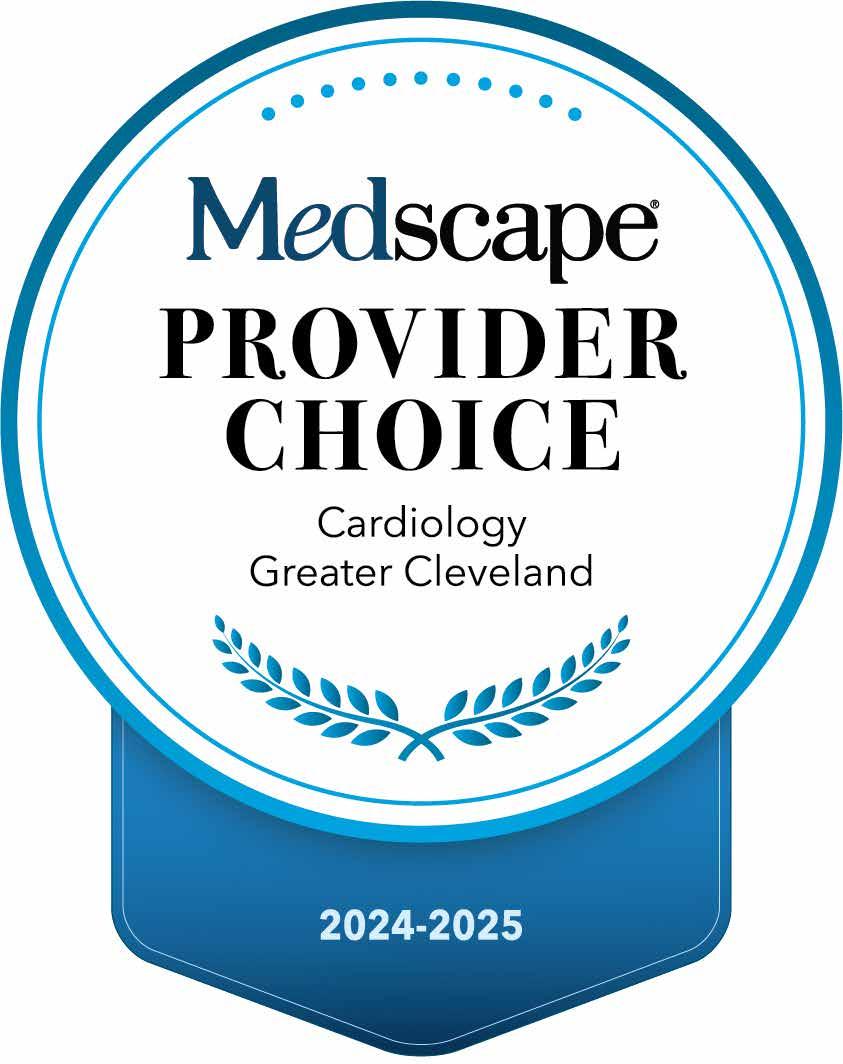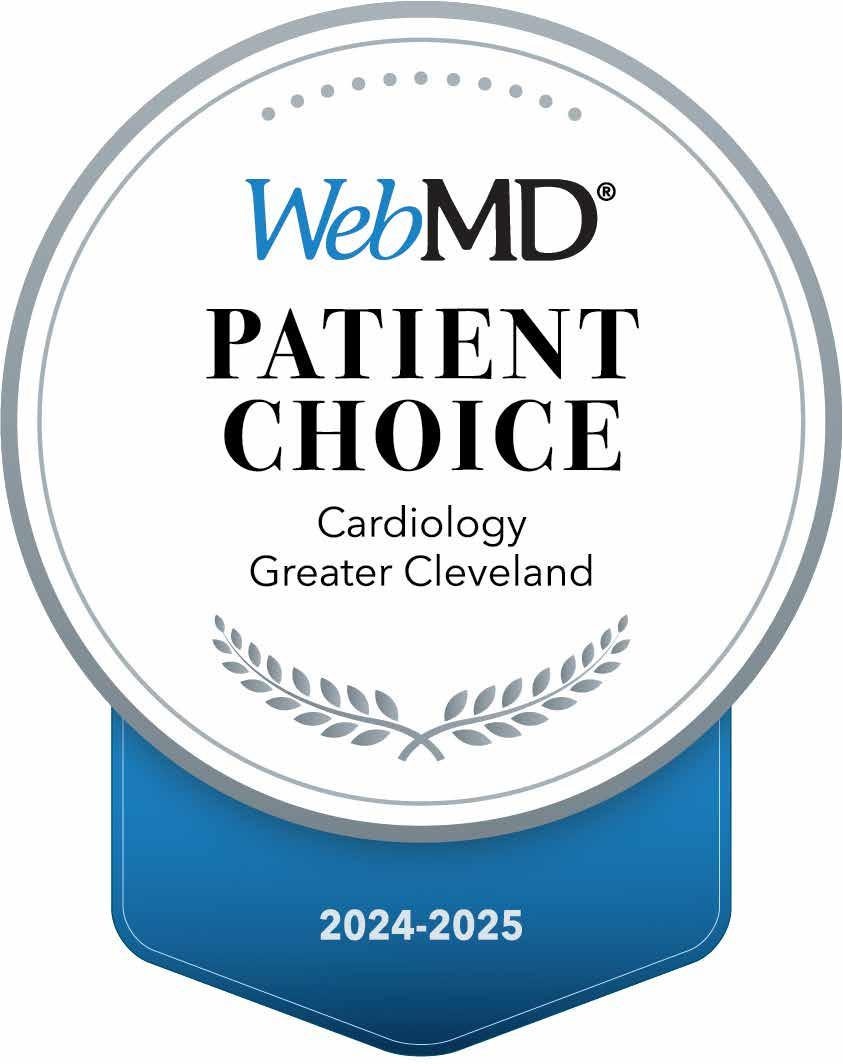




Cleveland is home to top-performing programs for heart and vascular care.
Our team at University Hospitals Harrington Heart & Vascular Institute maintains a strong presence at the forefront of cardiovascular medicine and surgery. We have made significant strides in physician recruitment, program expansion, research innovation and market growth.
A few of our team’s contributions to the field in 2024 included:
• Chairing the American Heart Association/American College of Cardiology committee on new peripheral artery disease guidelines
• Leading new guidelines on implementation of GLP-1s
• Leading a new Heart Failure Society of America scientific statement on co-morbid cognitive impairment
• Co-authoring major publications on environmental impacts in cardiovascular health
• Being first in the world to implant the PenditureTM clip using a minimally invasive approach
• Being named national principal investigator for the RESTORE study of repeat transcatheter aortic valve replacement
• Co-authoring an international statement on multimodality cardiac imaging for pericardial diseases
• Leading the successful growth of Ohio’s first robotic minimally invasive cardiac surgery program
Our progress is only possible because of the unwavering dedication of our 2,000 heart and vascular professionals, spanning 18 hospitals and 47 ambulatory sites across the region.
We are grateful to serve our communities and remain steadfast in our mission: To Heal. To Teach. To Discover.
Mehdi Shishehbor, DO, MPH, PhD
President | Angela and James Hambrick Chair in Innovation University Hospitals Harrington Heart & Vascular Institute
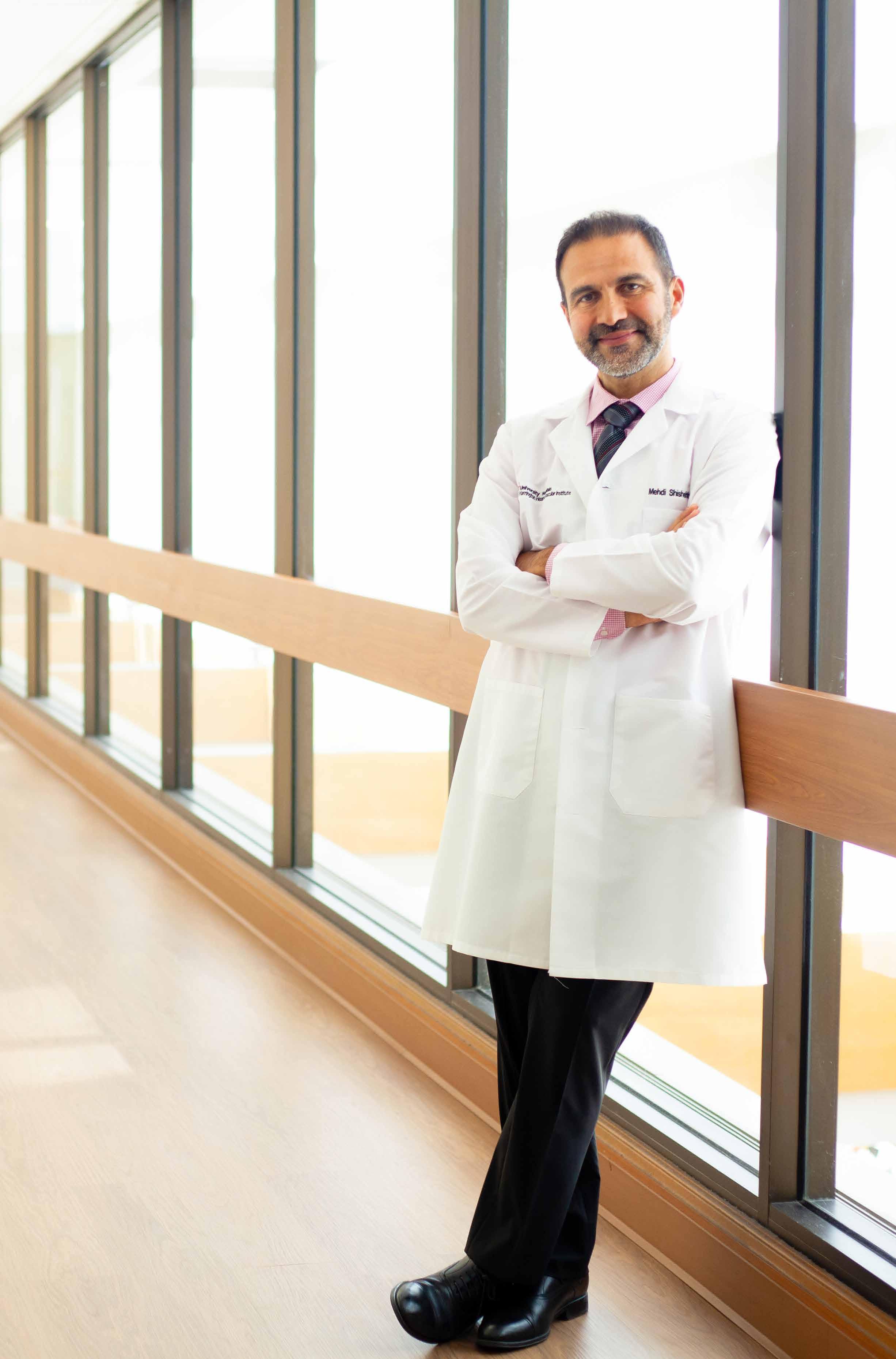


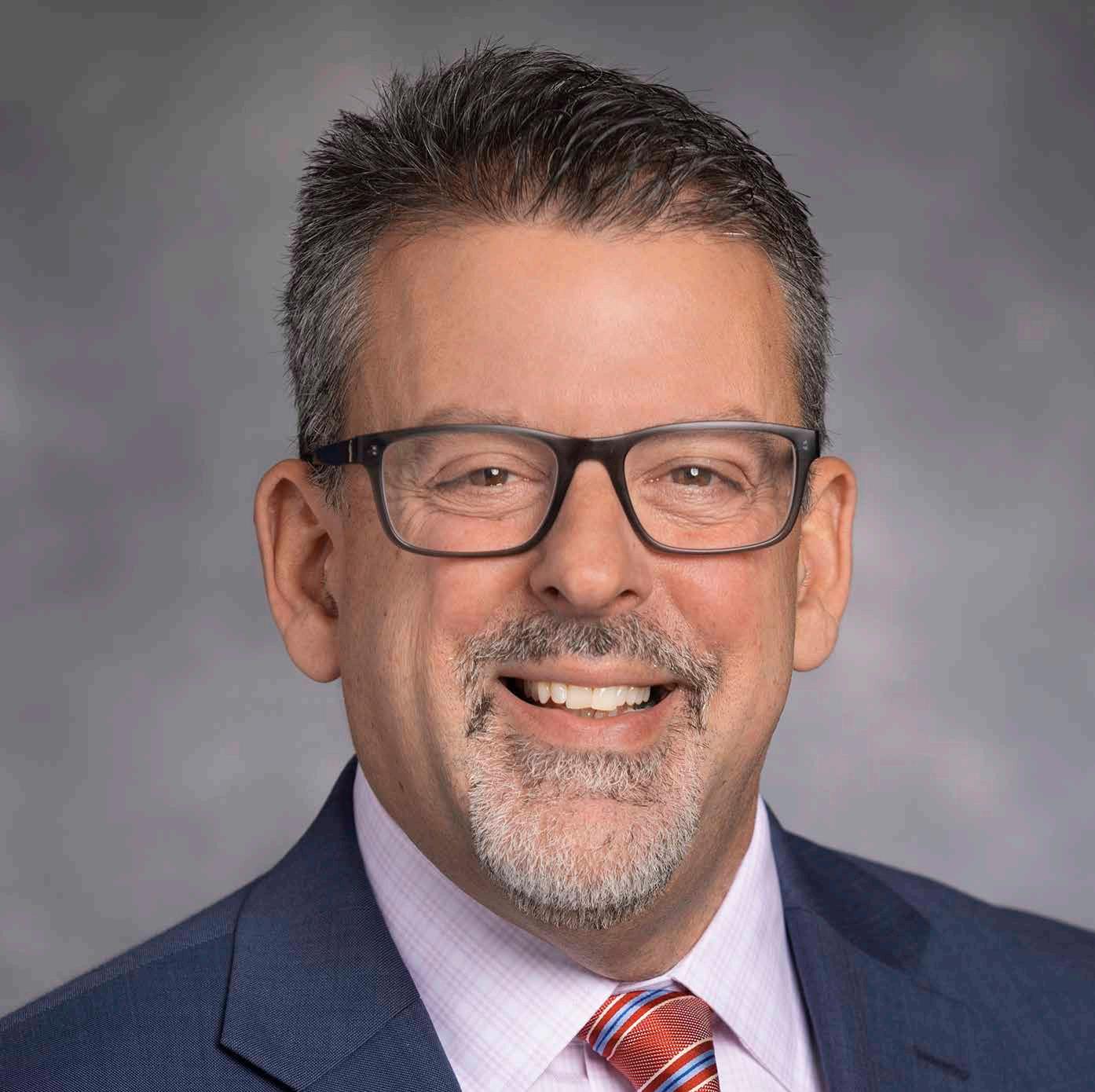

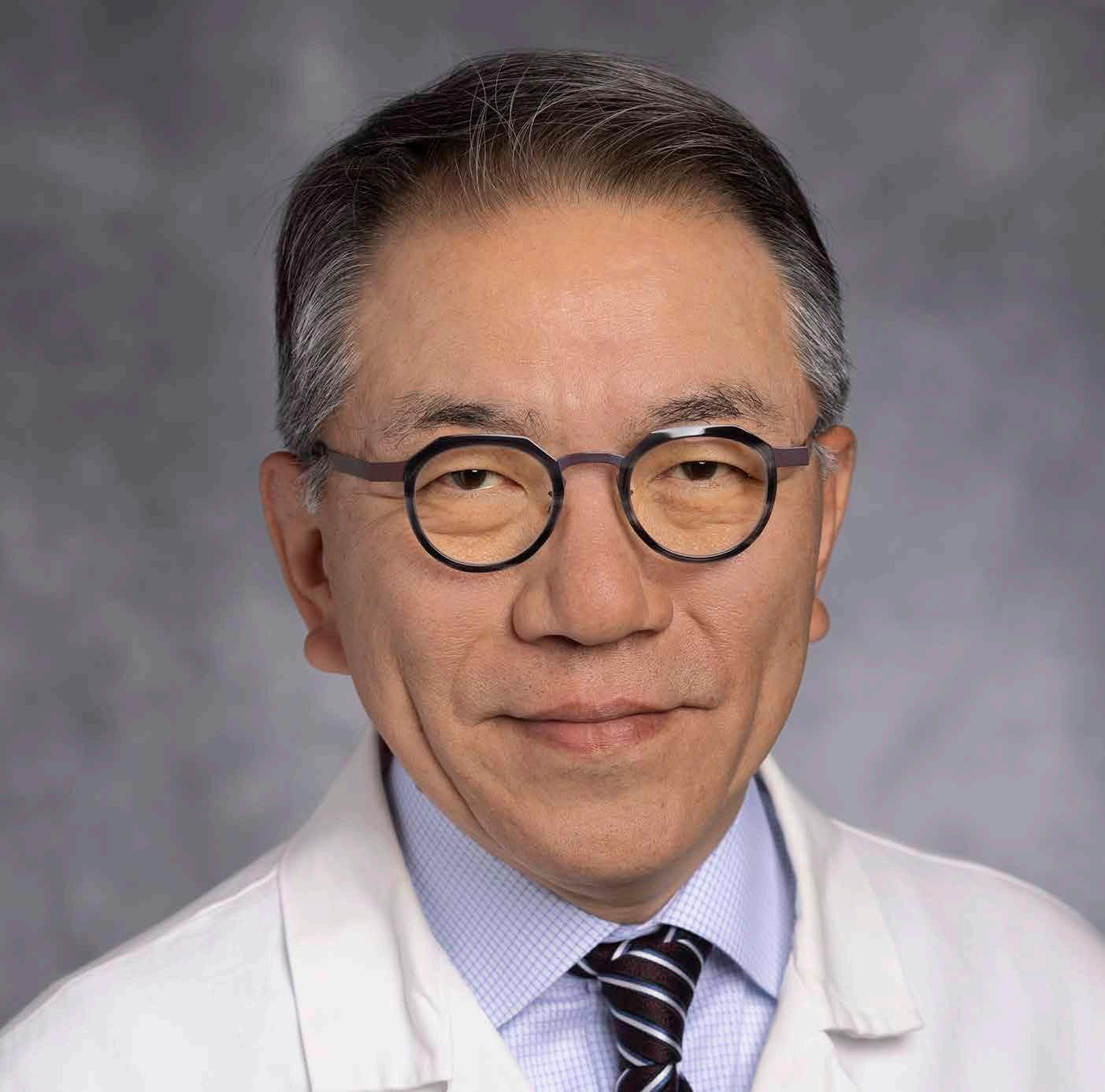
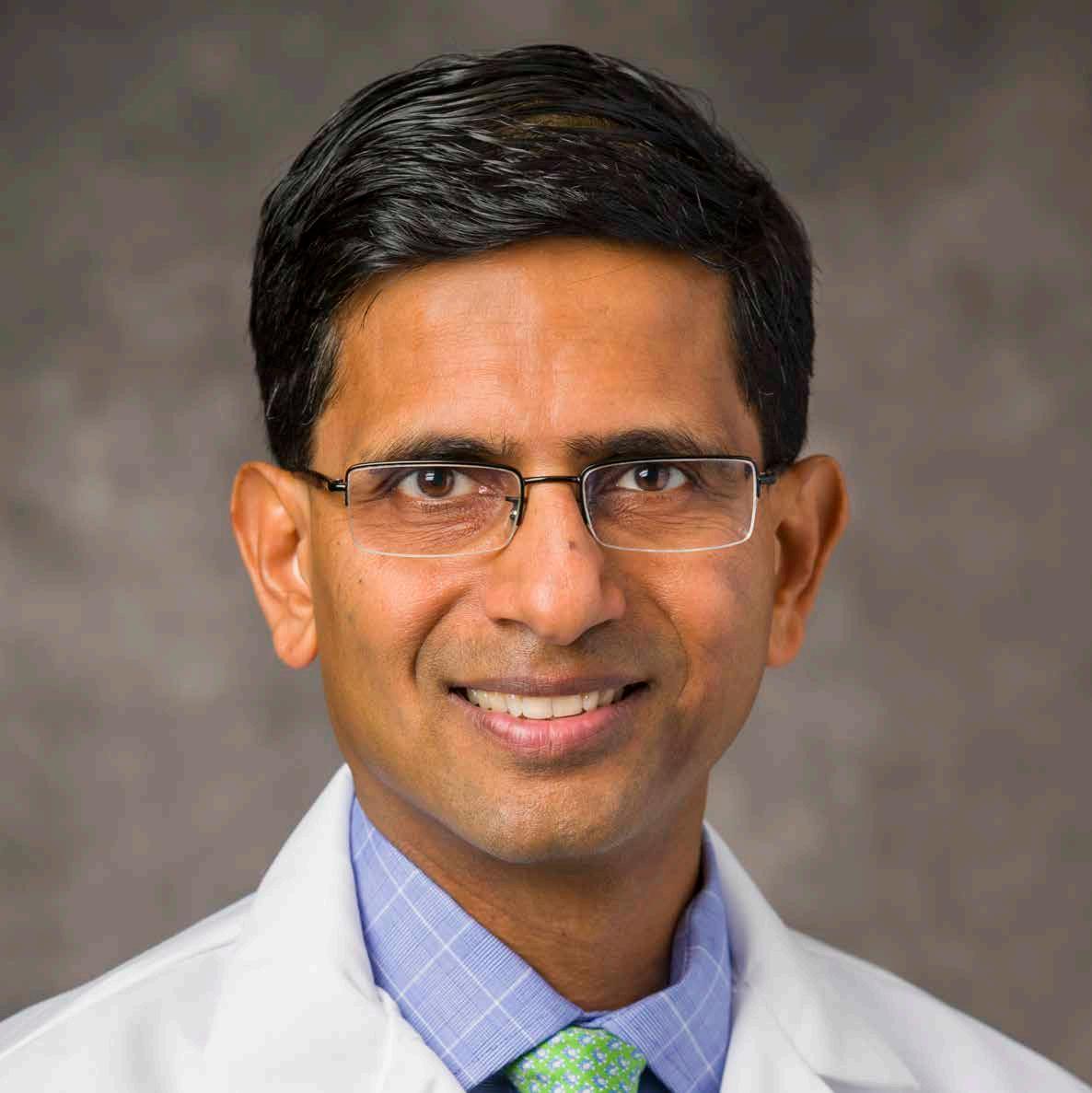
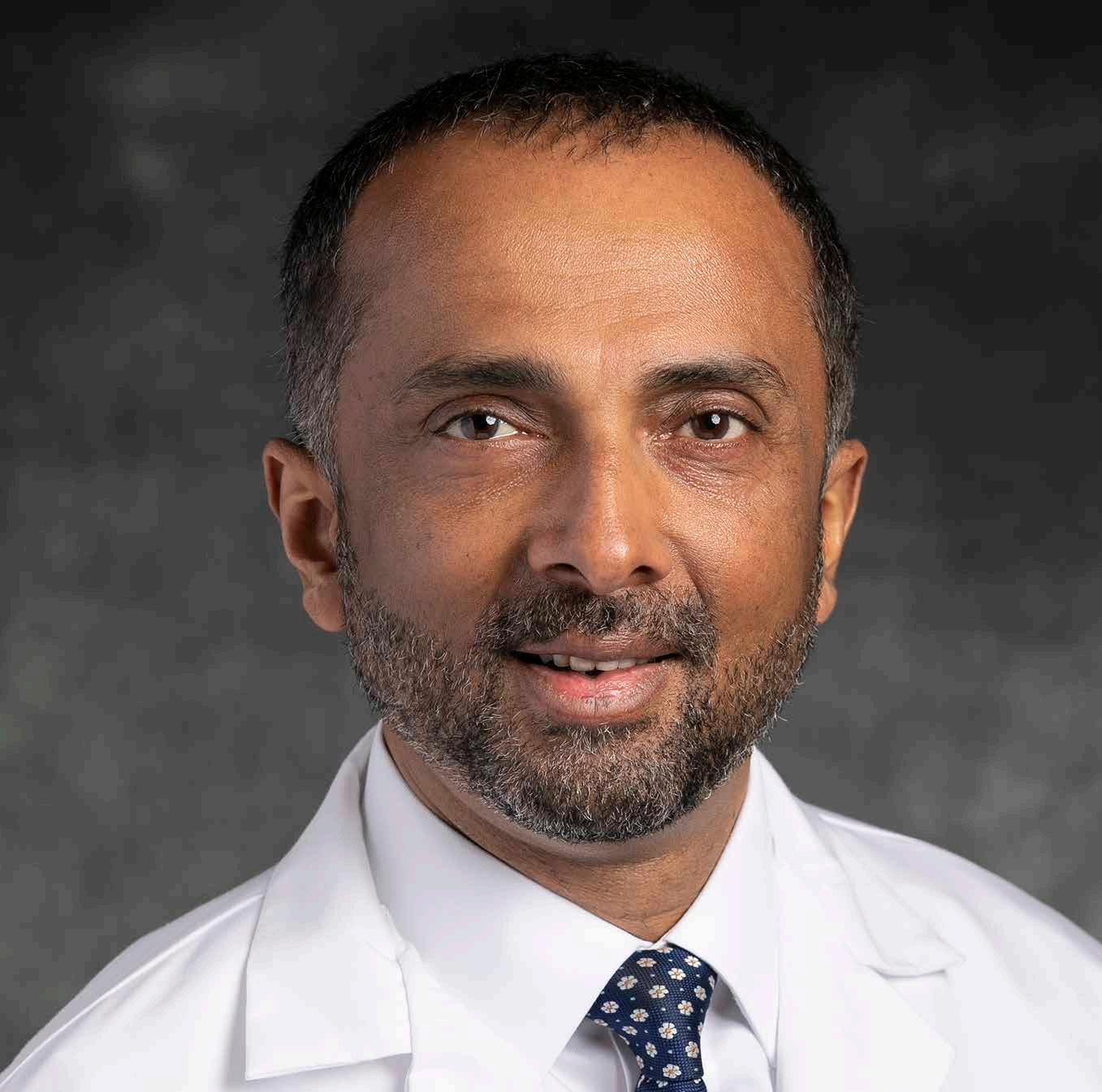
Mehdi Shishehbor, DO, MPH, PhD President

Eric Hess, MBA, CPA
Chief Operating Officer
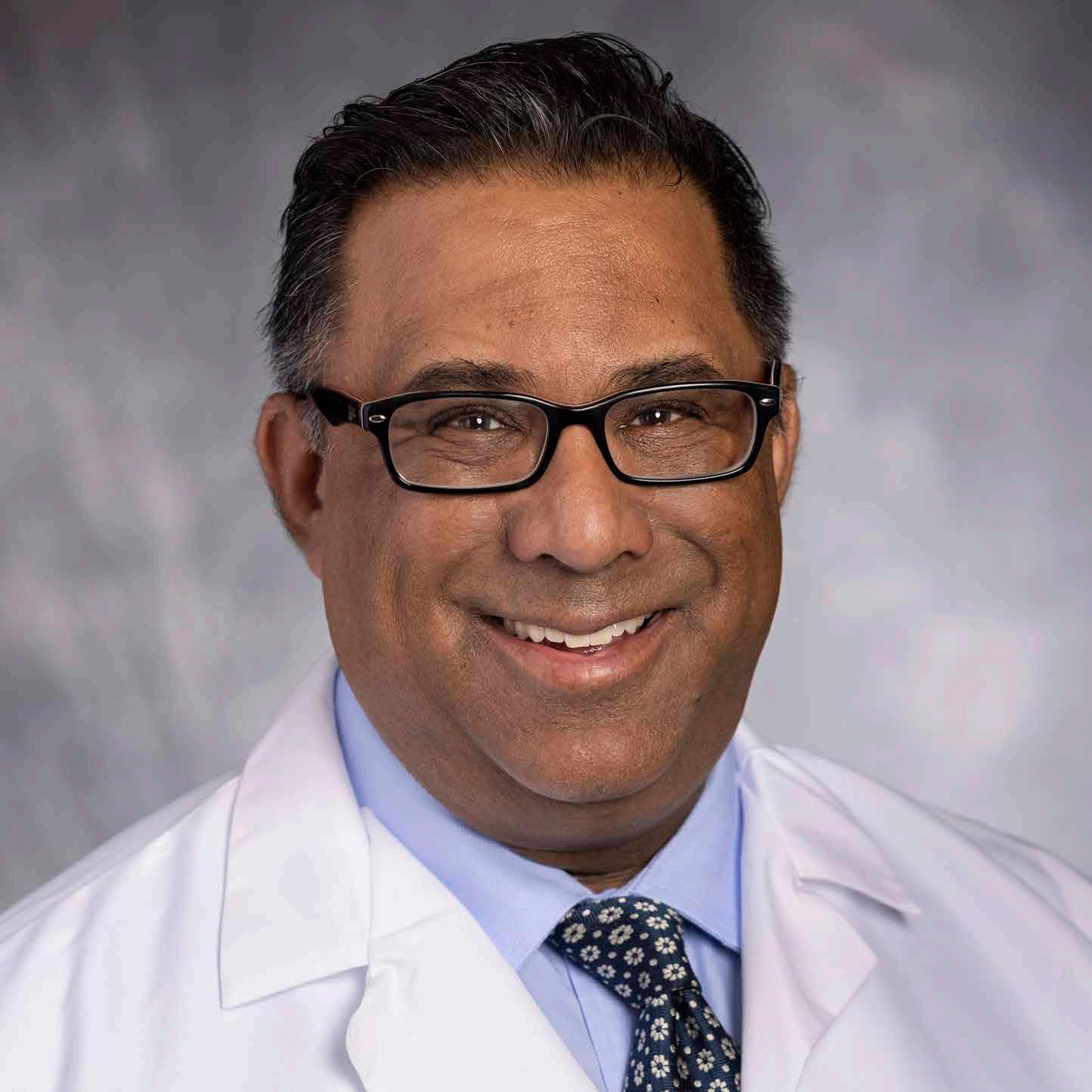
Yasir Abu-Omar, MD, PhD
Chief, Division of Cardiac Surgery
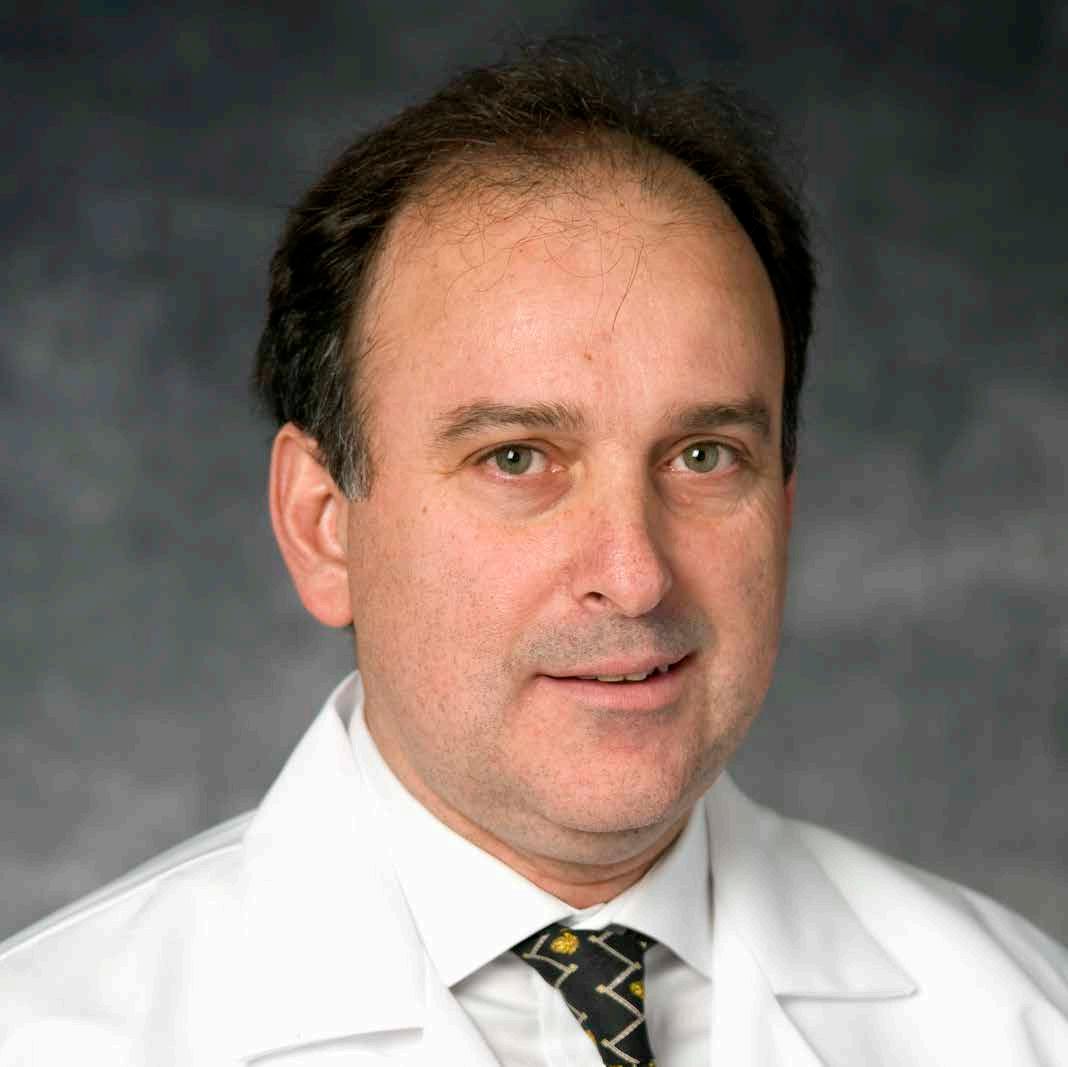
Jae Cho, MD
Chief, Division of Vascular Surgery and Endovascular Therapies
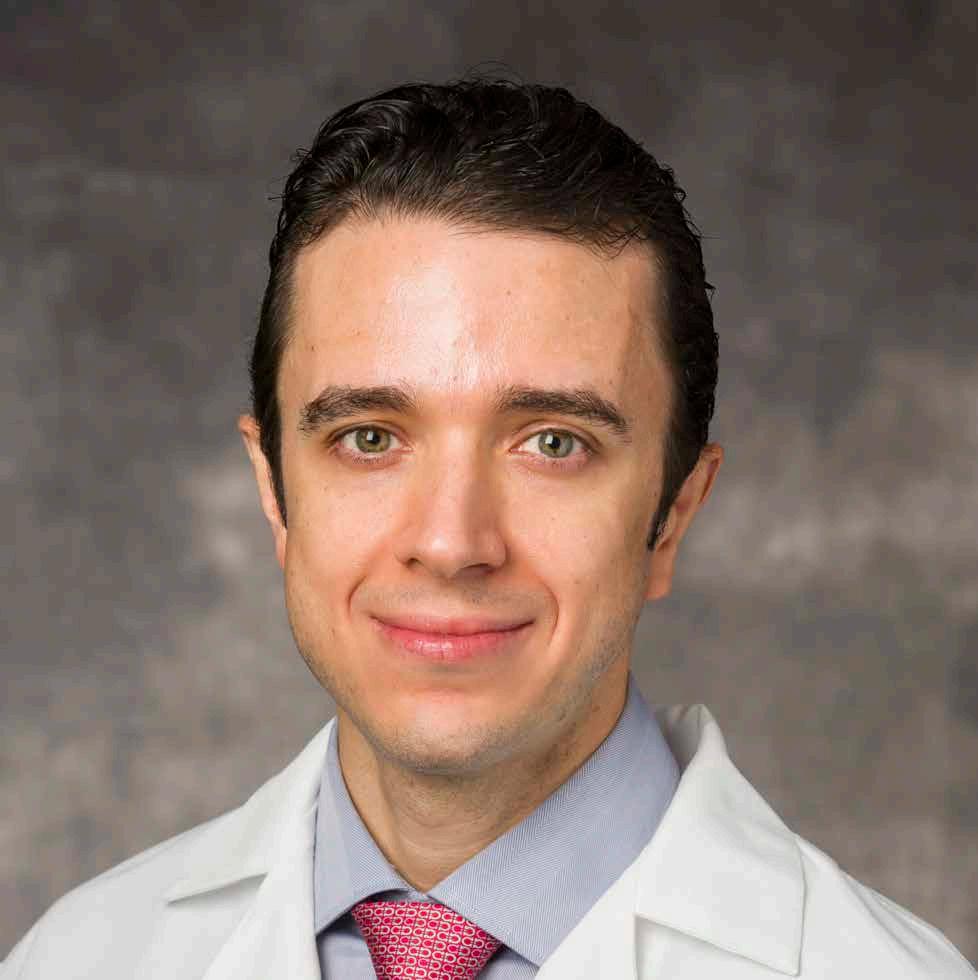
Sanjay Rajagopalan, MD, MBA
Chief Academic & Scientific Officer
Chief, Division of Cardiovascular Medicine
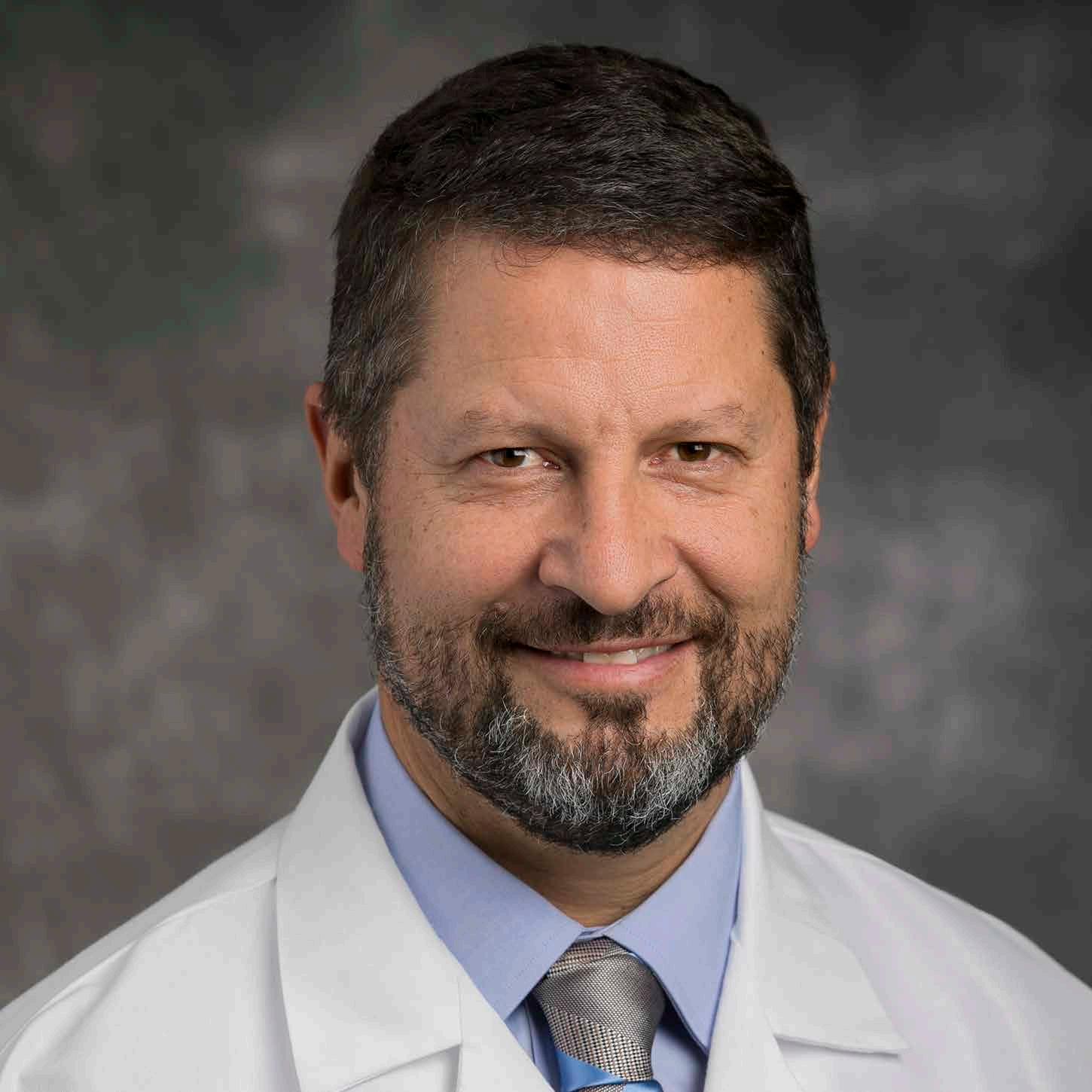
Ravi Ramani, MD
Chief Quality Officer
Clinical Chief, Division of Cardiovascular Medicine

Yasir Abu-Omar, MD, PhD
Director, Cardiothoracic Transplantation
Co-Director, Hambrick Center for Cardiac Recovery
Surgical Director, Mechanical Circulatory Support
Rakesh Arora, MD, PhD
Director, Perioperative and Cardiac Critical Care
Director, Cardiac Surgery Research
Mauricio Arruda, MD
Director, Electrophysiology Center
Director, Atrial Fibrillation Center
Guilherme Attizzani, MD
Co-Director, Valve & Structural Heart Disease Center
Cristian Baeza, MD
Co-Director, Aortic Disease Center
Teresa Carman, MD
Director, Vascular Medicine
Director, Anticoagulation Monitoring Service
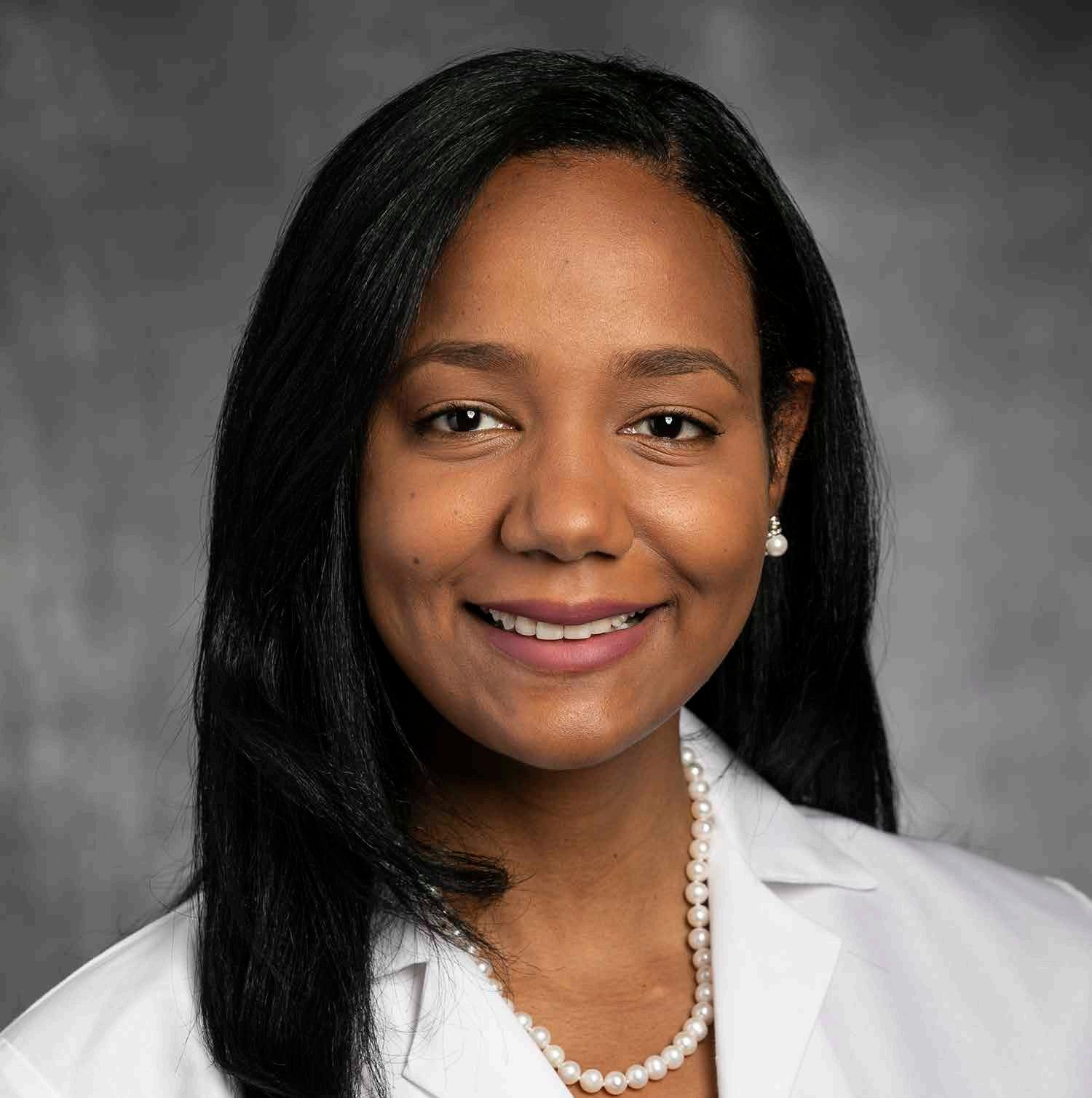


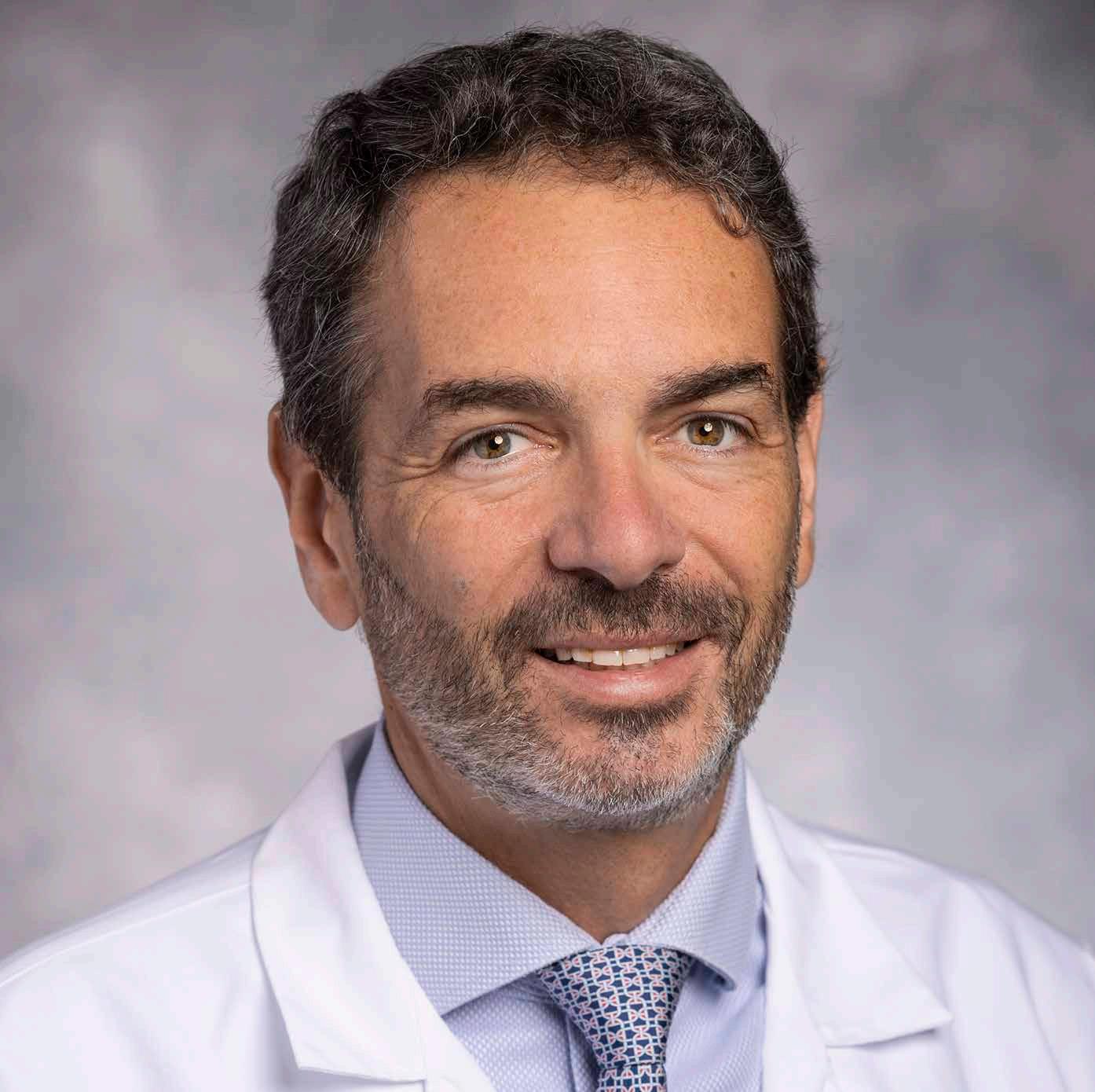
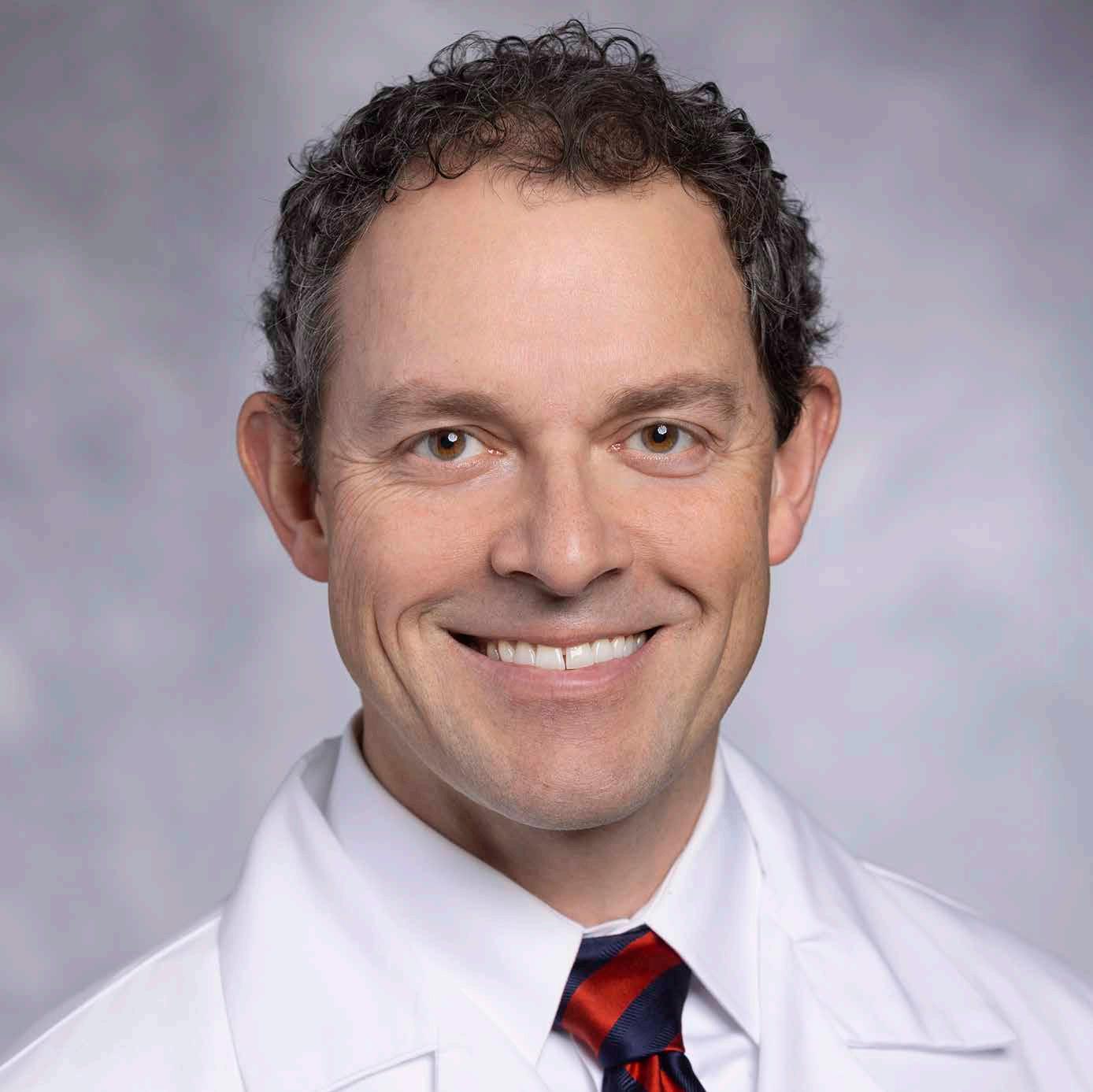
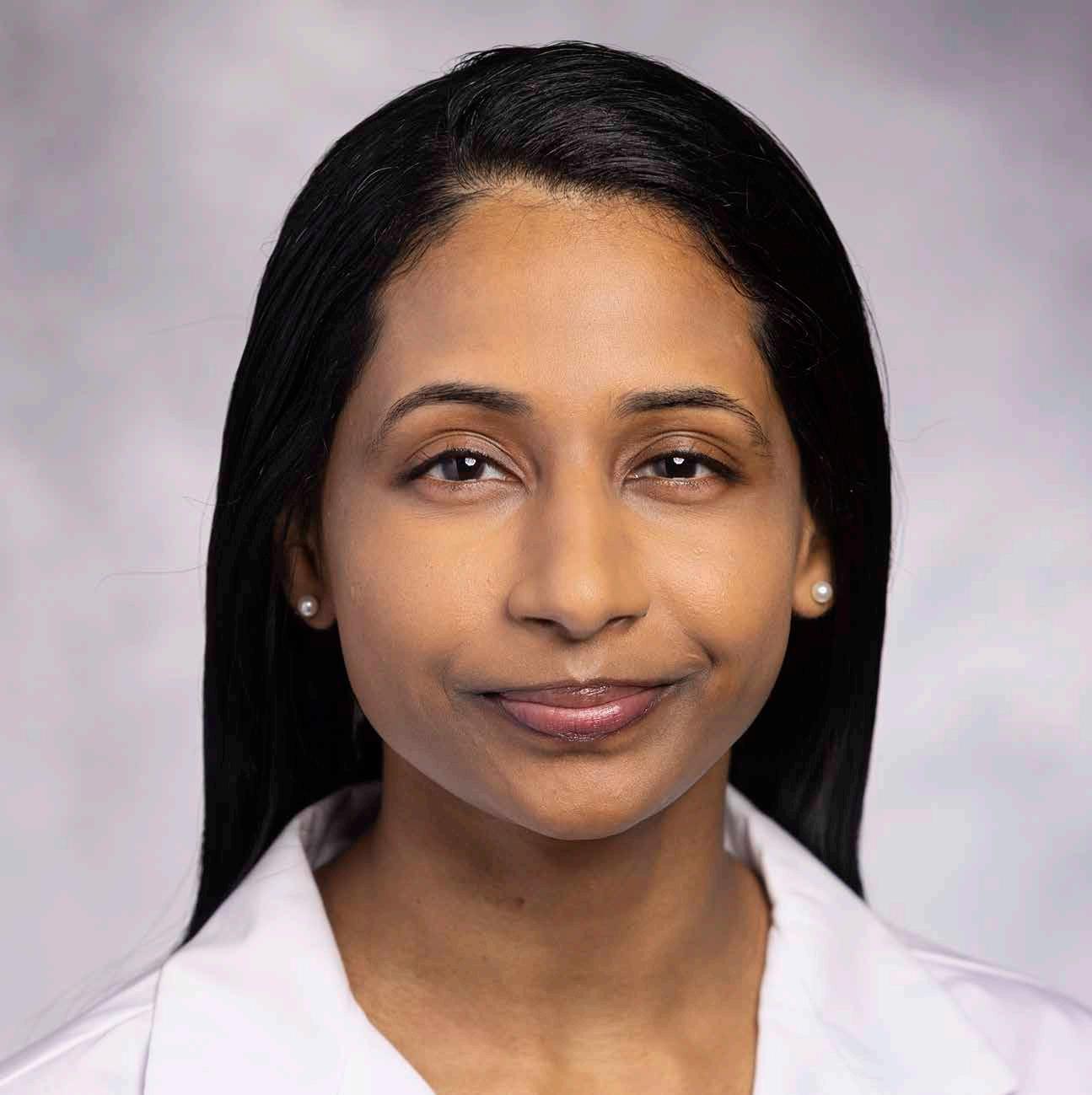
Yulanka Castro Dominguez, MD
Associate Chief, Quality

Jae Cho, MD
Co-Director, Vascular Center
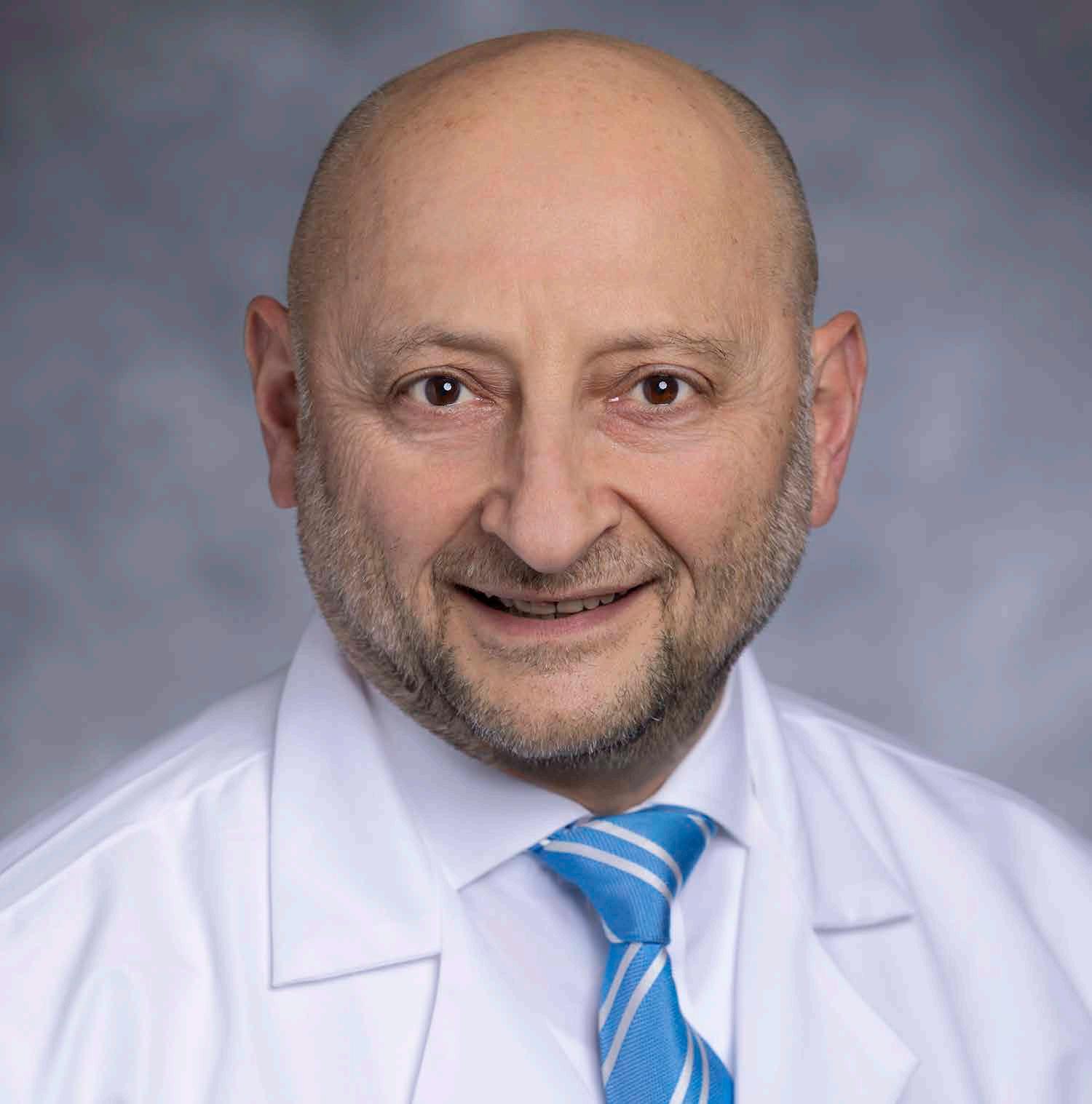
James Cireddu, MD
Director, Nuclear Cardiology
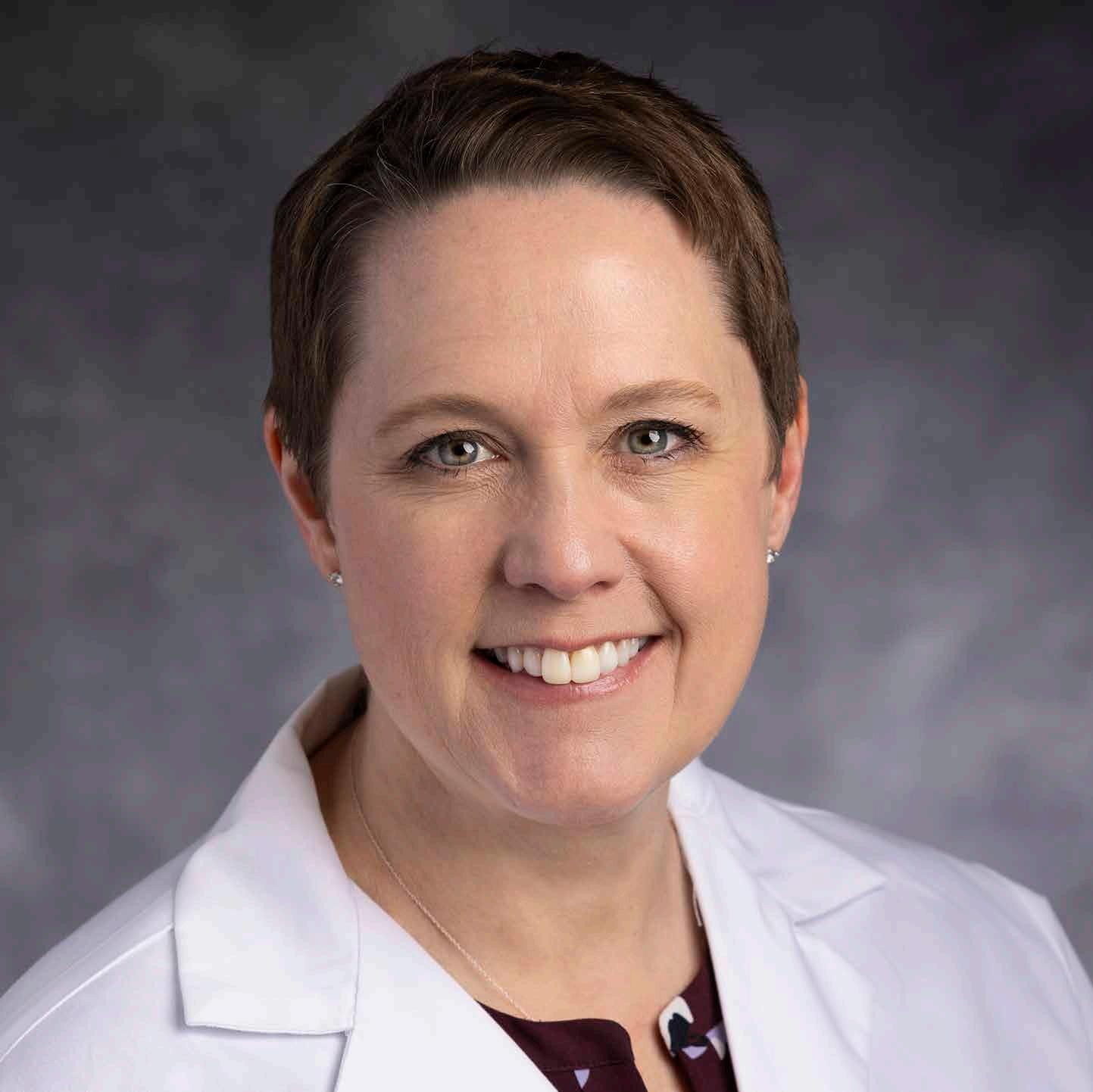
Bernardo Cortese, MD
Co-Director, Coronary Center

Justin Dunn, MD, MPH
Regional Director, Valve & Structural Heart Disease Center
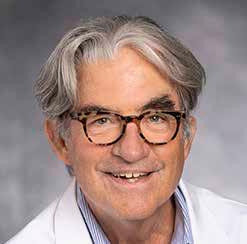
Sarah Eapen, MD
Surgical Director, ECMO Program

Akram Elgendy, MD
Director, Structural Heart Imaging
Yakov Elgudin, MD, PhD
Surgical Director, Lung Transplantation
Natalie Evans, MD, MS
Co-Director, Vascular Laboratories
Steven Filby, MD
Co-Director, Quality, Interventional Cardiology
Robert Gilkeson, MD
Co-Director, Cardiovascular Imaging Center
Heather Gornik, MD
Co-Director, Vascular Center
Director, Women’s Cardiovascular Center
Director, Fibromuscular Dysplasia & Arterial Dissection Program
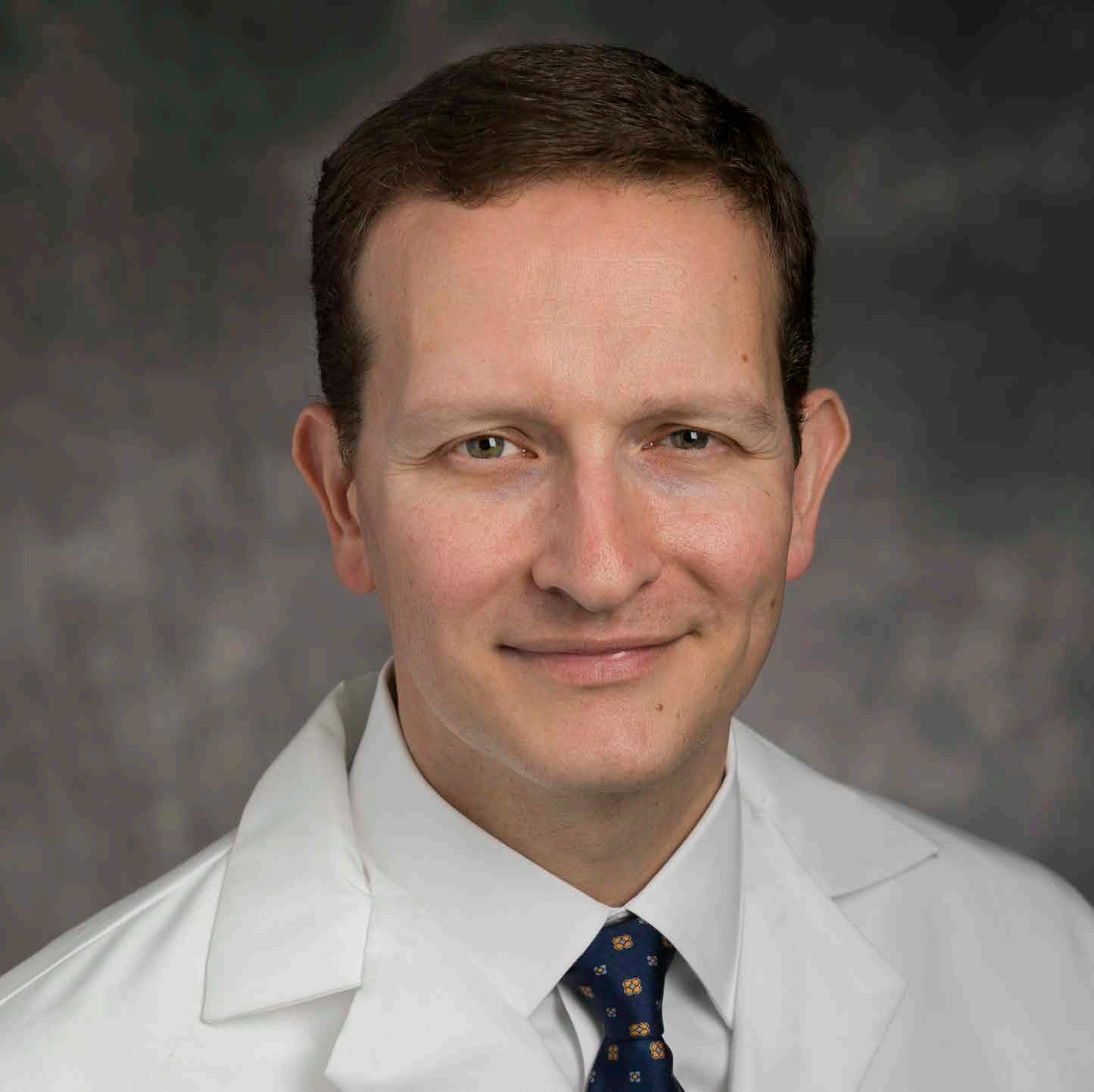
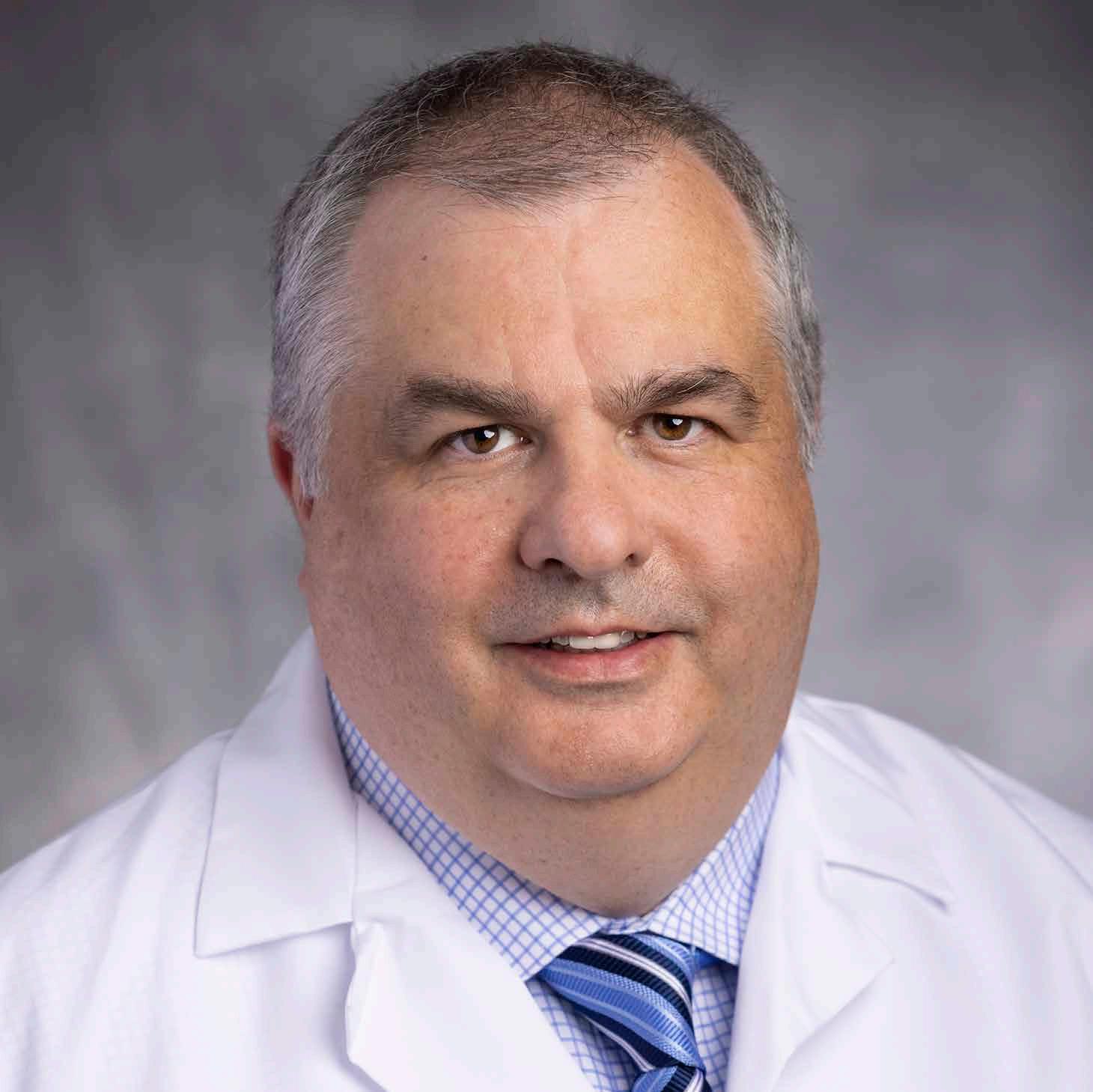
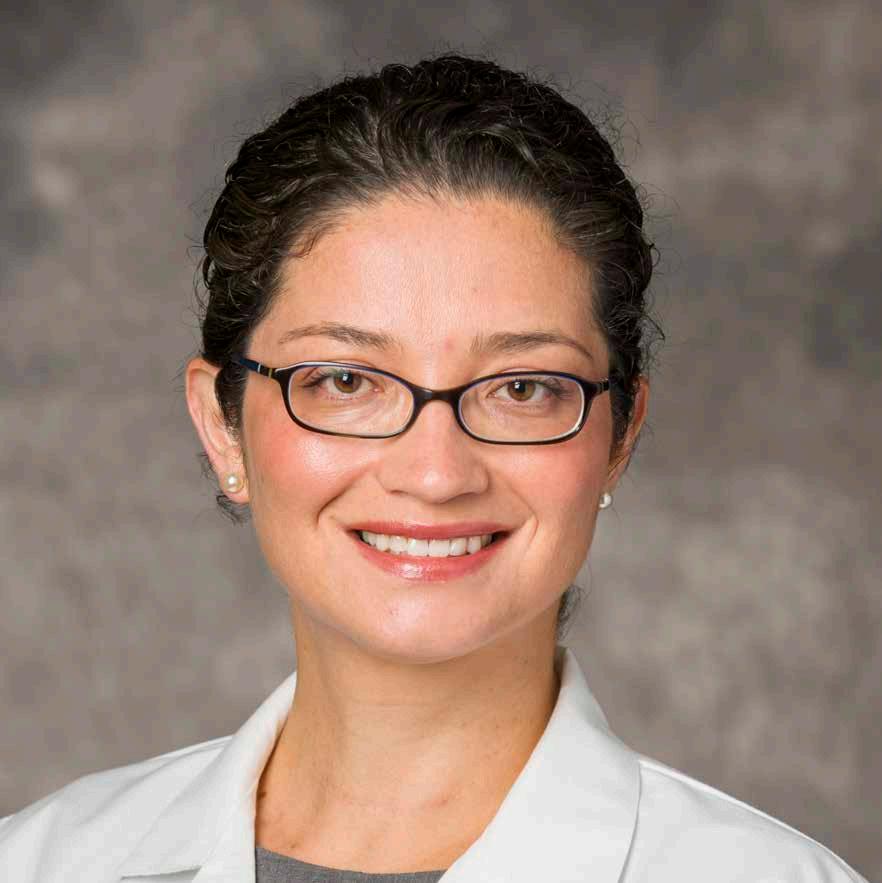

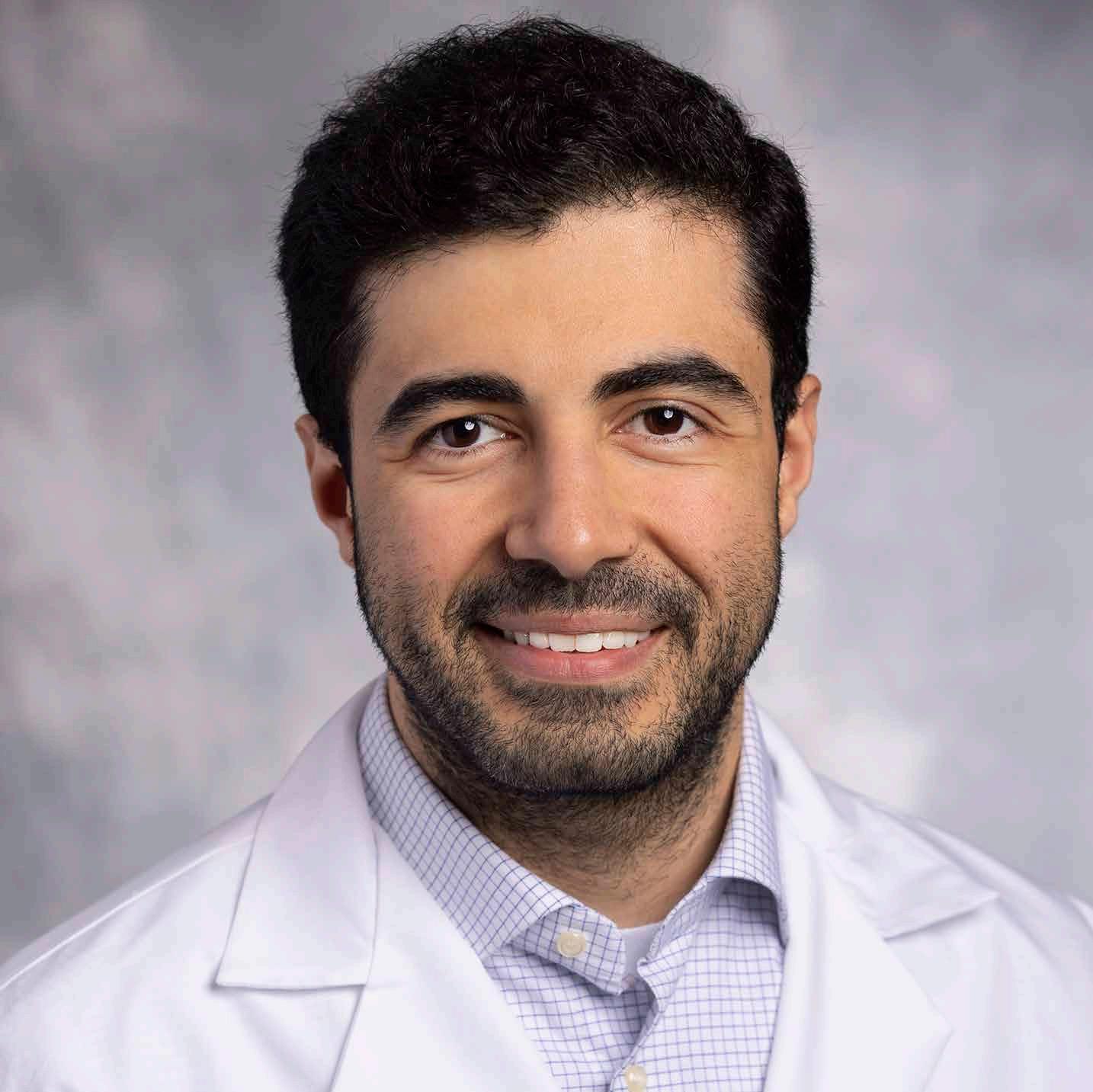

Eiran Gorodeski, MD, MPH
Medical Director, Advanced Heart Failure
Medical Director, Heart Transplantation
Co-Director, Hambrick Center for Cardiac Recovery
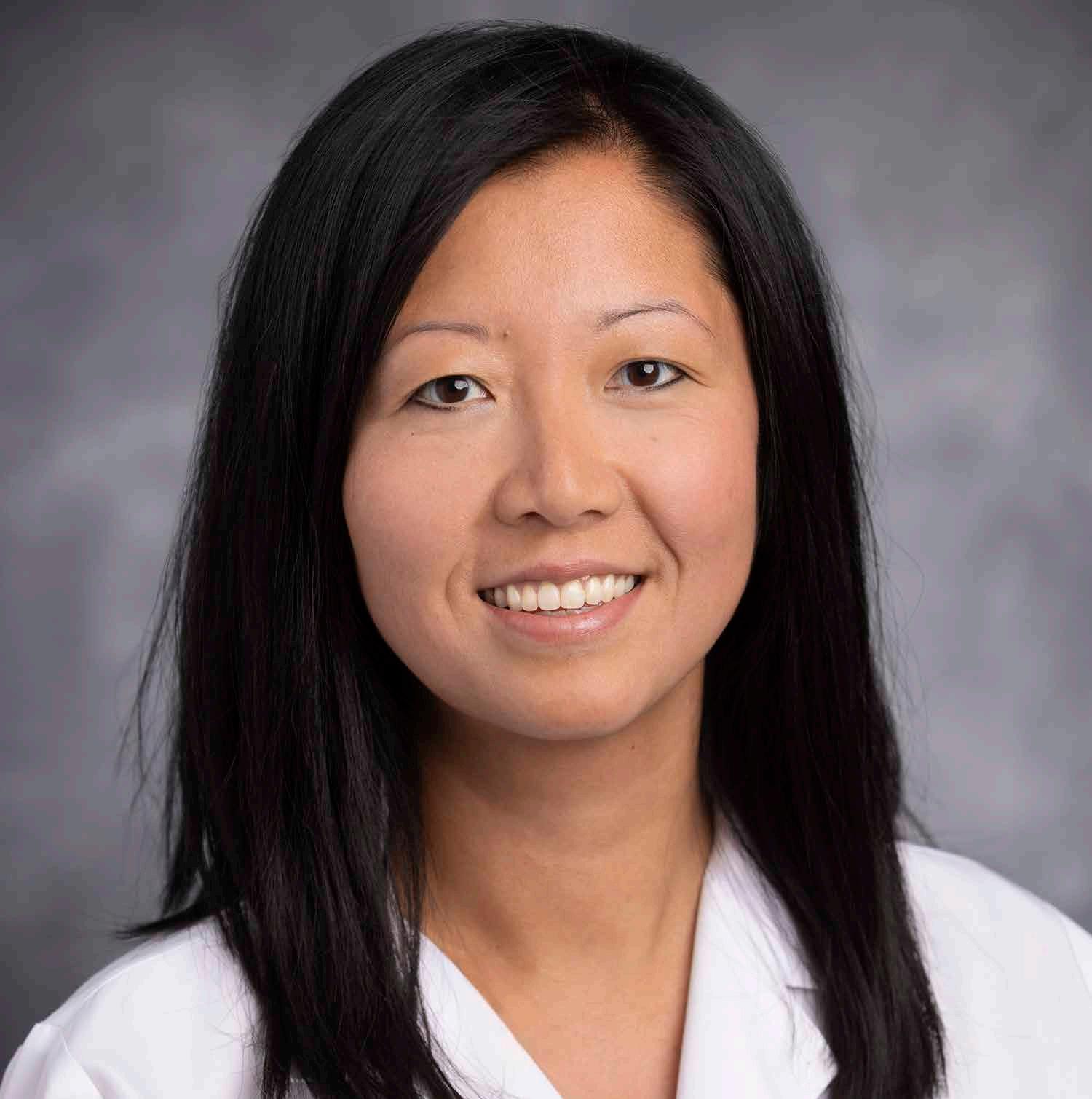
Shaun Harper, MD
Director, Community Cardiovascular Medicine
Co-Director, Clinical Cardiology Center
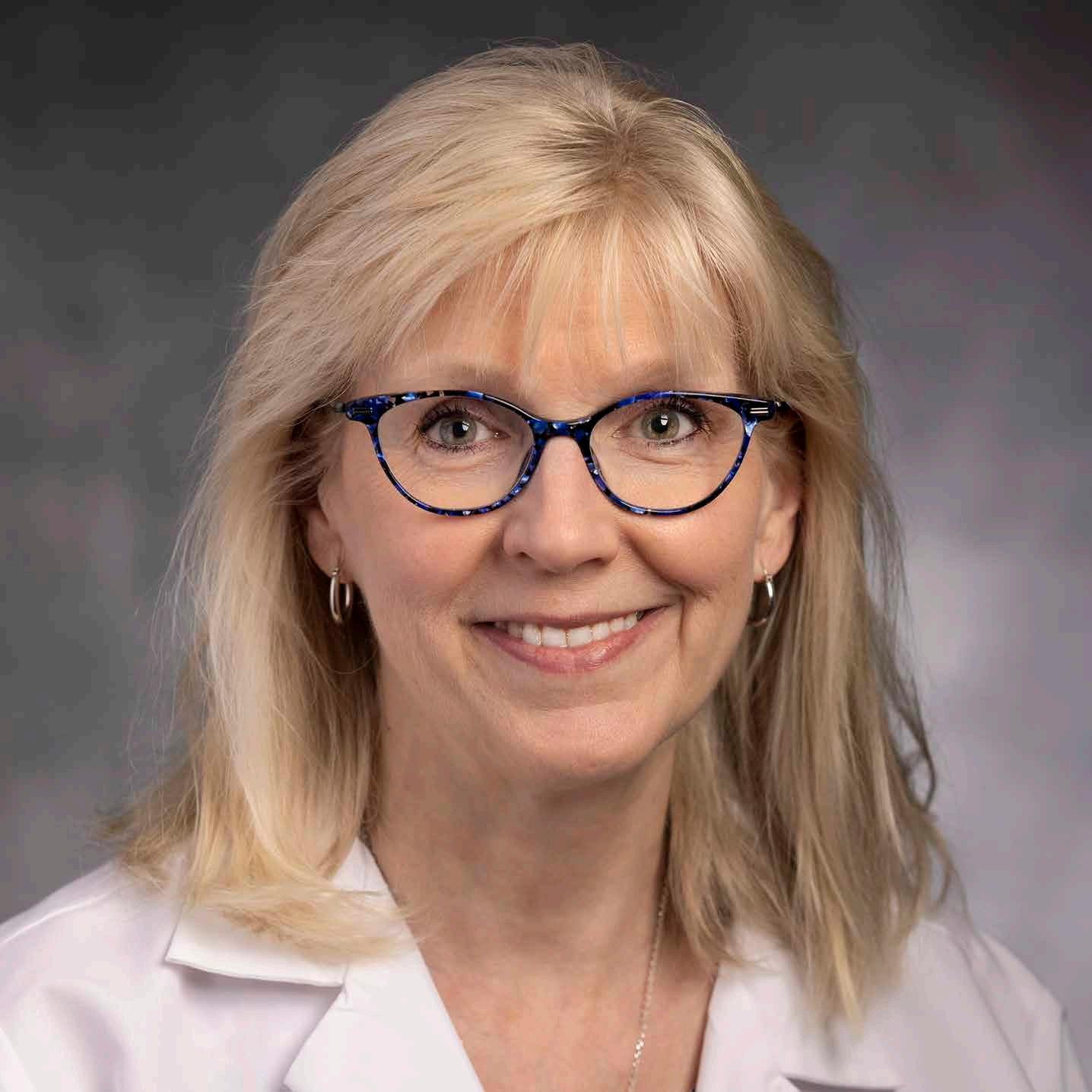
Karem Harth, MD
Director, Center for Comprehensive Venous Care
Co-Director, Vascular Laboratories
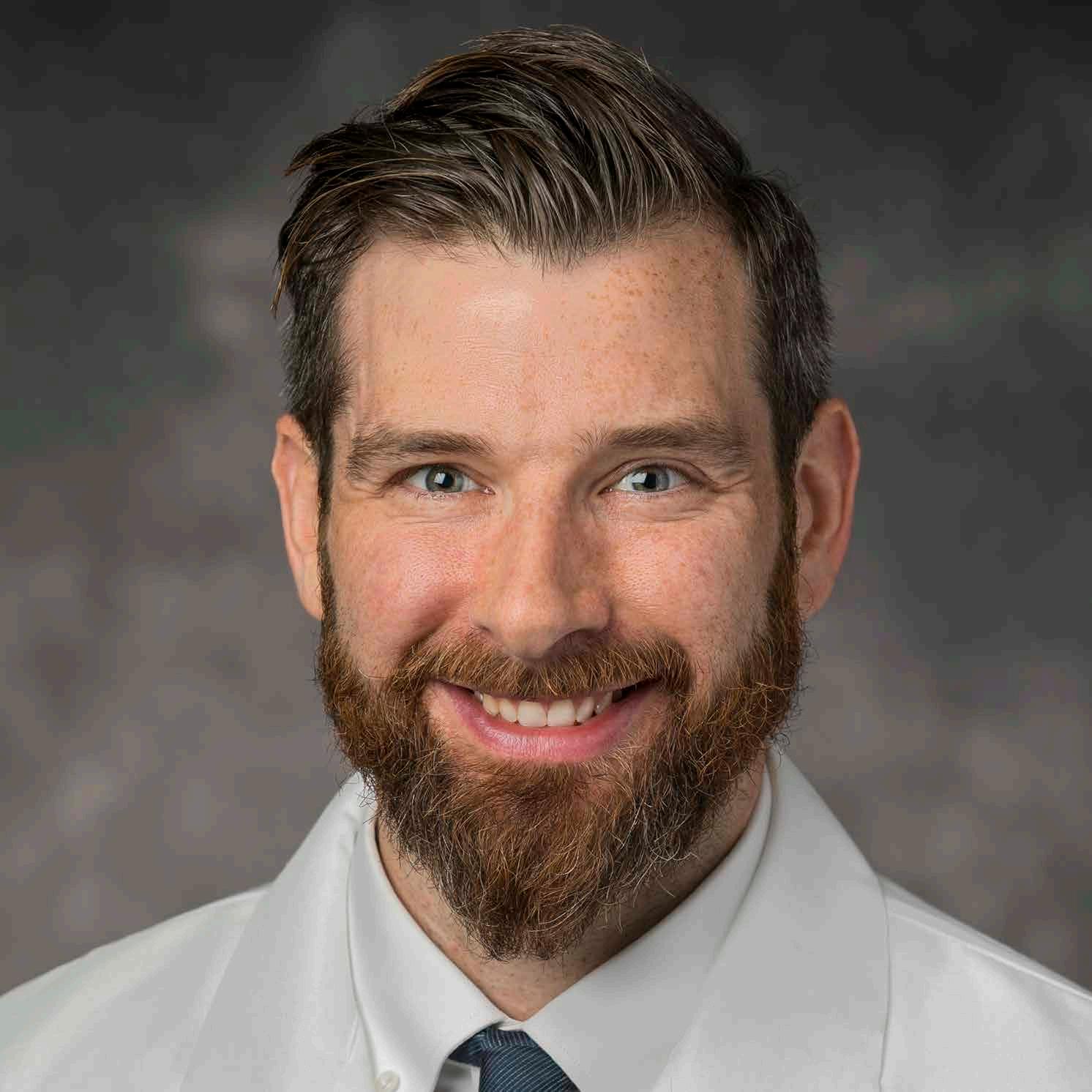
Shashank Jain, MD
Director, Lead Extraction

Haitham Khraishah, MD
Co-Director, Center for Integrated and Novel Approacheas in Vascular-Metabolic Disease
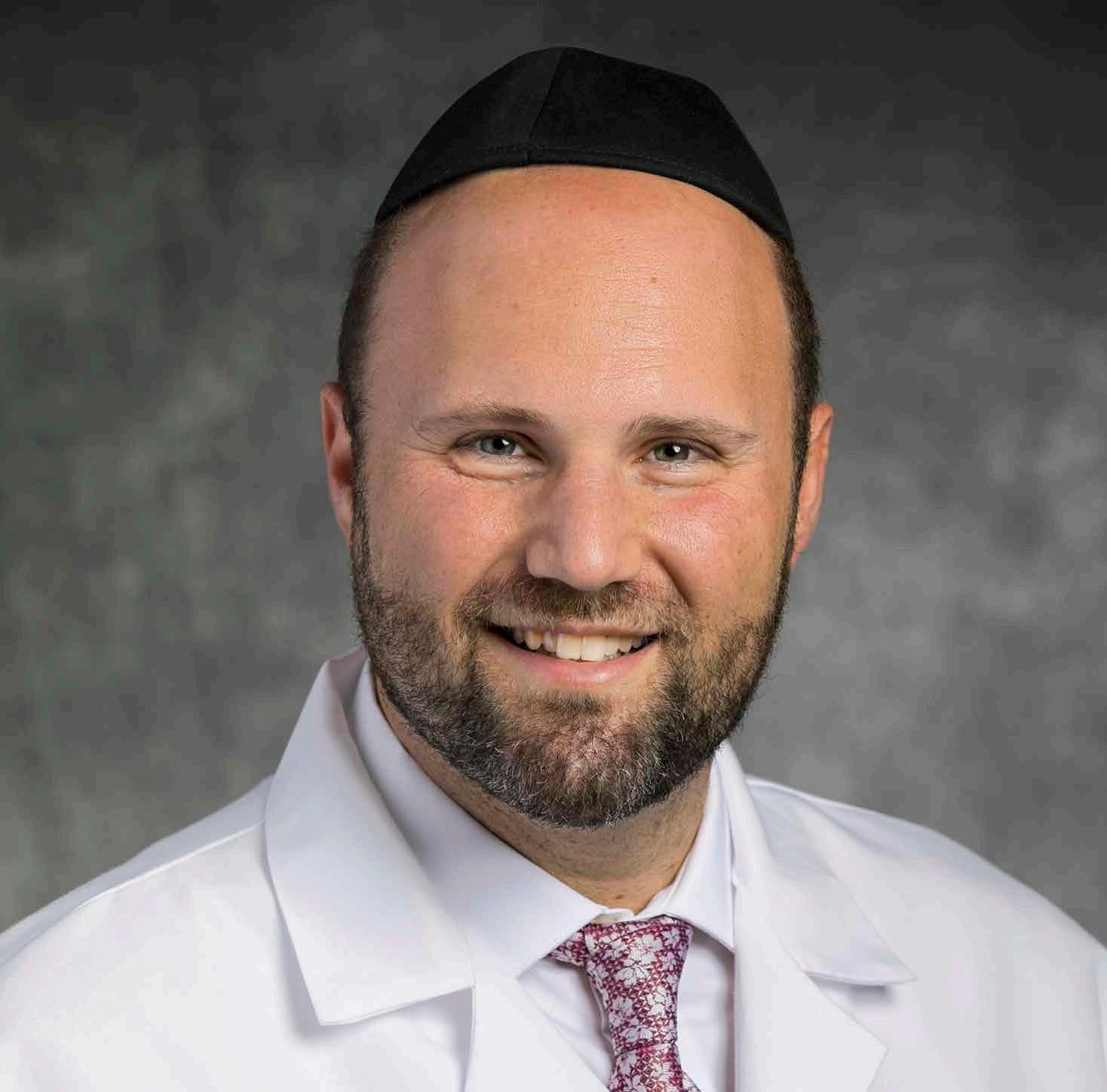
(continued)
Jun Li, MD
Co-Director, Vascular Center
Co-Director, Pulmonary Embolism
Response Team
Bradley Lander, MD
Director, Sports Cardiology Center
Director, Hypertrophic Cardiomyopathy Center
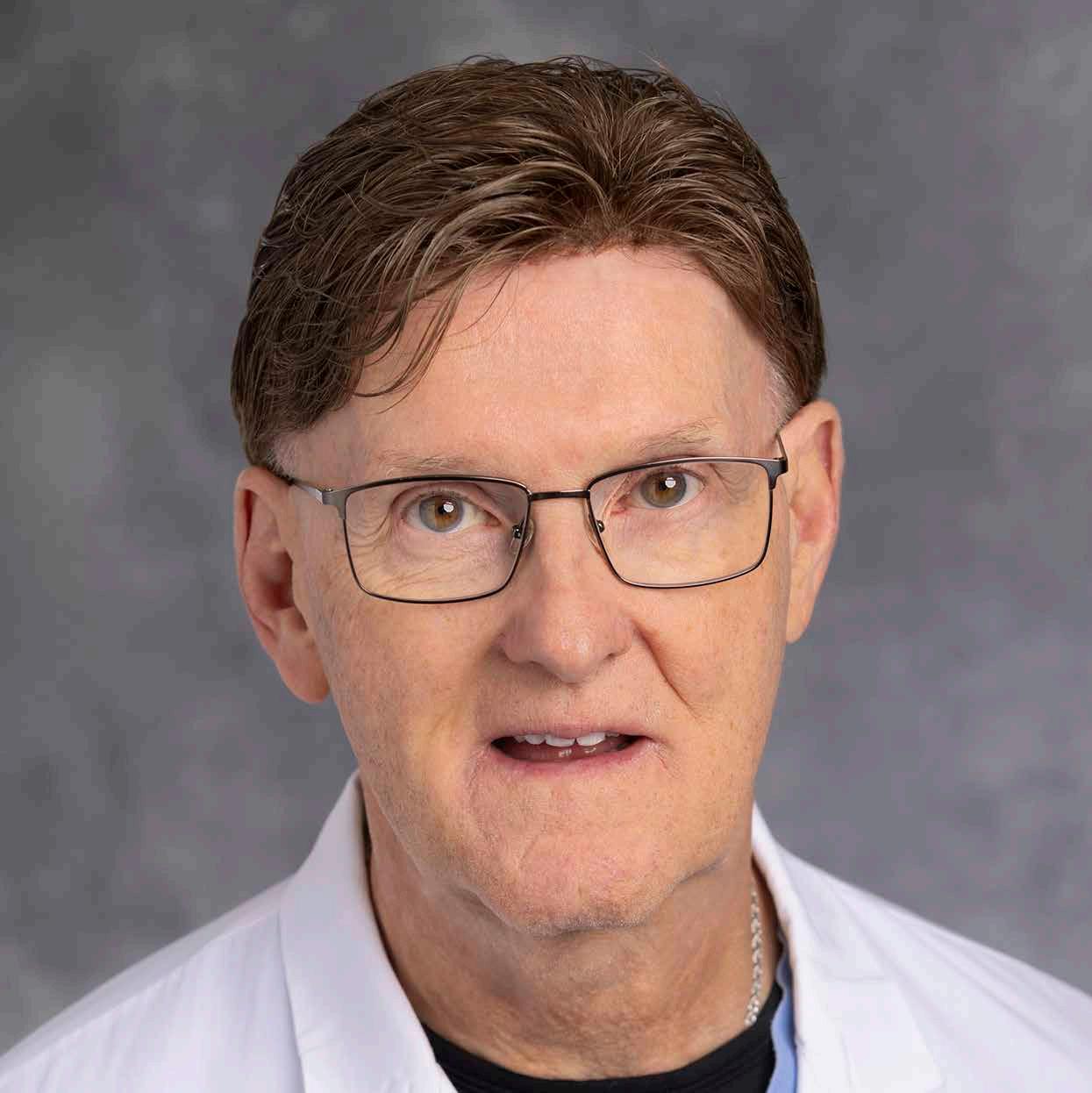

Judith Mackall, MD
Director, Center for Cardiovascular Genetics
Director, Cardiac Device Clinics
Director, Clinical Trials Unit
Colin McCloskey, MD
Medical Director, ECMO Program
Raju Modi, MD
Director, Ambulatory Cardiovascular Services
Ian Neeland, MD
Director, Center for Cardiovascular Prevention; Co-Director, Center for Integrated and Novel Approaches in Vascular-Metabolic Disease
Charles O’Shaughnessy, MD
Co-Director, Quality, Interventional Cardiology
Ravi Ramani, MD
Co-Director, Clinical Cardiology Center

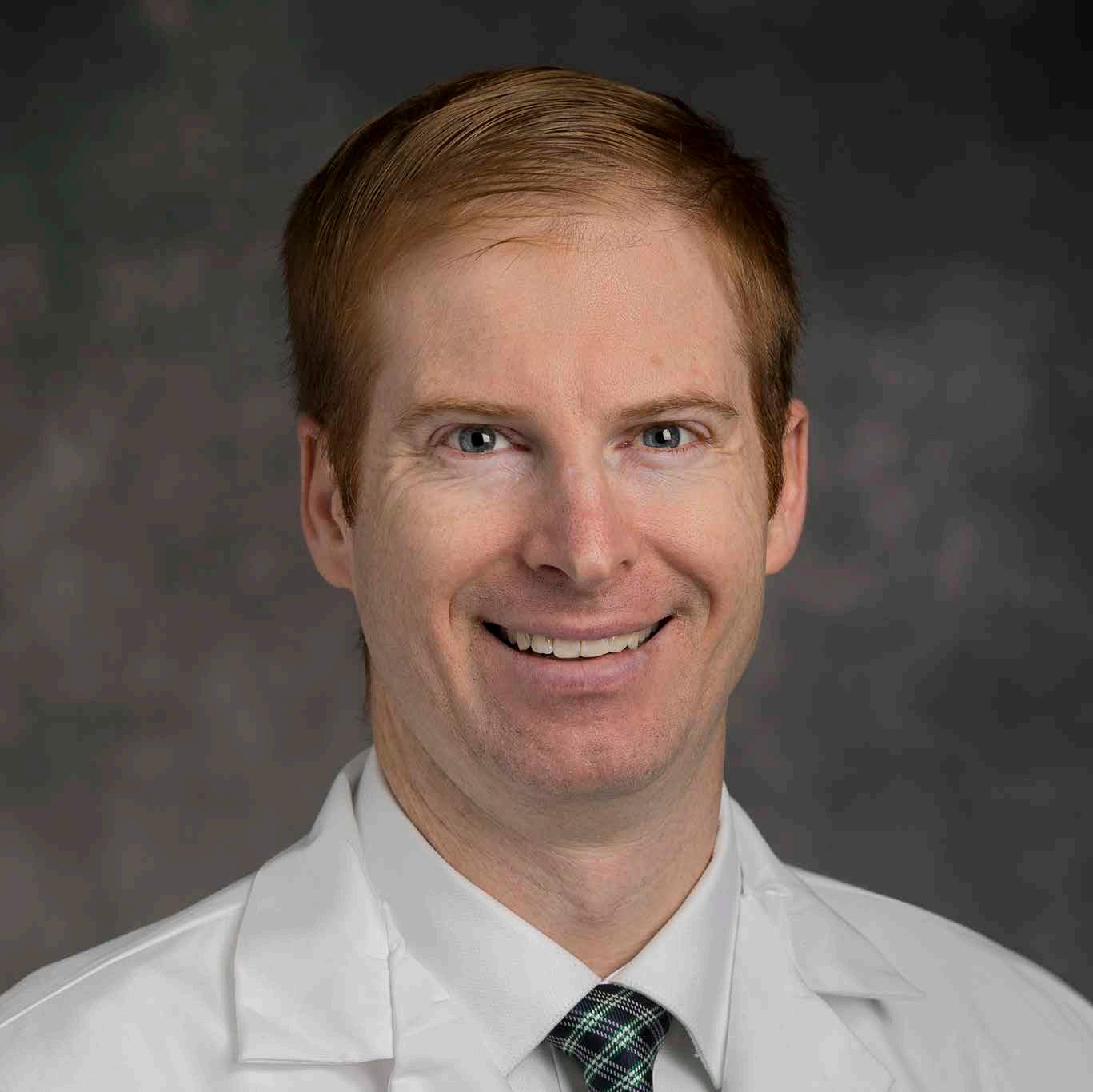
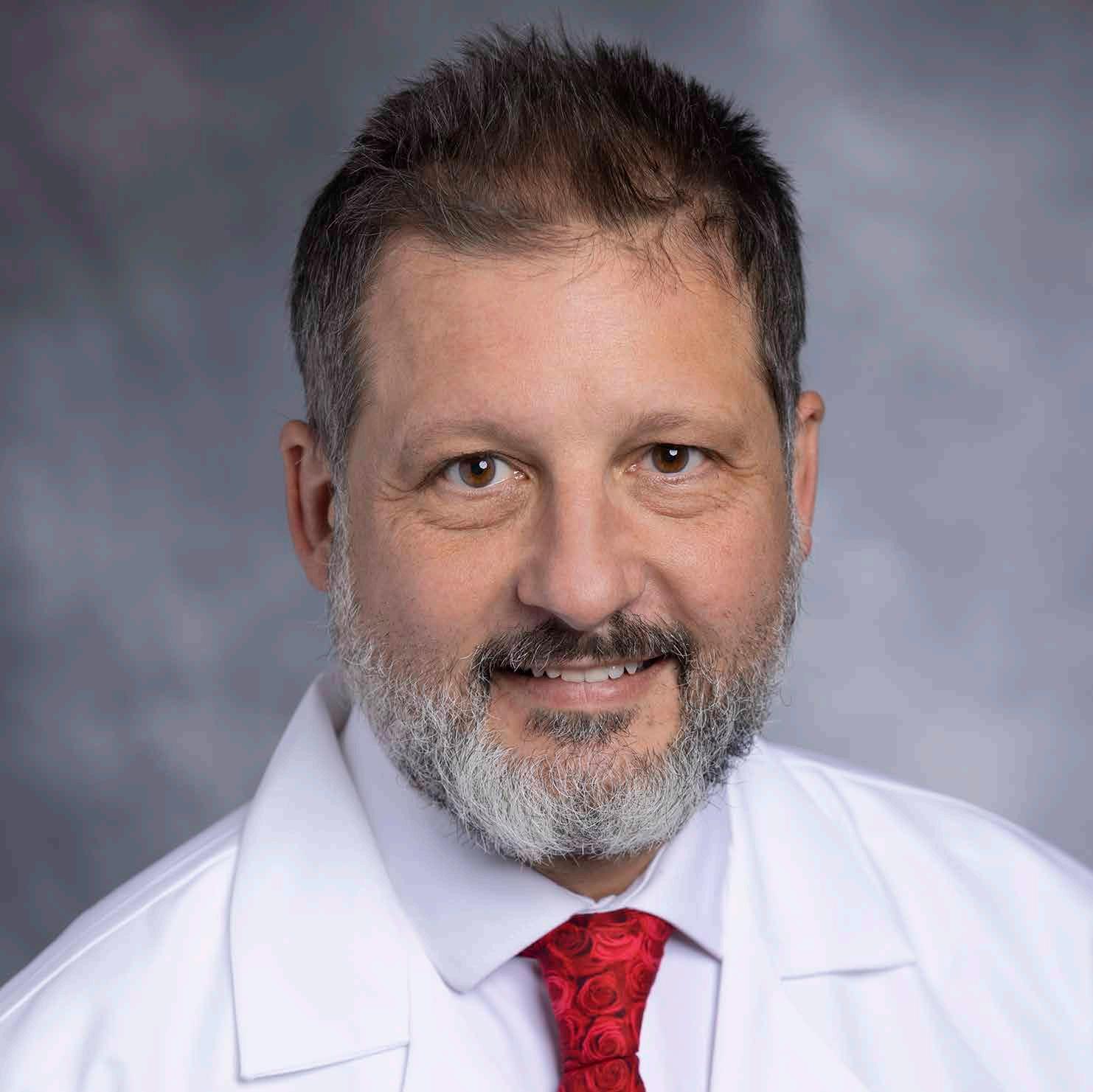
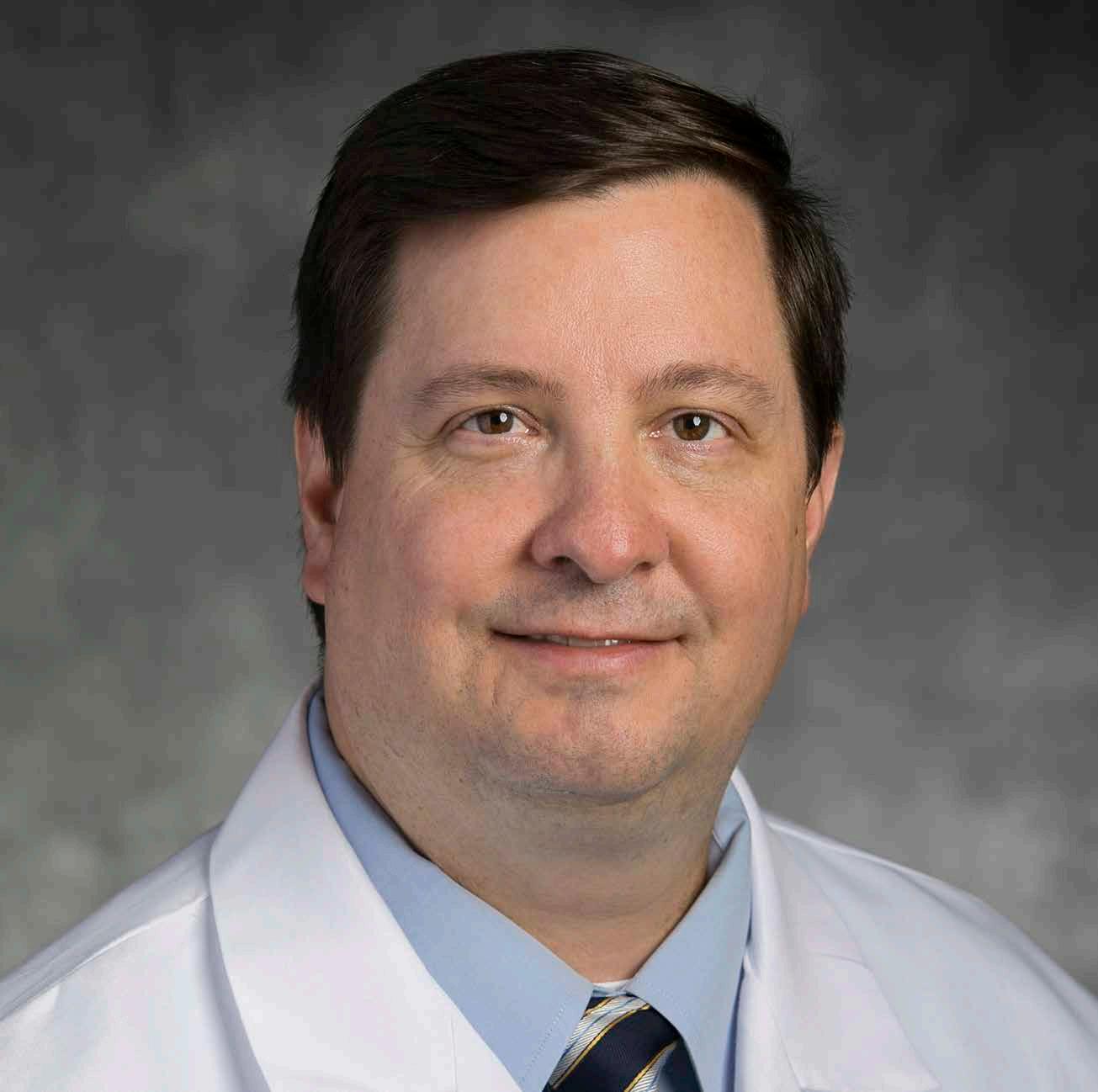
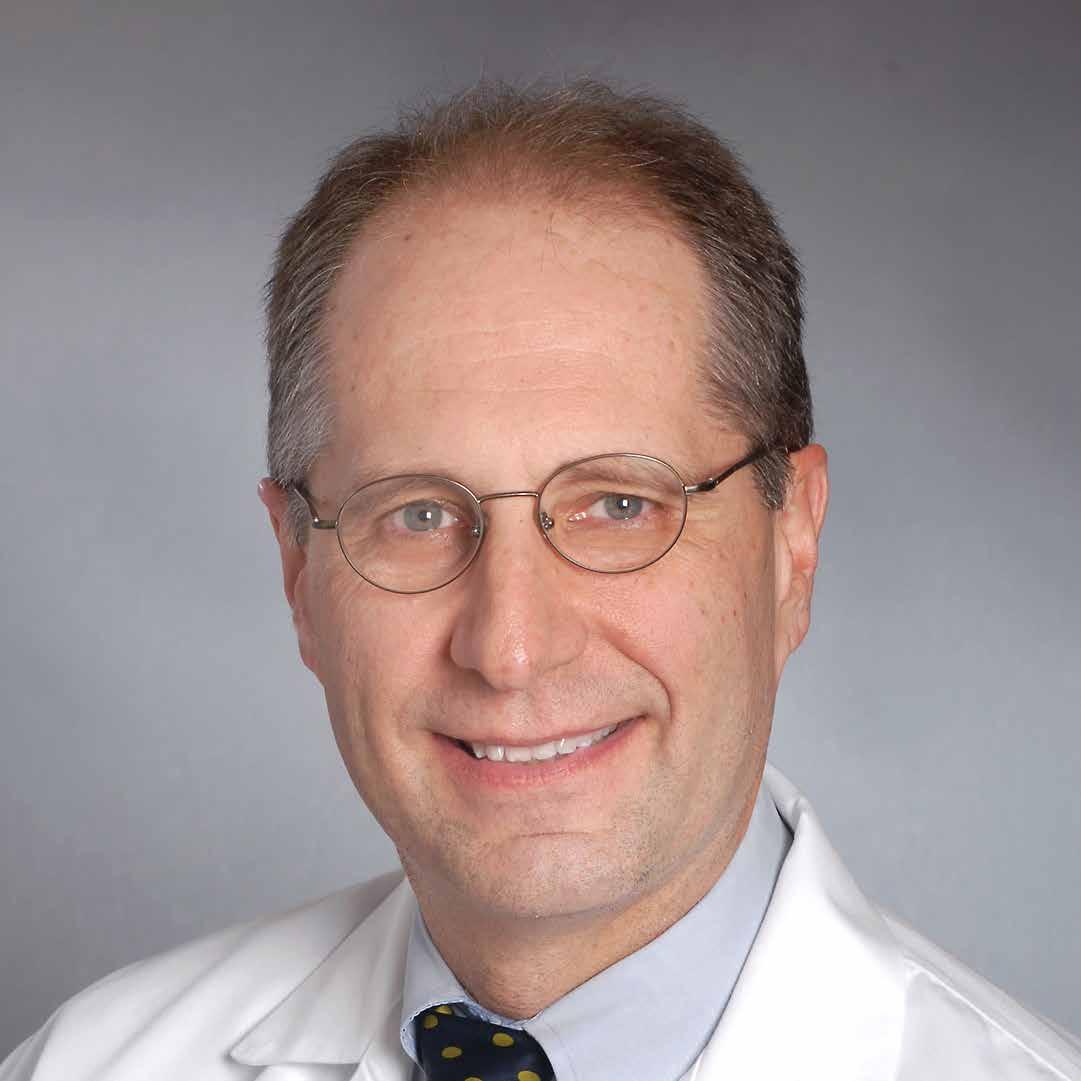
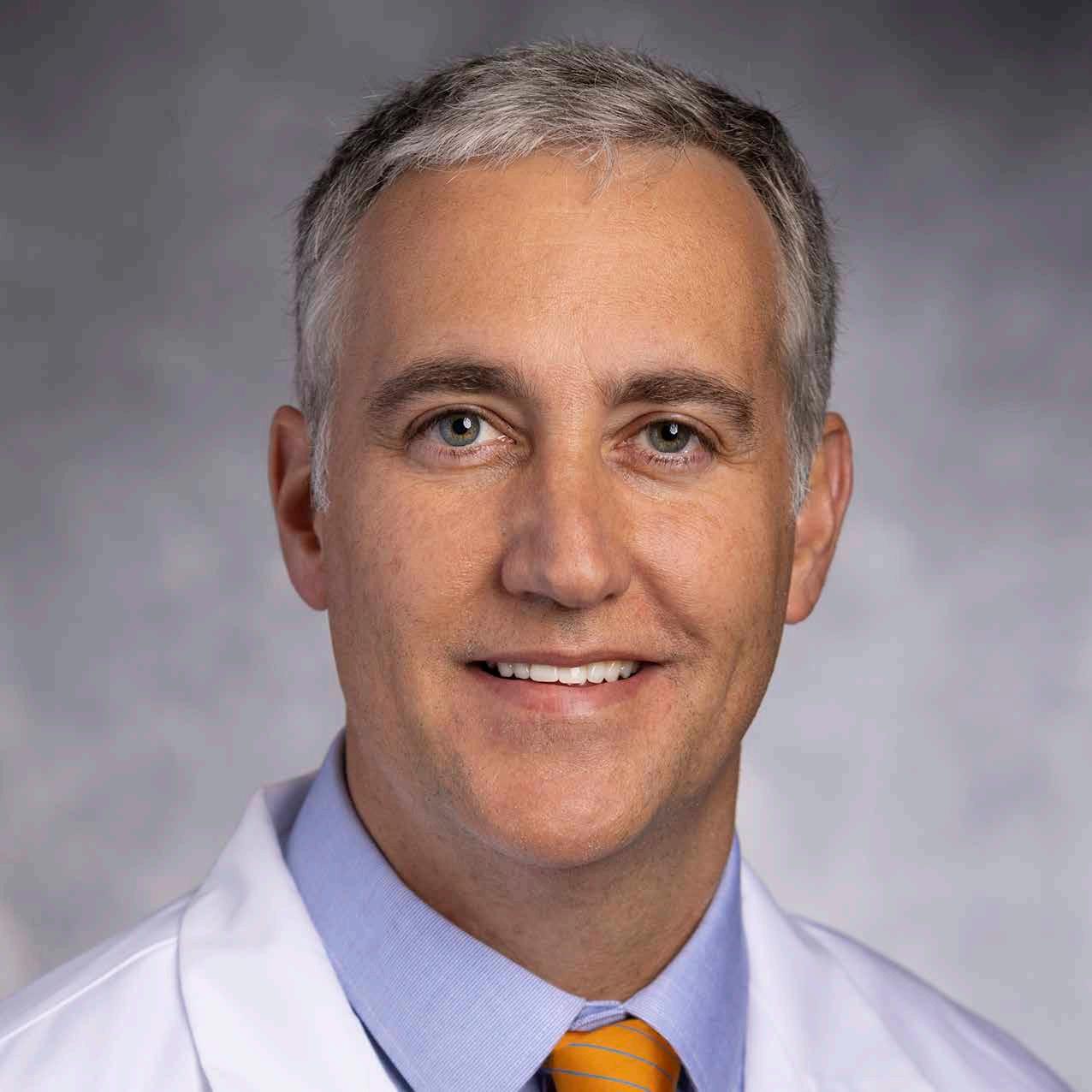
Imran Rashid, MD
Co-Director, Cardiovascular Imaging Center

Chad Raymond, DO
Director, Cardiovascular & Pulmonary Rehabilitation Center
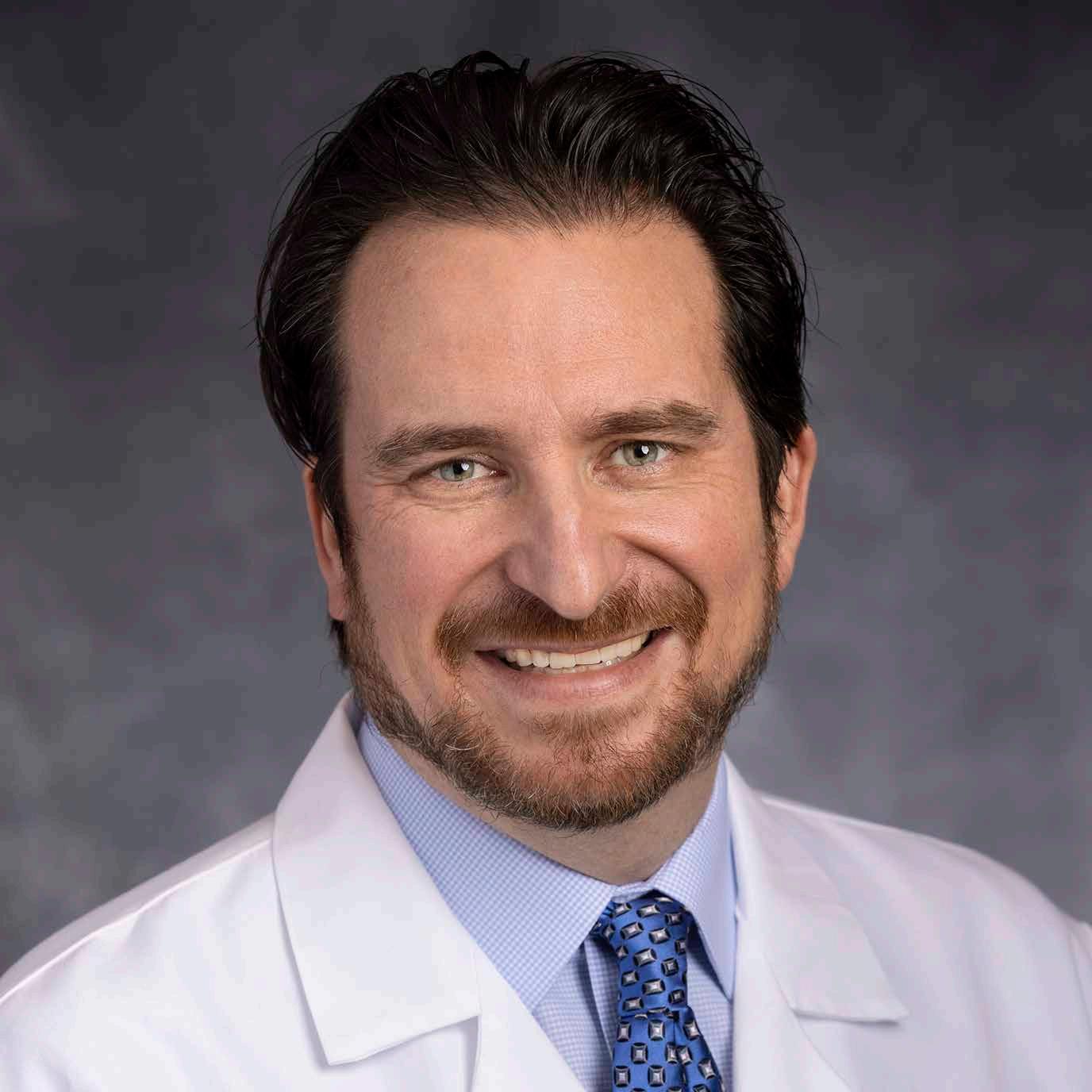
Pablo Ruda Vega, MD
Director, Cardiac Surgery Network; Co-Director, Coronary Center
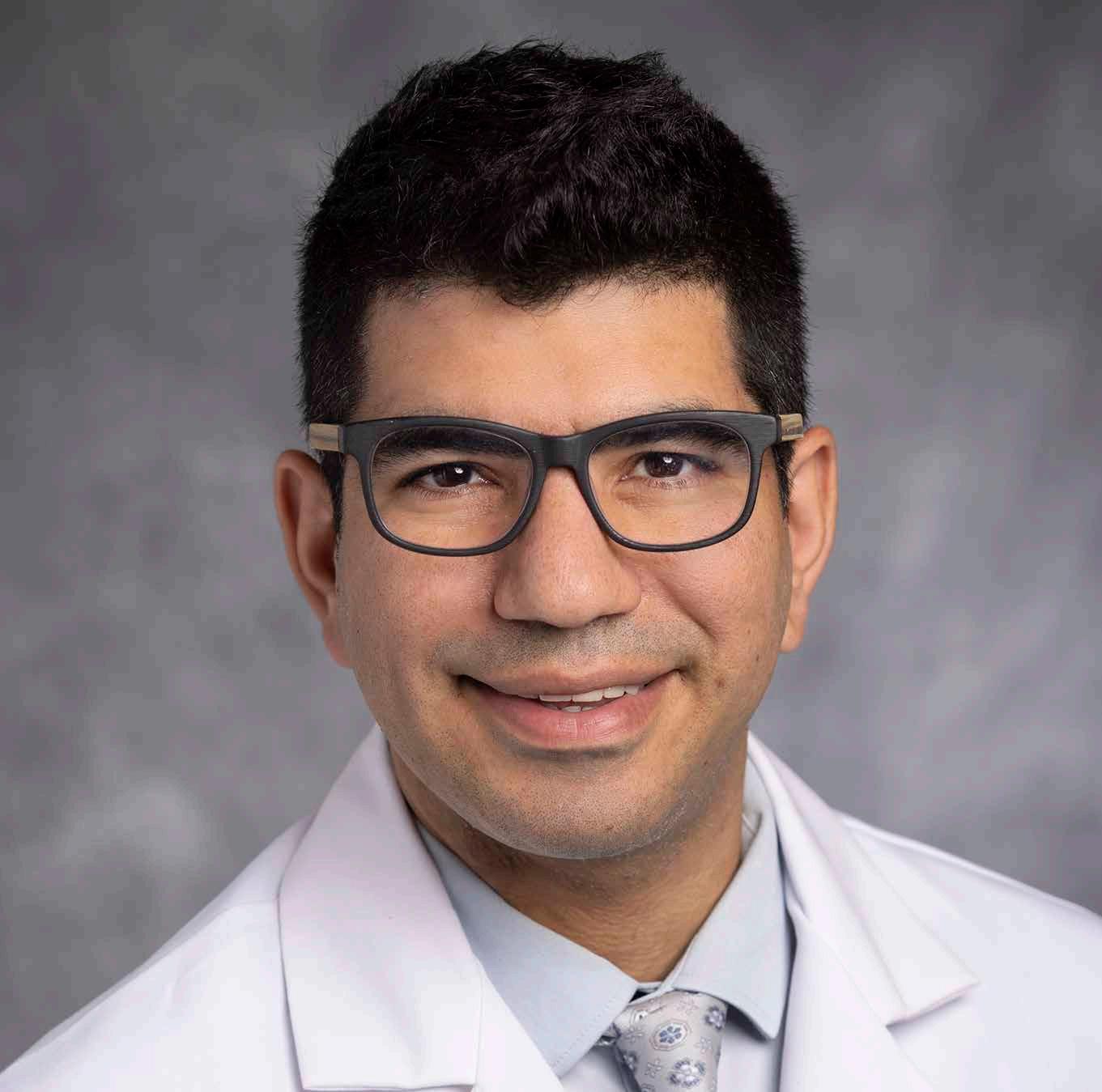
Gregory Rushing, MD
Co-Director, Valve & Structural Heart Disease Center

Robert Schilz, DO, PhD
Medical Director, Lung Transplantation
Co-Director, Pulmonary Embolism Response Team
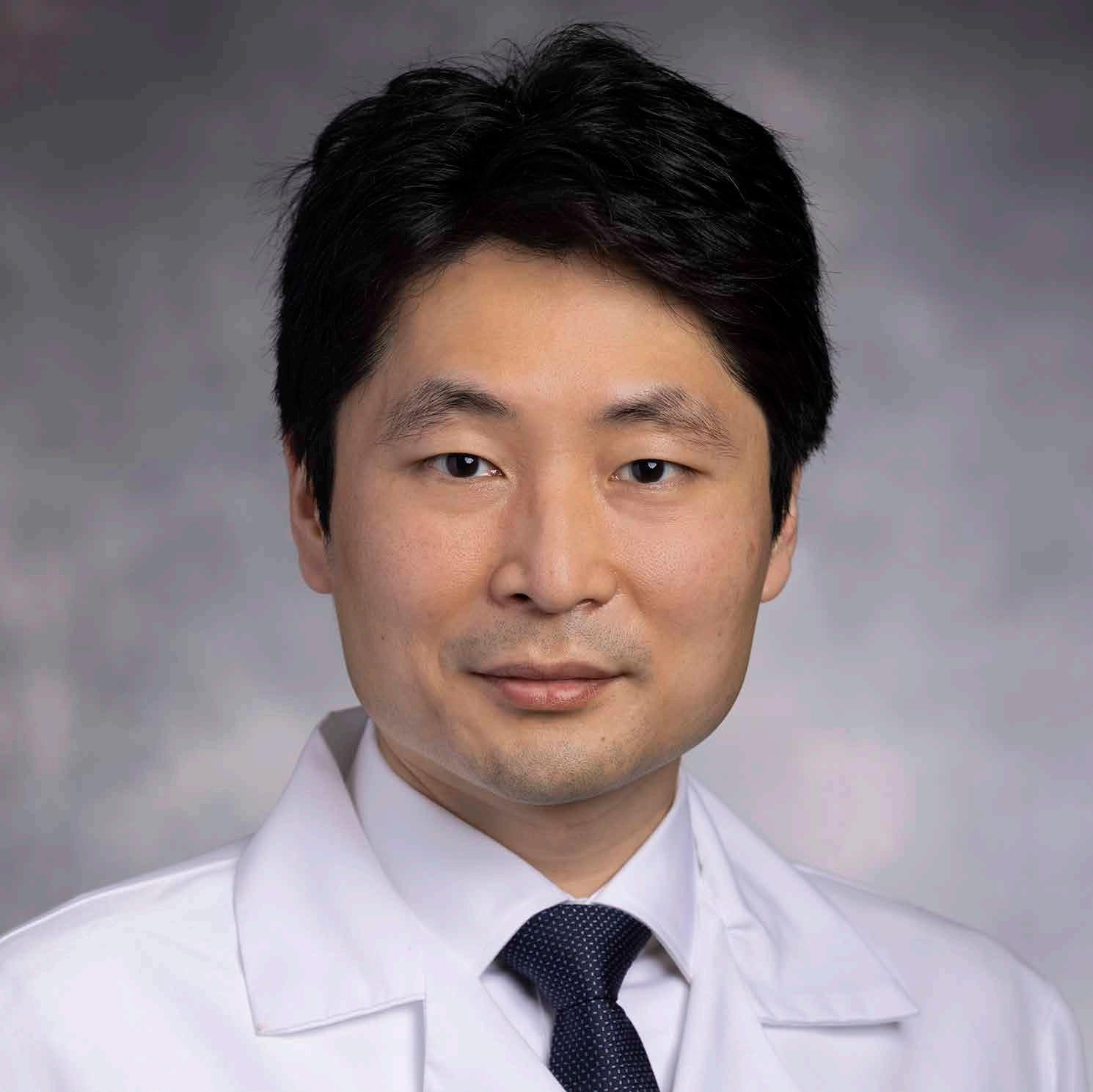
Andres Schuster, MD
Director, Echocardiography
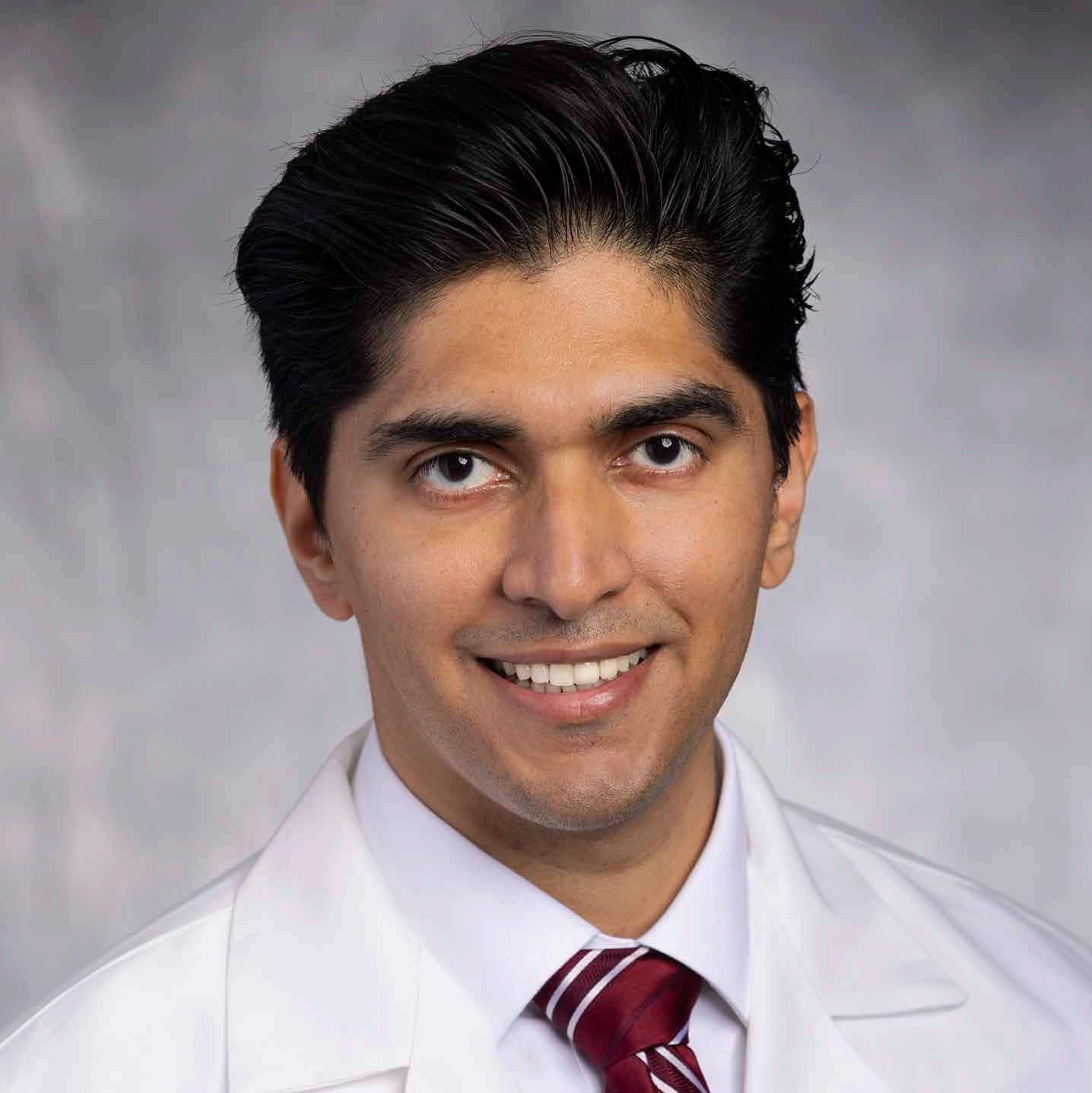
Mehdi Shishehbor, DO, MPH, PhD
Director, Lorraine and Bill Dodero Limb Preservation Center
Gregory Stefano, MD
Co-Director, Quality, Interventional Cardiology
Nour Tashtish, MD, MSHI
Director, Medical Informatics
Anene Ukaigwe, MD
Director, Quality, Structural Heart
William Yoon, MD, PhD
Co-Director, Aortic Disease Center
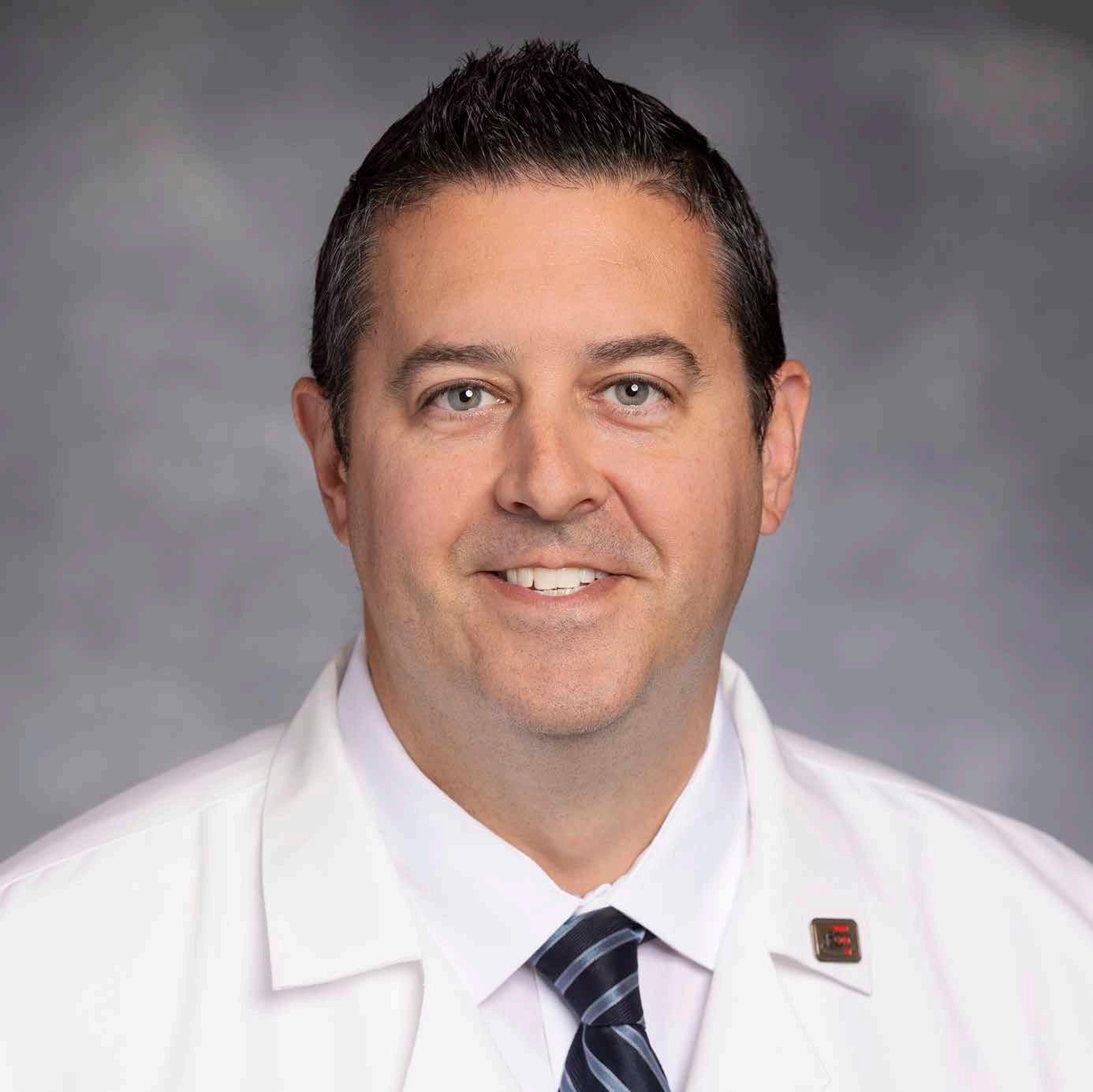
Esseim Sharma, MD
Director, Ventricular Arrhythmias Research
Michael Zacharias, DO
Associate Clinical Chief, Division of Cardiovascular Medicine
Medical Director, Mechanical Circulatory Support
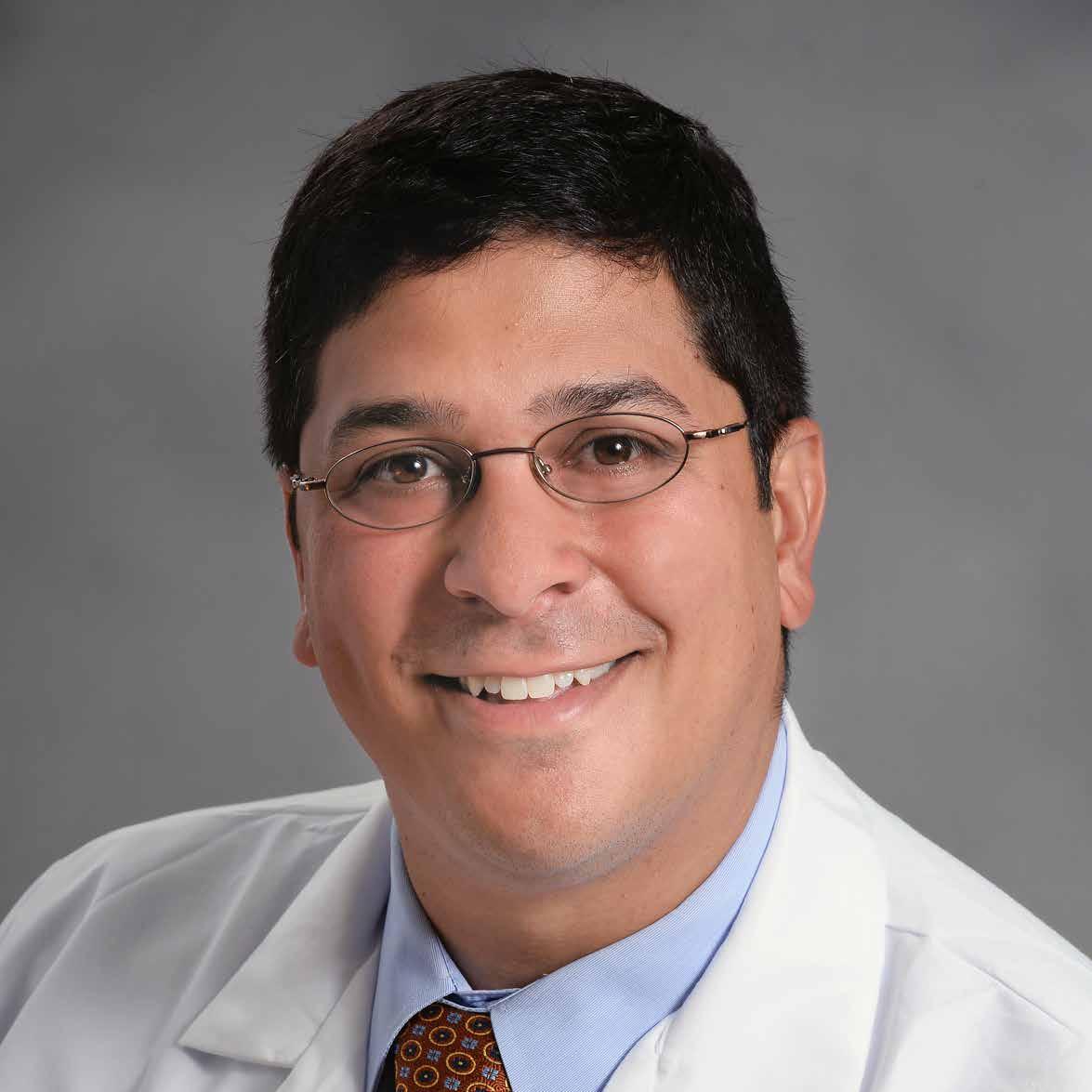

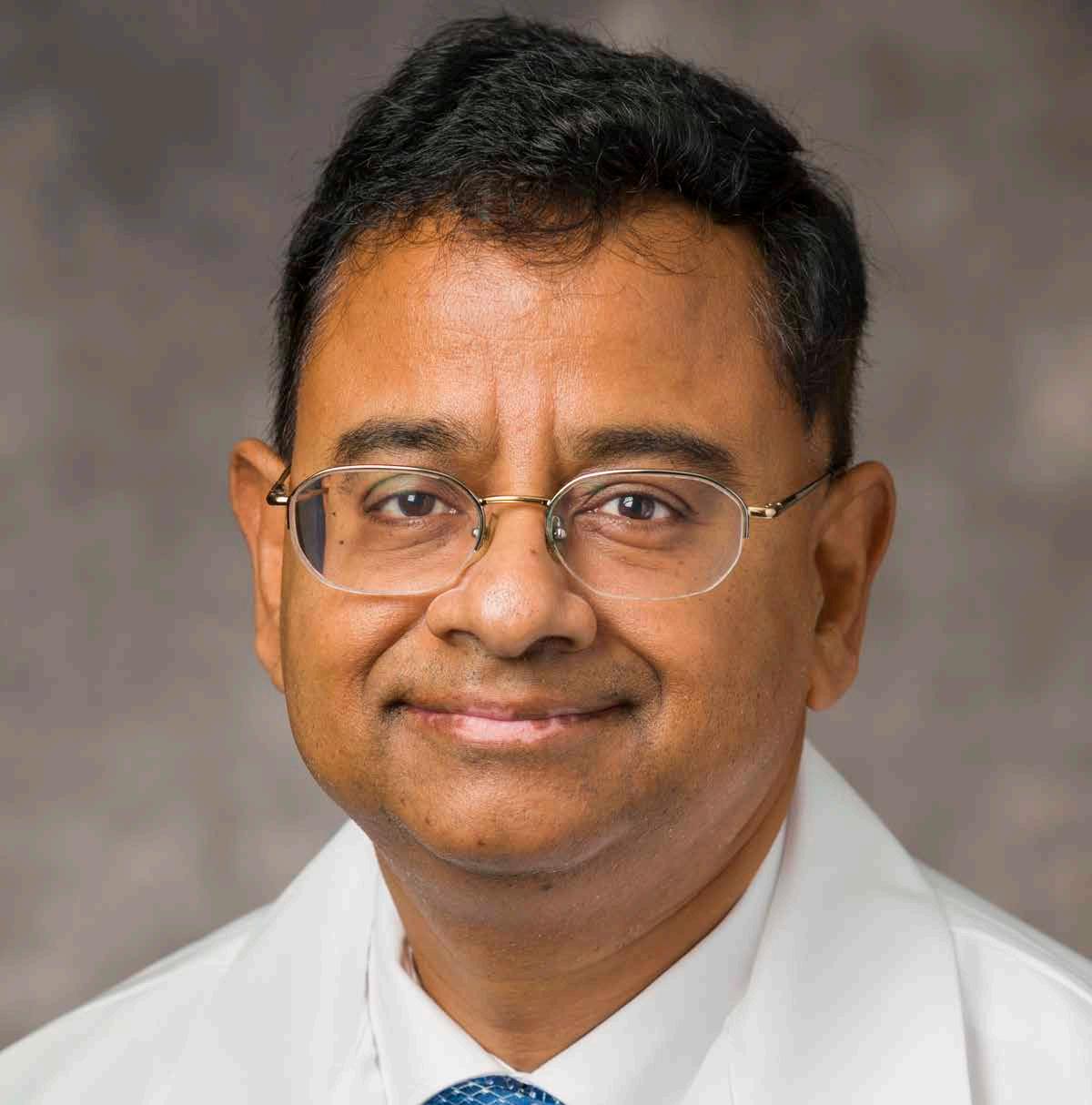

John Coletta, MD
University Hospitals St. John Medical Center
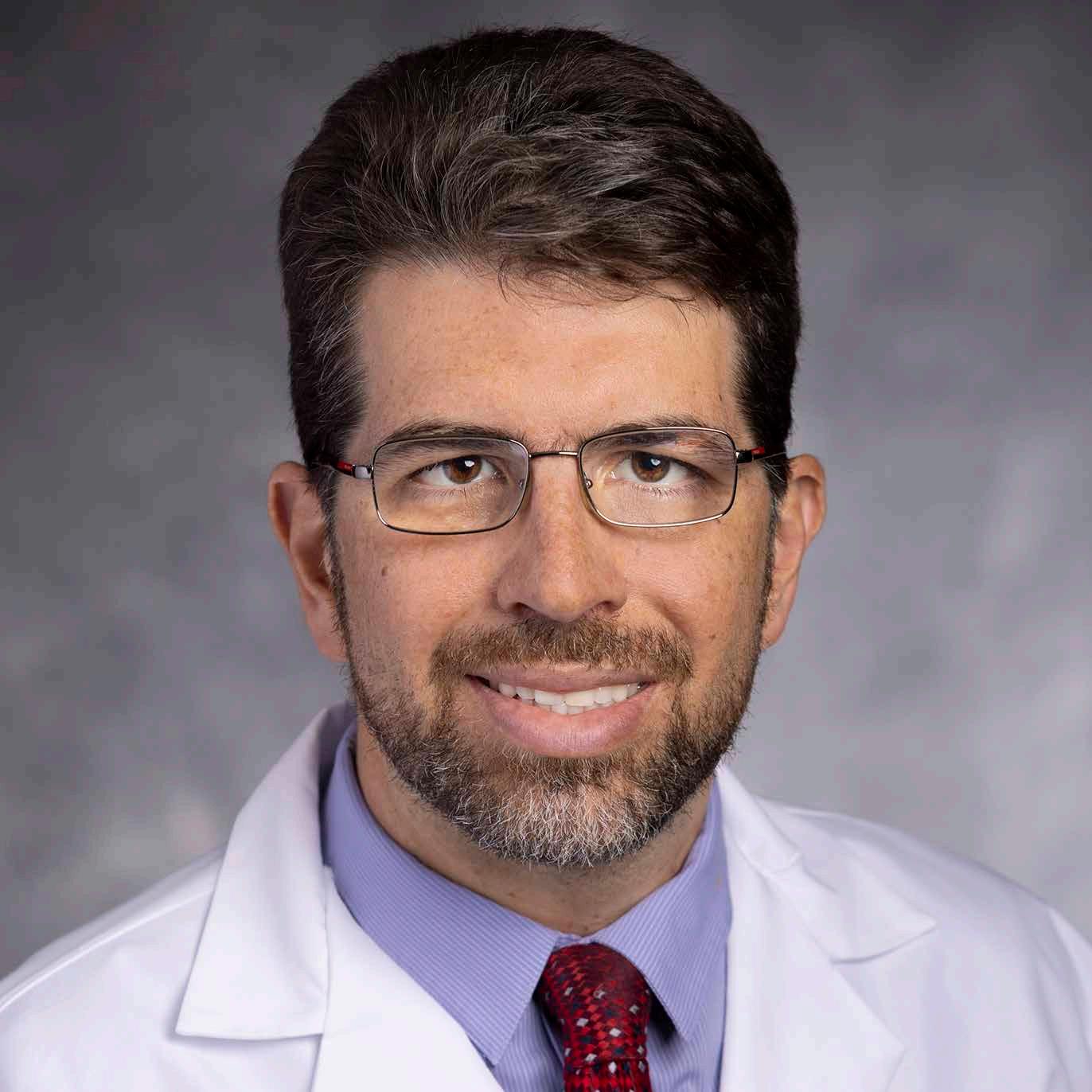
Naim Farhat, MD
University Hospitals Elyria Medical Center
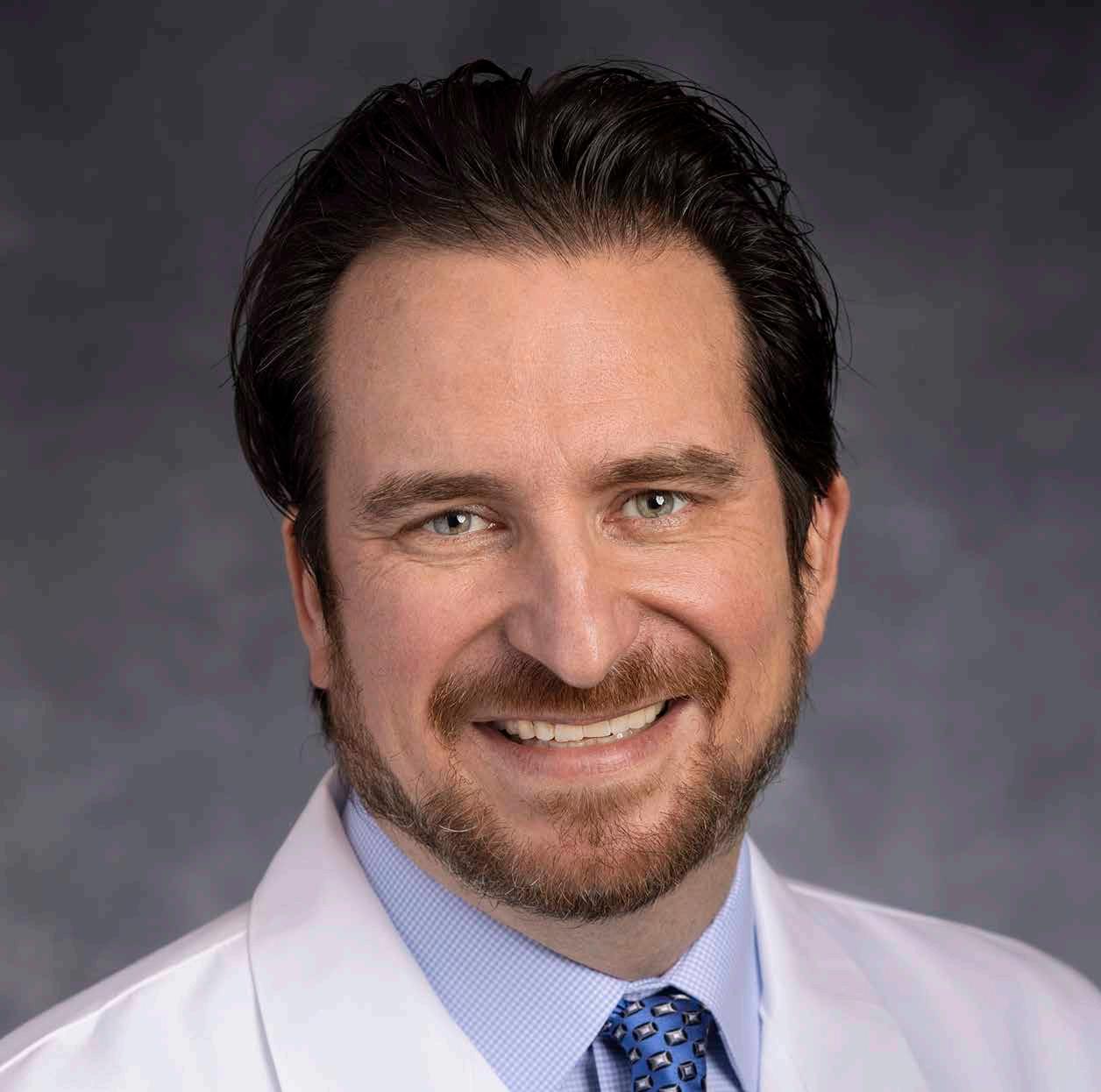
Anjan Gupta, MD
University Hospitals Portage Medical Center
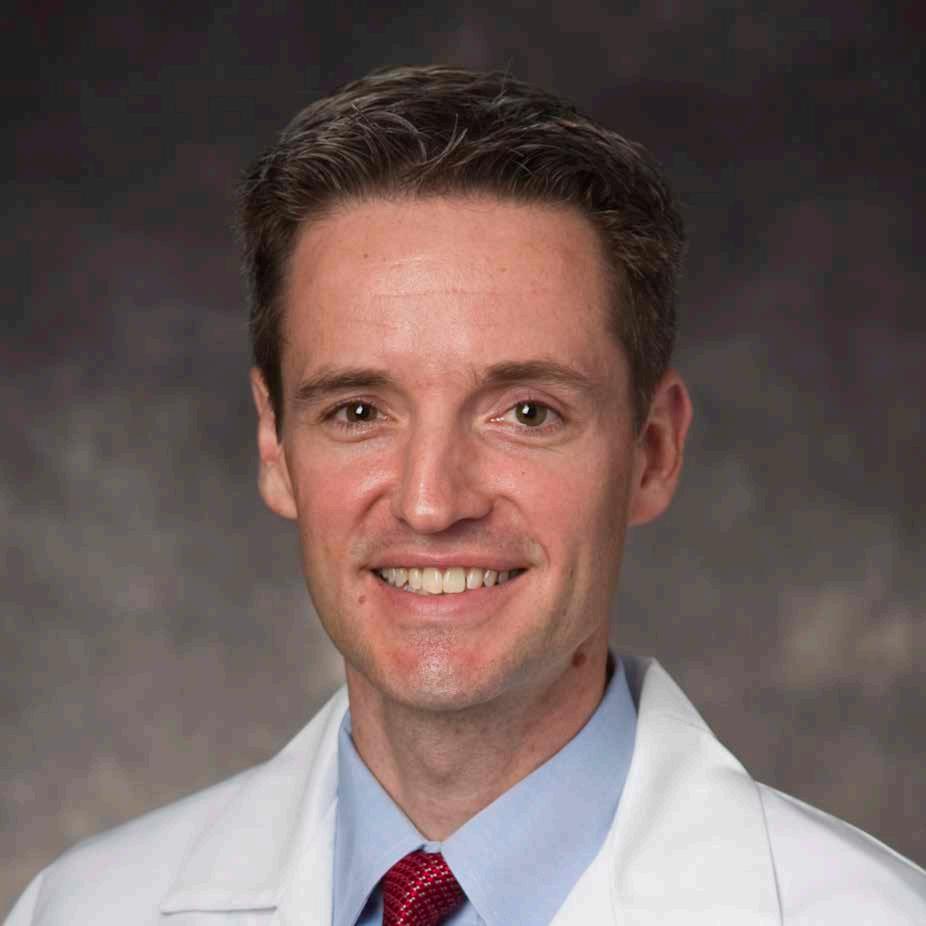
Raju Modi, MD
University Hospitals Parma Medical Center
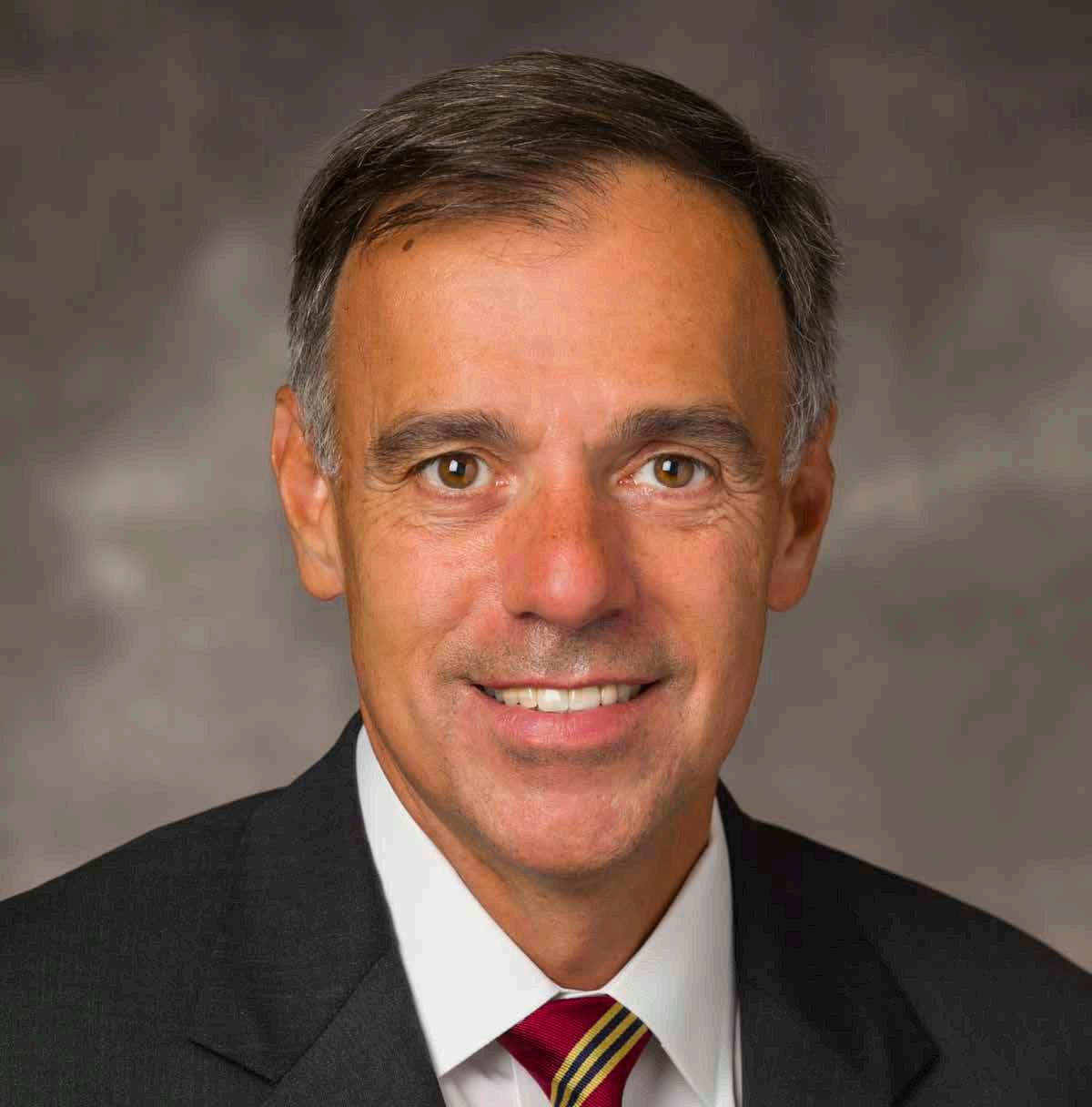

Joseph Sabik, III, MD
Chair, Department of Surgery
Surgeon-in-Chief
University Hospitals Health System

Luis Palma Dallan, MD
University Hospitals Samaritan Medical Center
Gregory Stefano, MD
University Hospitals Conneaut Medical Center
University Hospitals Geauga Medical Center
University Hospitals Geneva Medical Center
William Wolf, MD
University Hospitals Ahuja Medical Center
Paul Zellers, DO
University Hospitals Lake West Medical Center
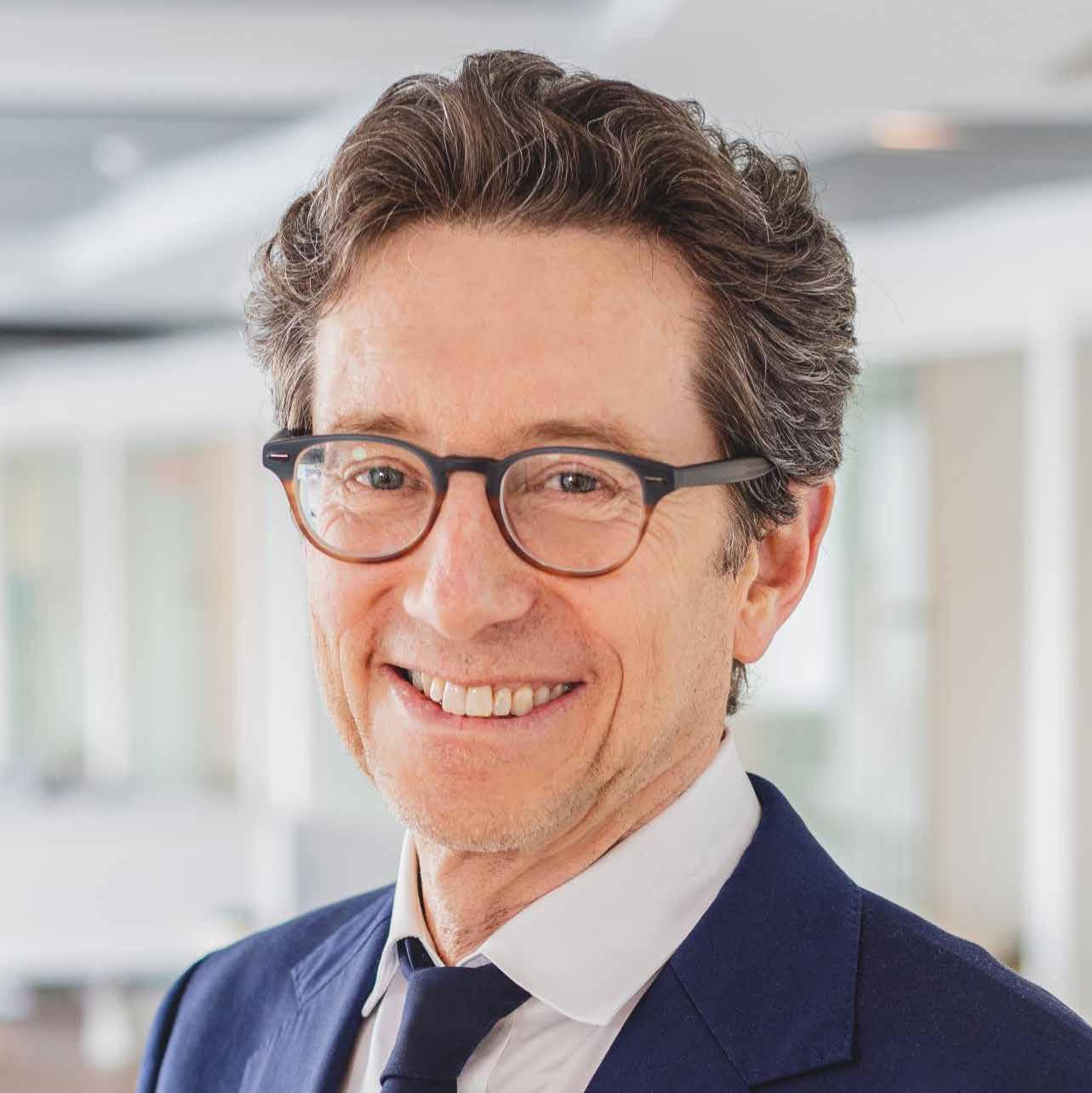
Daniel Simon, MD
President, Academic & External Affairs
Chief Scientific Officer, University Hospitals Health System
Jonathan Stamler, MD
President and Co-Founder
Harrington Discovery Institute at University Hospitals



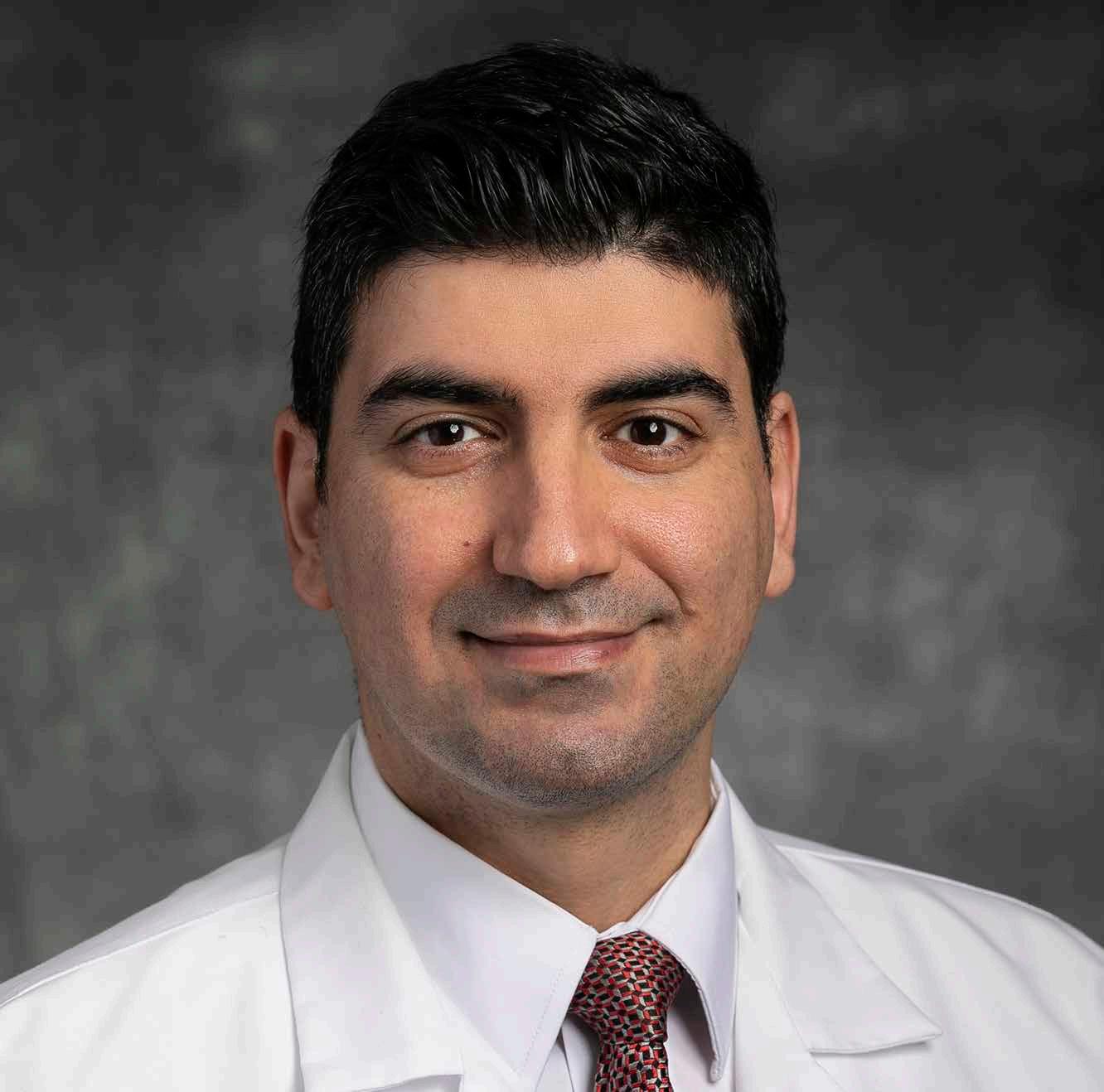

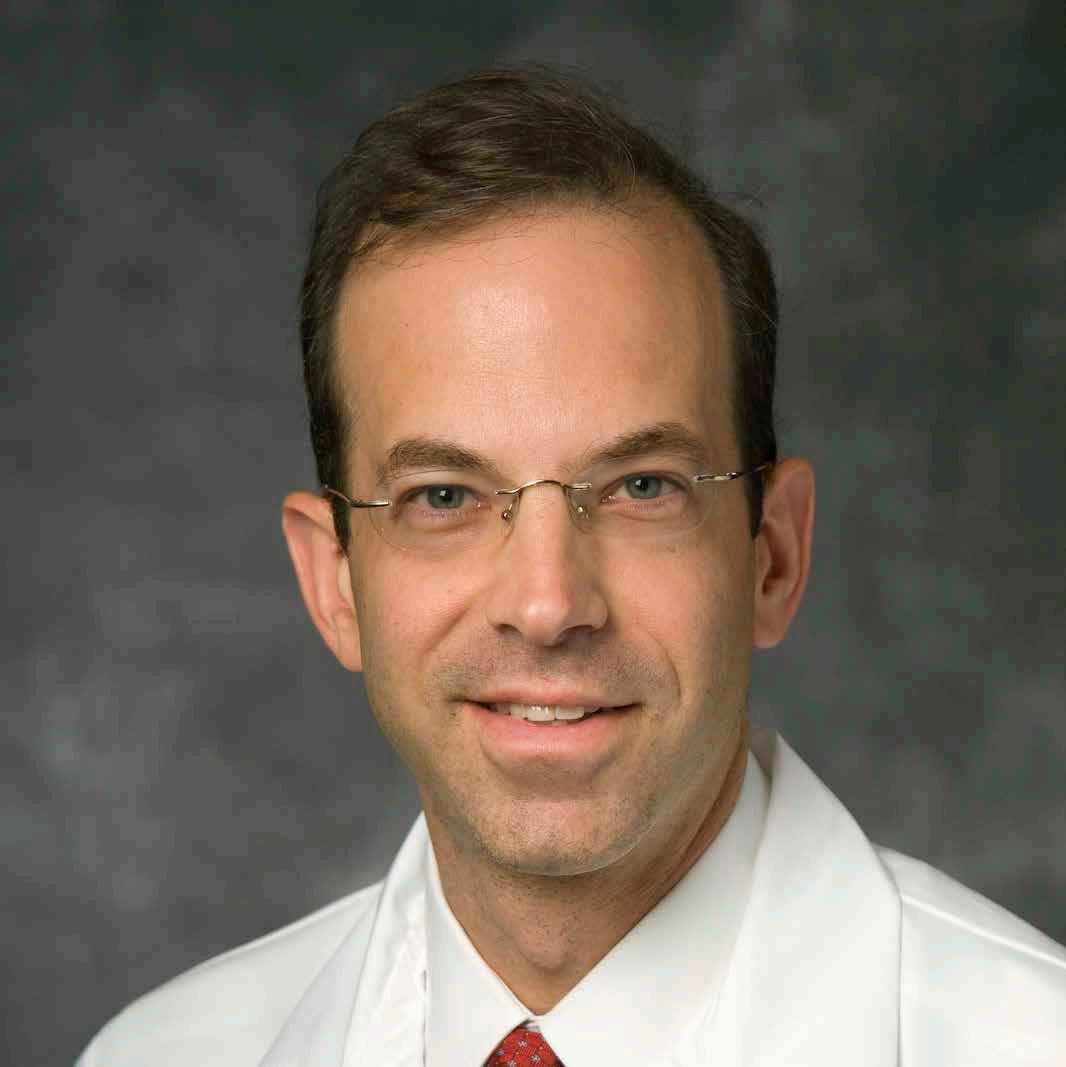
Teresa Carman, MD
Director, Vascular Medicine Fellowship

Steven Filby, MD
Director, Interventional Cardiology Fellowship
Director, Complex High-Risk Coronary Intervention (CHIP) Fellowship
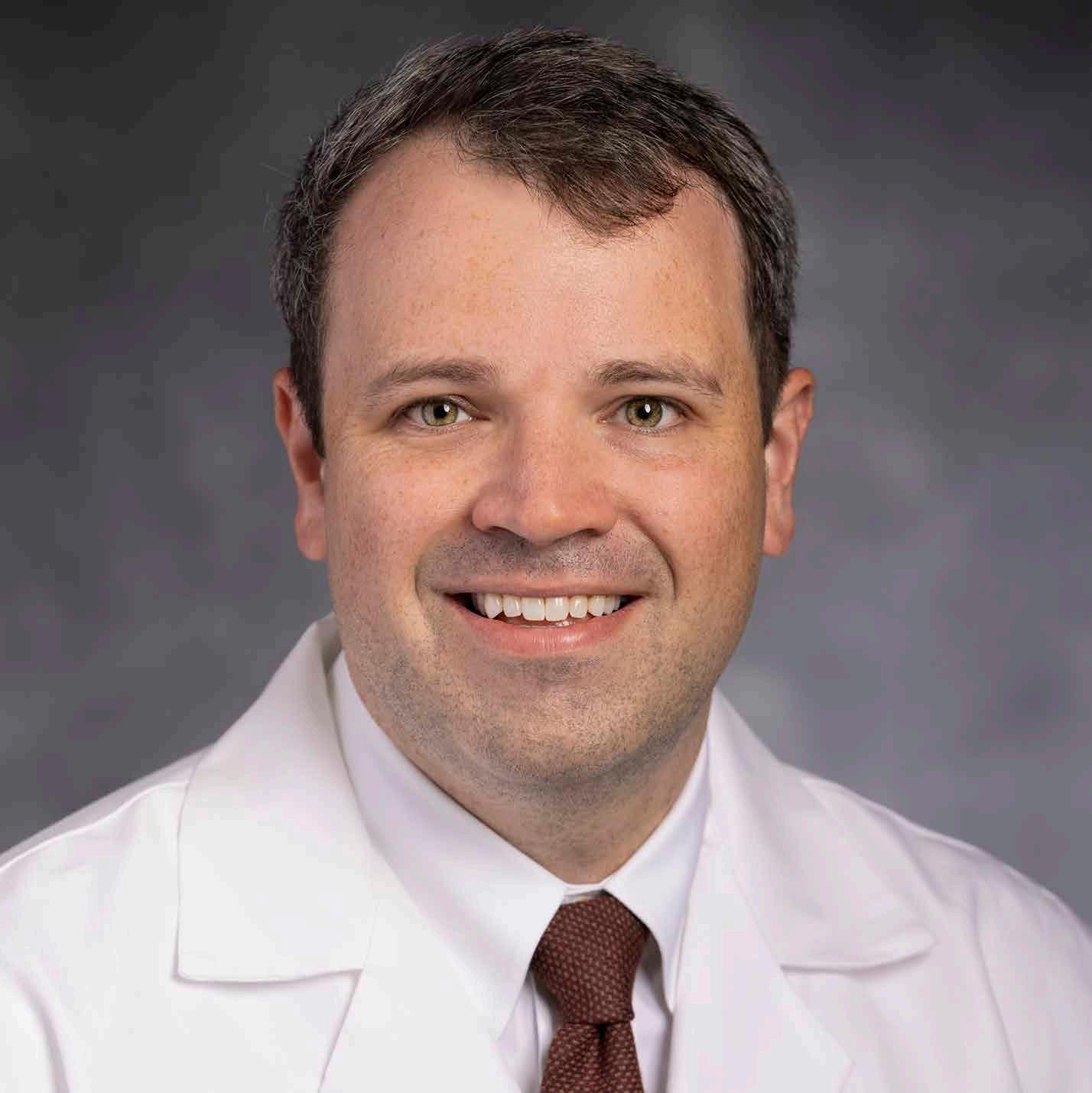
Eiran Gorodeski, MD, MPH
Director, Advanced Heart Failure and Transplant Cardiology Fellowship
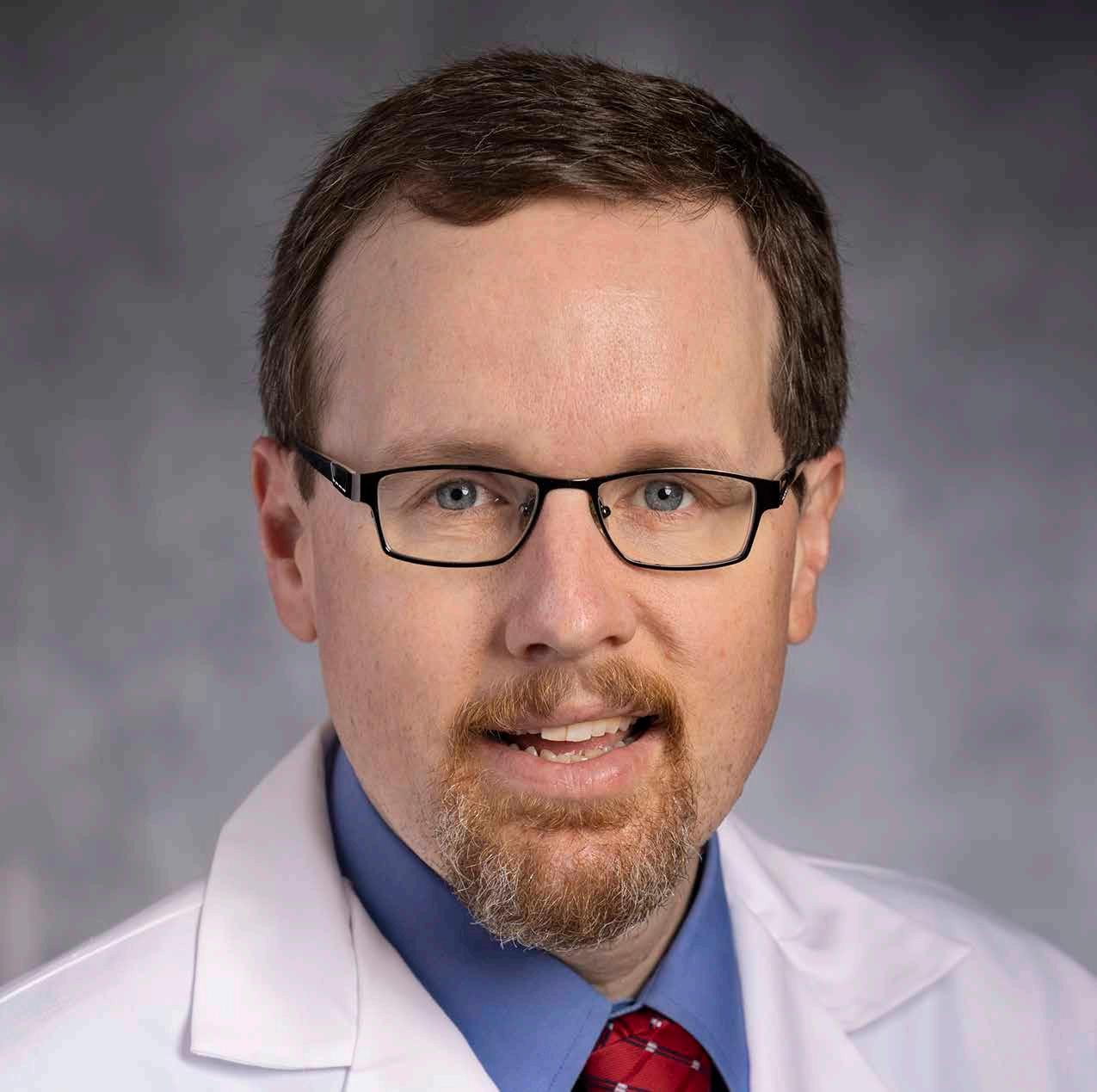
Tarek Hammad, MD
Associate Director, Interventional Cardiology Fellowship

Jonathan Kwong, MD
Director, Integrated Vascular Surgery Residency
Director, Vascular Surgery Fellowship
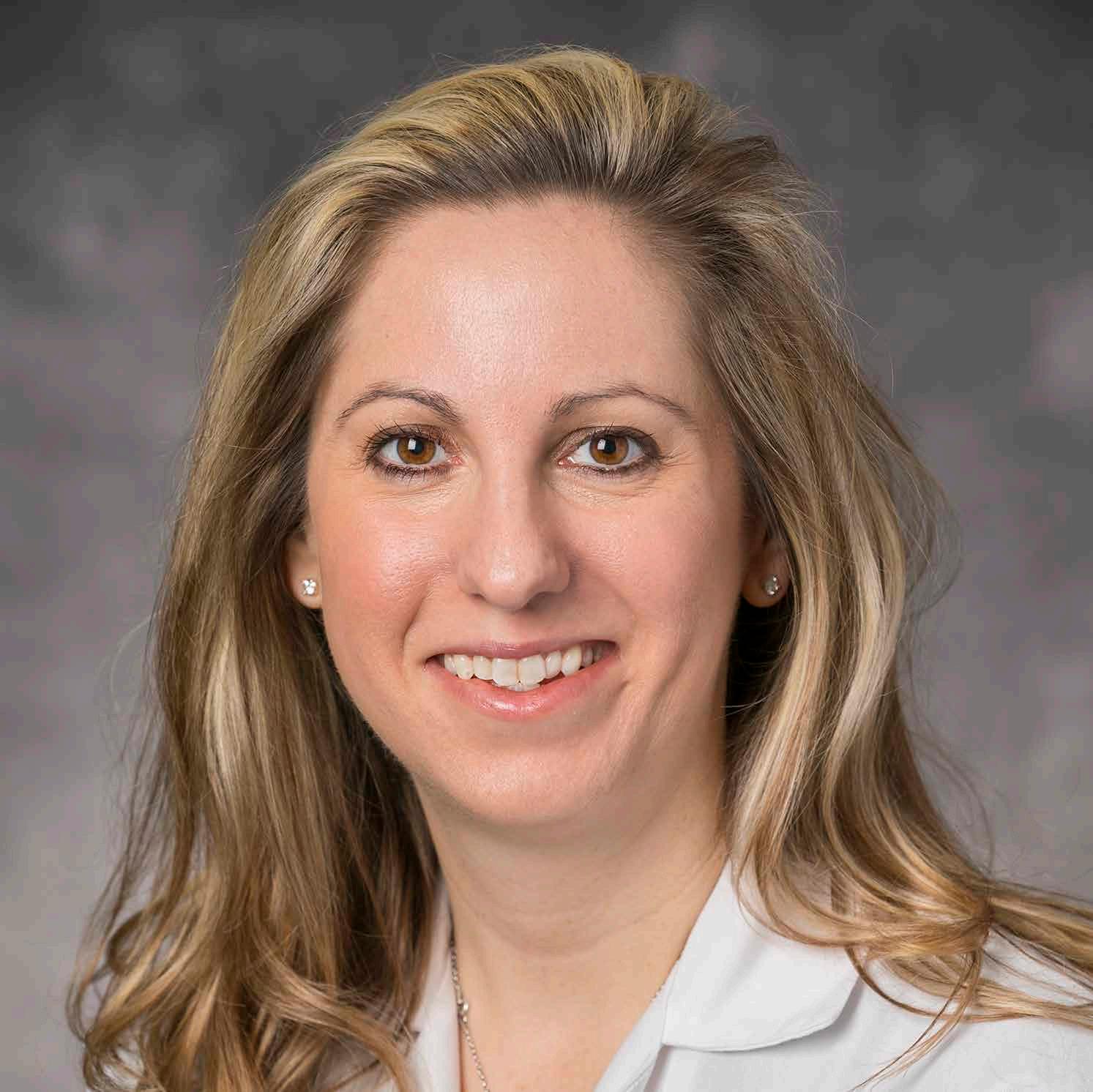
Philip Linden, MD
Director, Cardiothoracic Surgery Fellowship

Judith Mackall, MD
Director, Clinical Cardiac Electrophysiology Fellowship
Robert Montgomery, MD
Associate Director, Advanced Heart Failure and Transplant Cardiology Fellowship
Thomas J. O’Neill, MD
Associate Director, Cardiovascular Medicine Fellowship
Gregory Rushing, MD
Associate Director, Cardiothoracic Surgery Fellowship
Claire Sullivan, MD
Director, Cardiovascular Medicine Fellowship
Michael Zacharias, DO
Associate Director, Advanced Heart Failure and Transplant Cardiology Fellowship
January 1, 2023 - June 30, 2024
Absence of Mortality
Coronary Artery Bypass Graft (CABG) Surgery 0.8%
July 1, 2021 - December 31, 2023
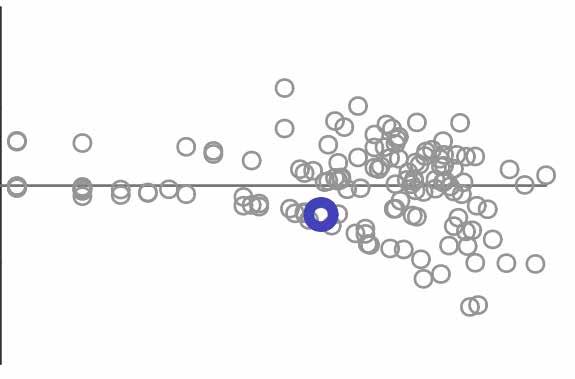
July 1, 2021 - December 31, 2023
The Estimated Hazard Ratio (HR) shows whether the program has higher than expected (greater than 1.0) or lower than expected (less than 1.0) failure rates (graft failures or patient deaths).
Adult (18+) 1-year (conditional on 90-day) deceased donor patient death HR program comparison
Transcatheter Mitral Valve Repair Mortality Left Atrial Appendage Closure Strokes
Established in 2013, the innovative cardio-oncology collaborative between University Hospitals (UH) Harrington Heart & Vascular Institute and UH Seidman Cancer Center is providing focused care prior to, during and after cancer treatment to prevent or minimize cardiac complications. Utilizing advanced cardiac monitoring, the cardio-oncology team can treat tumors in patients who may be considered ineligible for therapy at other centers. For example, treatment with fluorouracil (5-FU) can improve survival and quality of life for patients with colorectal, breast and stomach cancers, but is closely associated with cardiotoxicity. The UH cardio-oncology team has successfully treated patients who have failed outpatient therapy with inpatient 5-FU, significantly beating the national average for safe 5-FU treatment in high-risk patients. Separately, in an ongoing clinical trial, the team is examining the correlation between chemotherapy administration in patients with biopsy-confirmed breast cancer and decreased heart function, reduced exercise tolerance and cancerrelated fatigue.
+15.9%
Patient Volume in 2024

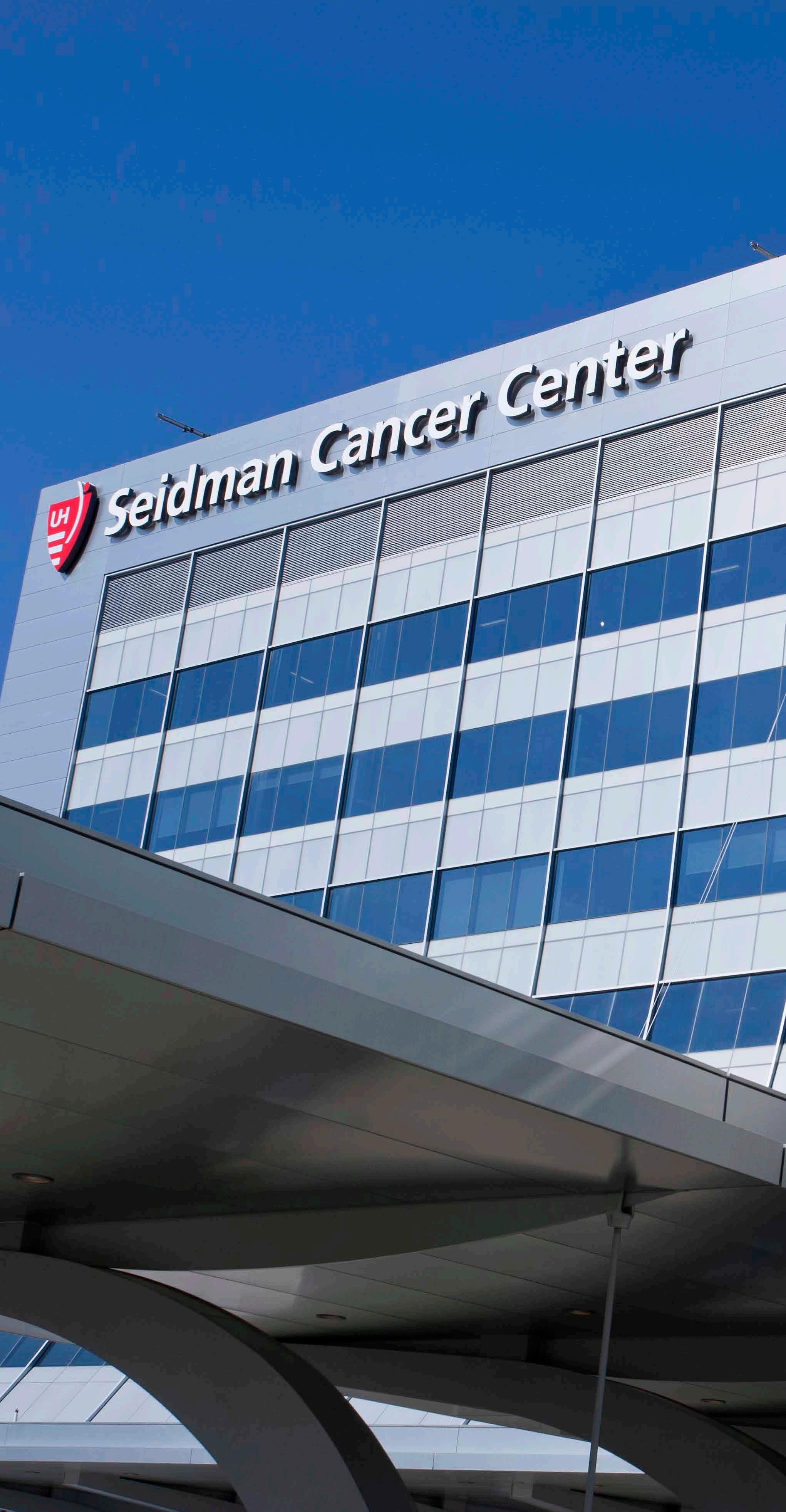
The Center for Integrated and Novel Approaches in Vascular-Metabolic Disease (CINEMA)continues to demonstrate significant reductions in cardiovascular disease risk (CVD) among patients with prediabetes or type 2 diabetes, according to two-year data published in 2024.
Study results showed reductions in body weight, blood pressure and lipids reduced overall CVD risk by 2.4 percent, while uptake of guideline-directed cardiometabolic medications increased significantly.
In addition to providing comprehensive care, ongoing research by CINEMA investigators is building a better understanding of those risks, including environmental factors. Results from one 2024 study pinpointed the connection between air pollution and up to 20 percent or more of global type 2 diabetes cases.
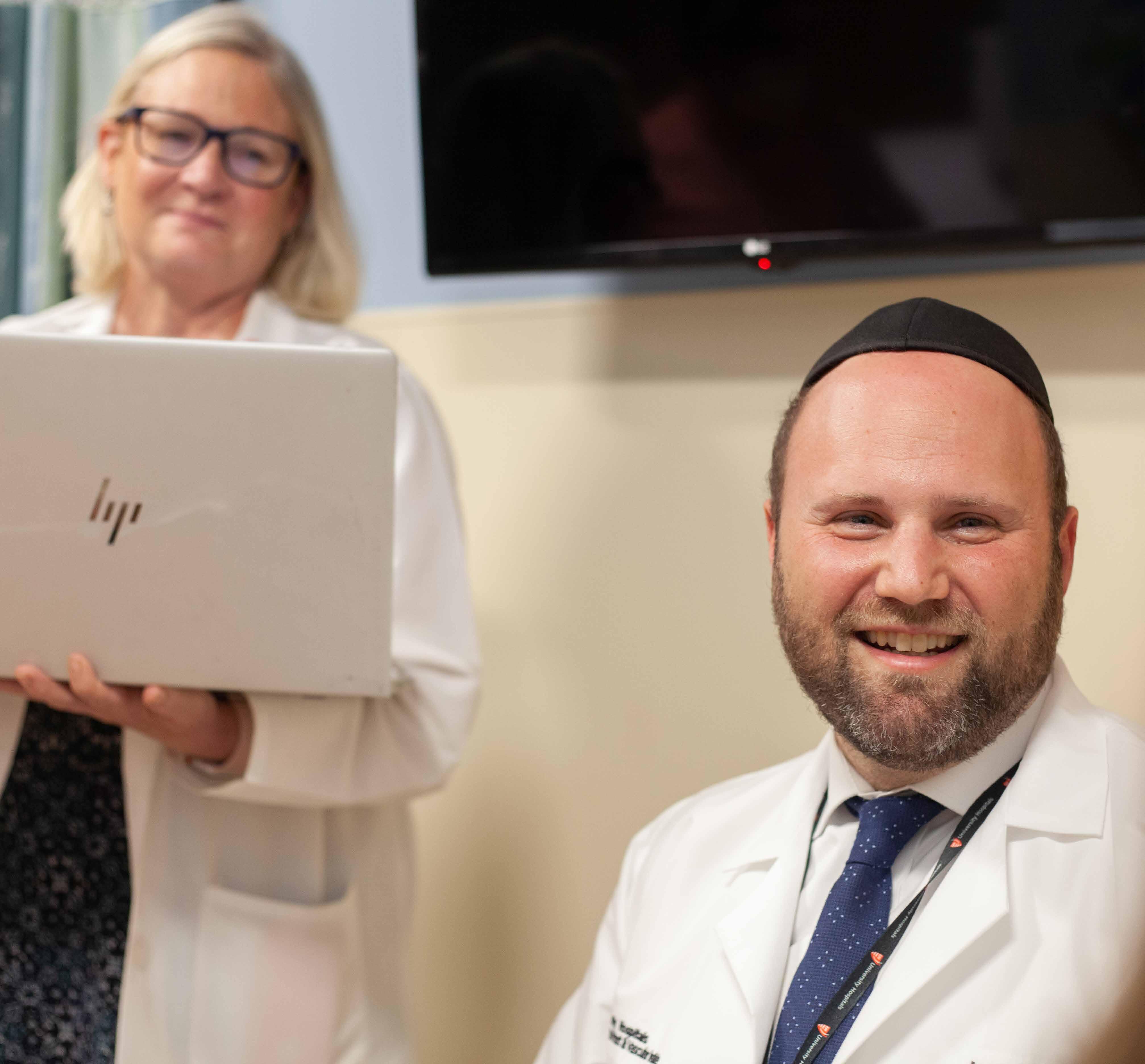
Underpinning progress in outcomes is the increasing adoption of GLP-1 medications, with patient uptake tripling over the two-year CINEMA study. UH Harrington Heart & Vascular Institute is at the forefront of national guidelines to clarify the safe use of these weight-loss medications, including compensation for muscle-related changes associated with rapid weight loss. In one clinical trial, UH investigators and colleagues found those adaptive changes were associated with reduction in muscle fat and improvement in muscle quality. Next, the team is planning a clinical trial to better understand the effects on GLP-1s at a molecular level—which could help to better inform treatment guidelines and lifestyle modifications for CINEMA patients experiencing weight loss.
Whether patients are professional athletes or avid recreational exercisers, University Hospitals Harrington Heart & Vascular Institute’s Sports Cardiology Center specializes in caring for known or suspected cardiac conditions in this unique population.
Conditions that may be straightforward in some circumstances can be more nuanced in athletes and highly active people. These include valve disorders, aortic dilation, hypertrophic cardiomyopathy and atrial fibrillation (Afib). Afib has a higher incidence among endurance athletes, particularly middleaged males. For all these patients, the team takes a comprehensive approach that considers other risk factors such as alcohol, supplements, hypertension, sleep apnea, family history and medications. Understanding the complete profile of cardiac conditions in athletes often requires advanced imaging, including cardiac MRI and advanced cardiopulmonary exercise testing.
These resources help the Sports Cardiology Center team better manage cardiac conditions in professional and masters athletes as well; University Hospitals is an official healthcare provider for the Cleveland Browns, Cleveland Monsters, Cleveland Ballet and Cleveland Marathon.
The Sports Cardiology Center led a 2024 study, published in JAMA Cardiology, which examined ECG data from 173 Women’s National Basketball Association (WNBA) players to identify cardiac changes. Though ECG changes have been previously observed in male and female athletes, there was a lack of data about women who play basketball. The study team found that 78.6 percent of WNBA players had training-related ECG findings, but they had lower rates of abnormal ECG than female professional soccer players or male NBA players. These data provide reference points for future cardiac evaluations of female basketball players.
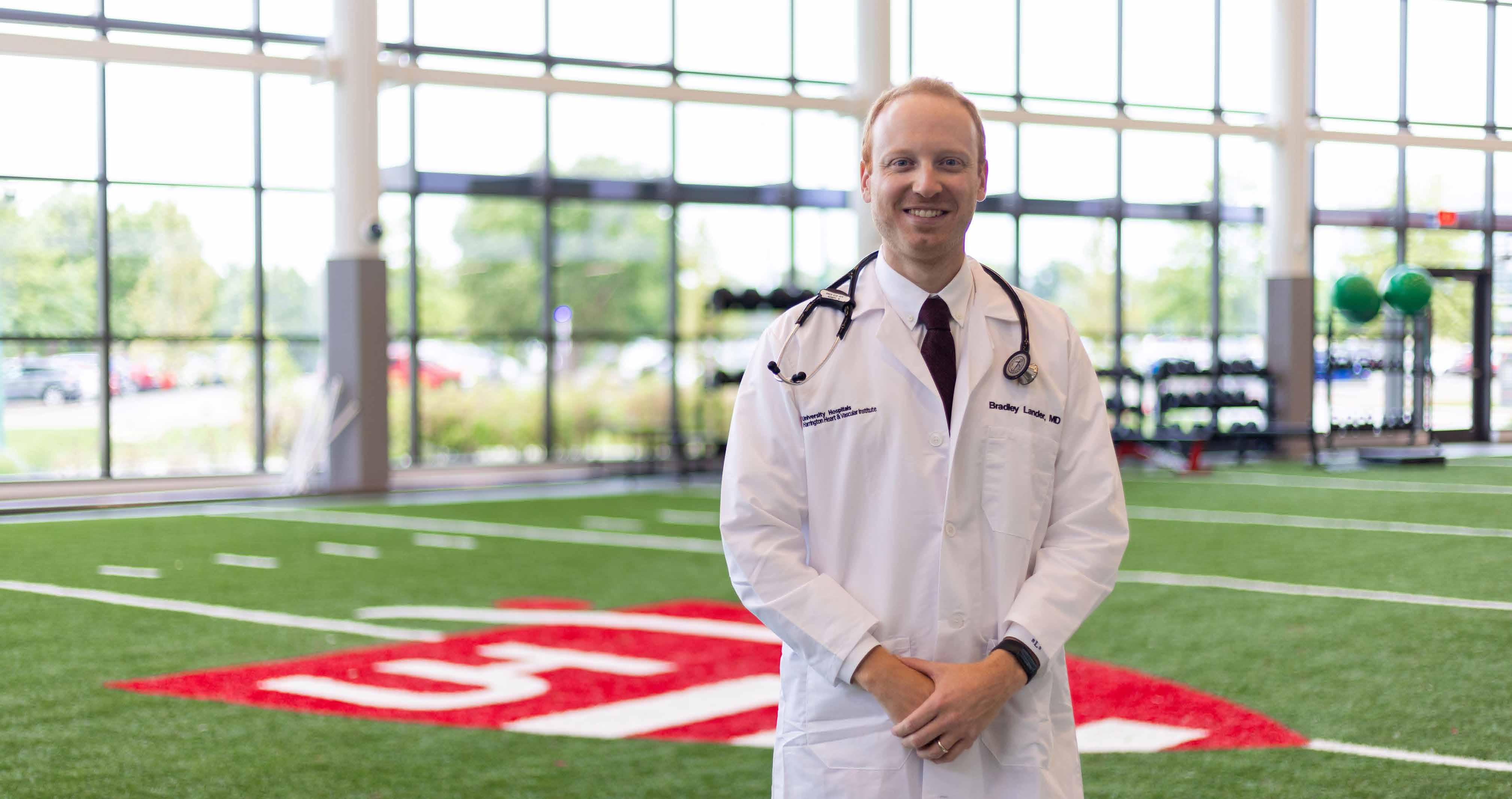
David Tschantz lived a healthy life with not so much as an overnight hospital stay until his late 50s. He then found himself getting more and more out of breath. Tests revealed David had a multitude of health problems including type 2 diabetes and congestive heart failure. His A1C was over 13 percent. He had high blood pressure, high cholesterol and his heart’s ejection fraction measured 30 percent.
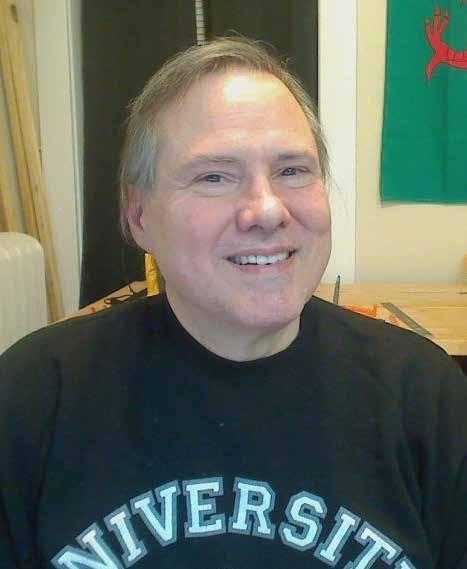
When 66-year-old John Zack suffered a ST-elevated myocardial infarction (STEMI) while running the Cleveland Marathon – his eighth 26.2-mile race –the “chain of survival” established by event medicine and emergency medicine at UH saved his life. After being treated in the medical tent, a cardiac catheterization, drug-eluting coronary stent and short hospital stay followed, and then John was on his way.
Then, in the fall of 2022, David was referred to University Hospitals (UH) Harrington Heart & Vascular Institute’s Center for Integrated and Novel Approaches in Vascular-Metabolic Disease (UH CINEMA), where he was treated by a multidisciplinary team to address his overlapping conditions with one comprehensive plan.
Over the next two years, nearly every aspect of David’s health improved. Now his A1C is normal, and he has no detectable diabetes. He’s lost 50 pounds. His breathing has returned to normal. His ejection fraction has recovered and is now in a better range, and his heart has healed itself with no evidence of heart failure. David says he has improved his diet and is now more physically active, including participation in UH CINEMA’s armchair workout classes.
“I’m back to doing things I enjoy, like building through carpentry, and I’m working with my brother,” said David. “Before CINEMA I didn’t have much hope of feeling good again, but now I feel as close as possible to my best, maybe even better!”
However, John’s care at UH did not end there. Determined to maintain his status as an elite runner, he underwent a comprehensive review in the Sports Cardiology Center at UH Harrington Heart & Vascular Institute. An echocardiogram and an advanced cardiopulmonary exercise test were performed to measure various metabolic and cardiac parameters to help guide a return to competition. John was also prescribed cardiac rehabilitation, where his care team could closely monitor him as he returned to exercising at a high level.
John’s results speak for themselves. After suffering a heart attack on May 19, 2024, he ran a 10K on November 16, 2024, just six months later.
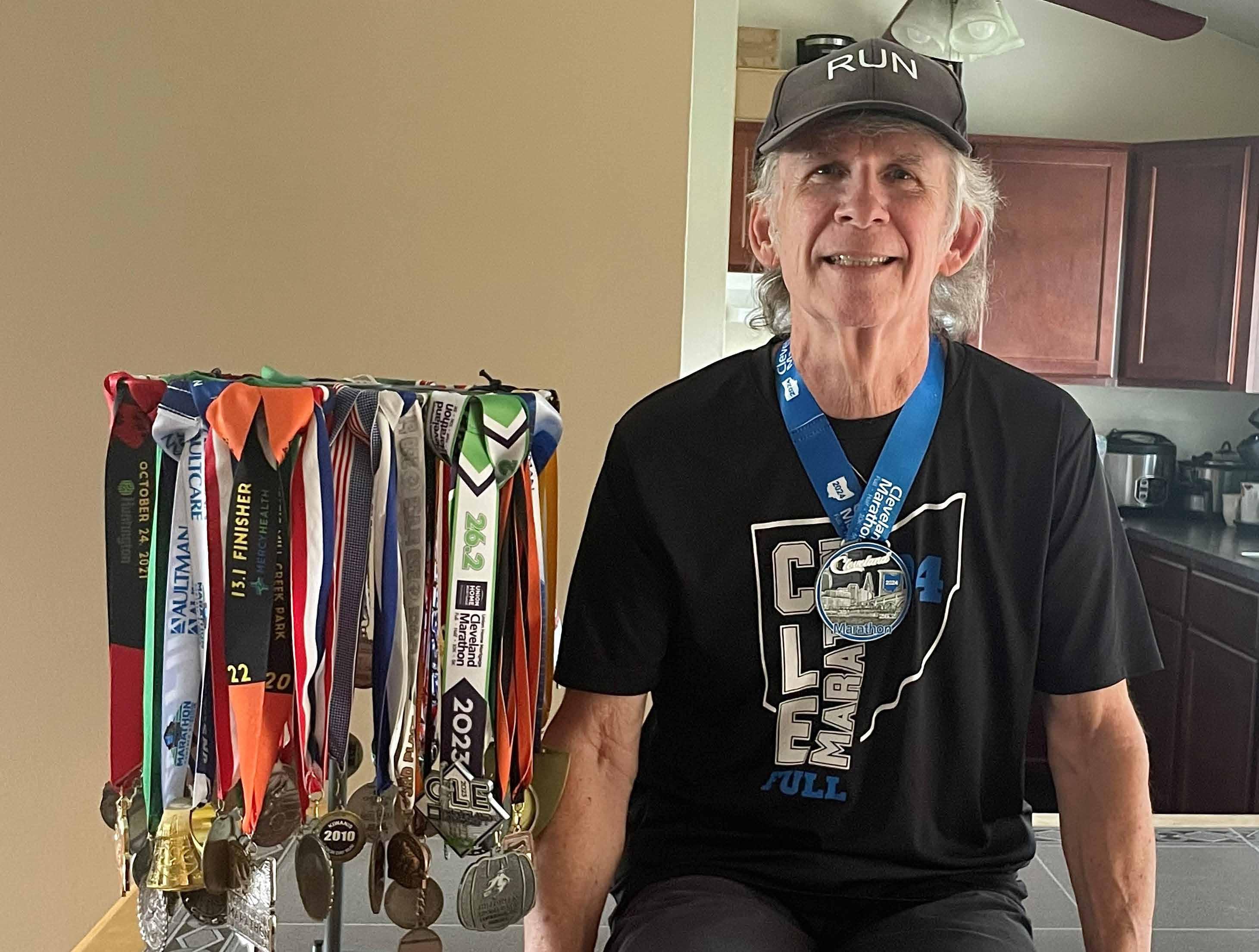
With an increasing number of applications, CT and MR protocols are being utilized not only to better pinpoint problems in the heart and arteries, but to assess cardiac risk and enhance therapeutic and surgical approaches to treat cardiac disease.
Fractional flow reserve computed tomography (FFRCT), a groundbreaking noninvasive diagnostic tool first used in the U.S. at University Hospitals (UH) Harrington Heart & Vascular Institute, has demonstrated significant clinical benefits in managing coronary artery disease (CAD). The institute’s adoption of FFRCT in 2015 marked a shift toward precision, patient-centered cardiac care. With two additional UH sites offering this imaging tool in 2024 and three more planned for 2025, FFRCT is reaching more UH patients as a transformative tool for safe and accurate risk stratification with reduced downstream invasive and noninvasive testing.
Setting a New Standard for Pericardial Imaging
UH Harrington Heart & Vascular Institute cardiologists co-authored an international position statement addressing significant advancements in multimodality cardiac imaging for pericardial diseases. Published in JACC: Cardiovascular Imaging and endorsed by the American College of Cardiology Imaging Council and the Society of Cardiovascular Magnetic Resonance, the statement underscores the critical role of advanced imaging modalities in enhancing diagnosis, risk assessment and patient monitoring.
This collaborative effort aims to bridge educational gaps among clinicians, promoting standardized evaluation and treatment approaches—ultimately improving patient outcomes.
As the world’s largest no-cost calcium scoring program, UH Harrington Heart & Vascular Institute cardiologists and radiology colleagues have performed more than 140,000 scans over the past 10 years to identify at-risk patients and reduce cardiovascular events at scale. Calcium score exams are completed for more than 26,000 patients each year, fueling recent research stratifying cardiovascular risk among patients with both direct cardiovascular involvement and other nonconventional cardiovascular risk factors. Additional studies characterize outcomes of interventions, such as percutaneous coronary intervention.
UH Harrington Heart & Vascular Institute’s Center for Advanced Heart & Vascular Care serves as the core MR imaging provider for four ongoing clinical trials, securing numerous National Institutes of Health (NIH) and industry grants for the development of advanced imaging techniques. With continued collaboration among the structural heart team, a Medtronic-funded study is using exercise cardiac MRI to assess the hemodynamic and myocardial impacts of different TAVR approaches.
5%
Growth in MR scans
60%
Growth in FFRCT Volume
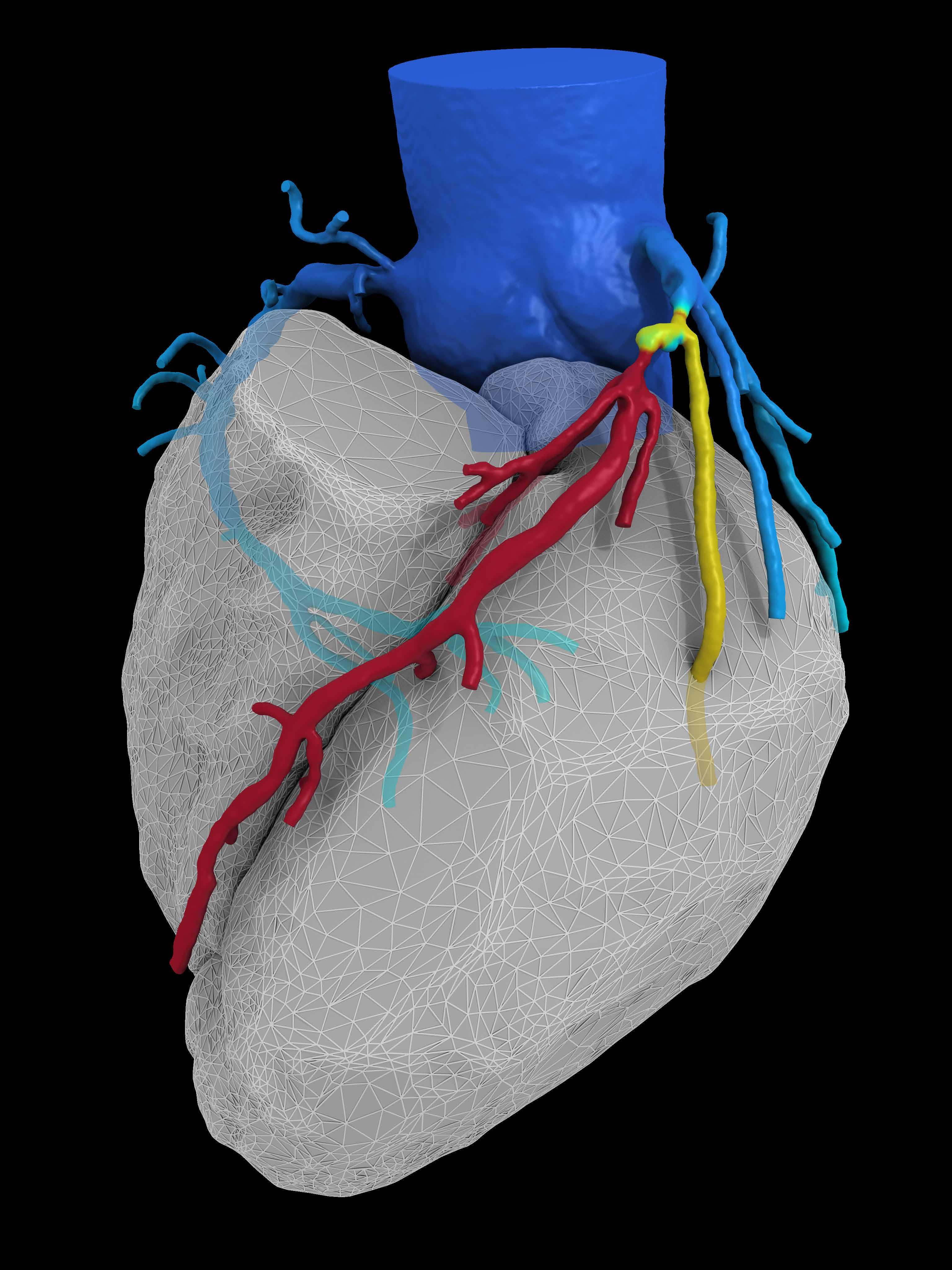
The consolidation of 31 echo labs across locations, which collectively held multiple accreditations from the Intersocietal Accreditation Commission (IAC), into one system accreditation has streamlined ongoing quality efforts. All echocardiogram readers and sonographers from across locations now attend one system quality meeting and perform quarterly quality exercises. A total of 80,497 exams were performed within system-wide echocardiogram labs, an increase of 8.7 percent over 2023.
Enhancing Imaging with Artificial Intelligence (AI)
University Hospitals (UH) Harrington Heart & Vascular Institute physician researchers are studying the implementation of Ultromics’ EchoGo® Heart Failure platform in the detection and management of heart failure with preserved ejection fraction (HFpEF). The AI tool has demonstrated high sensitivity and specificity in detecting HFpEF by using a single apical four-chamber echocardiographic view to surpass limitations in traditional diagnostic methods. Its use could help improve diagnostic accuracy, reduce indeterminate cases and facilitate timely intervention for patients at risk.
Separately, the team is conducting research for developing AI tools to enhance hybrid single photon emission computed tomography (SPECT) cardiac stress imaging with CT attenuation correction in collaboration with Case Western Reserve University, UH Ventures and GE. With institutional review board (IRB) approval completed, the goal of the prospective research is to develop commercially viable AI tools to enhance sensitivity and specificity of nuclear imaging.
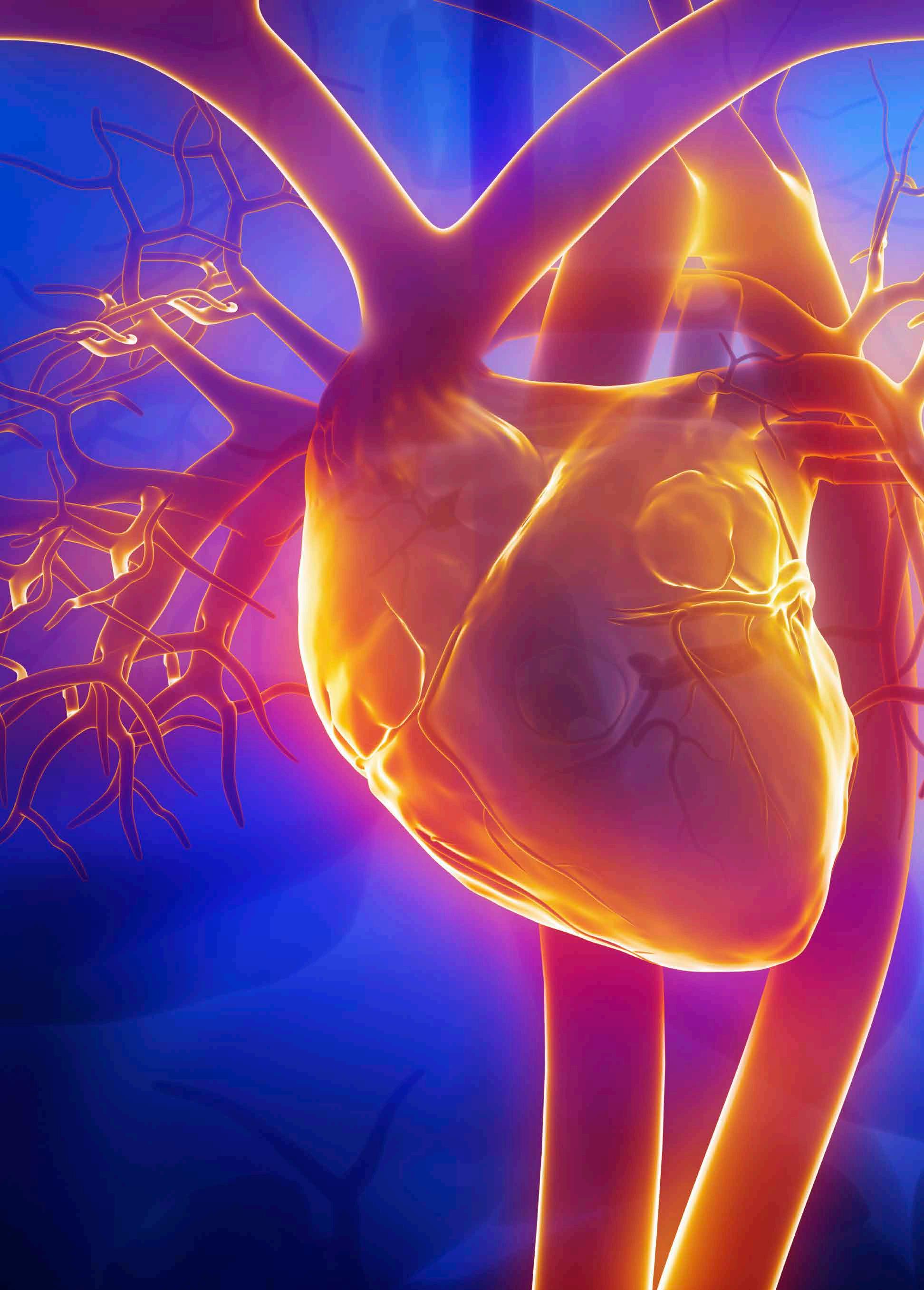
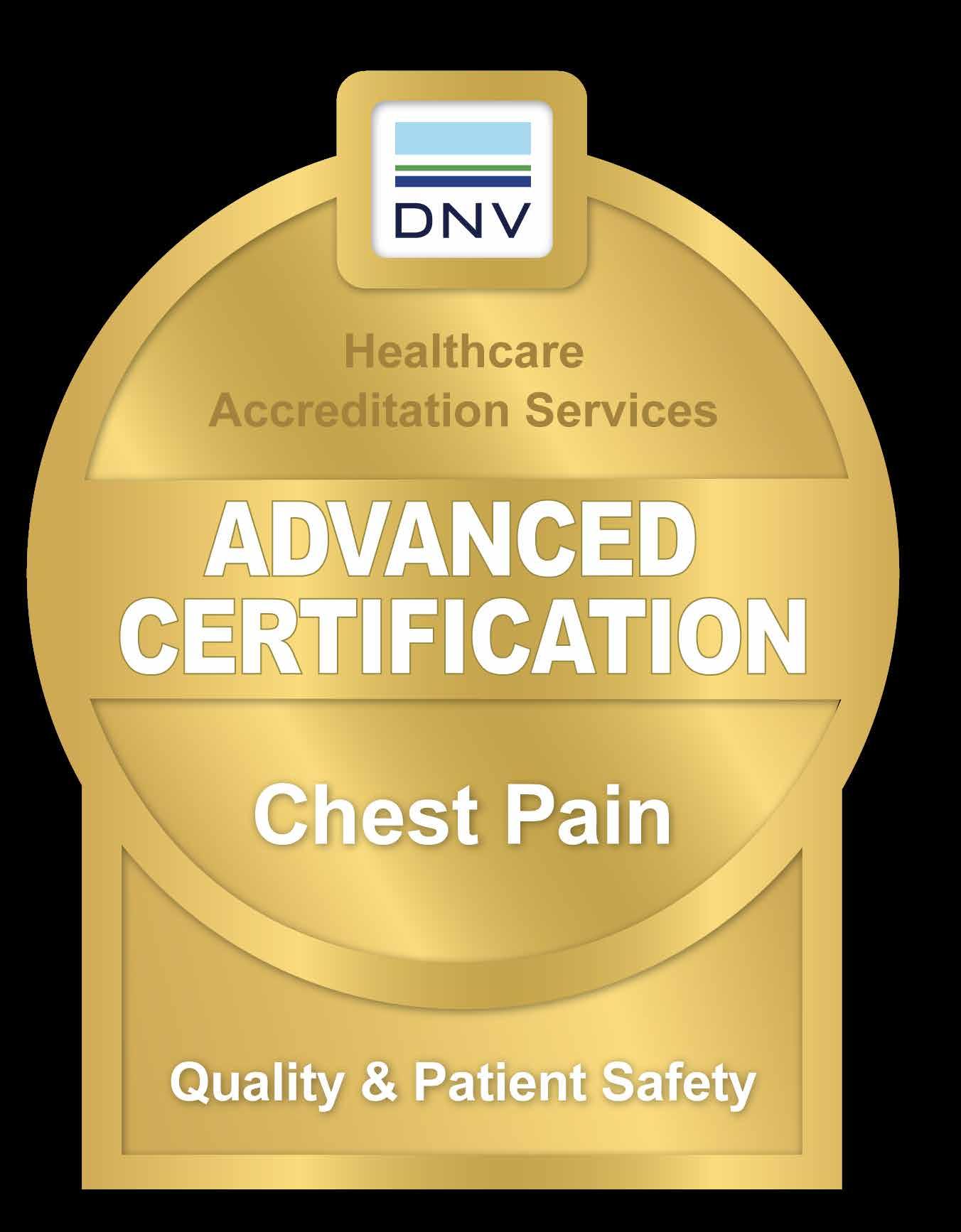
UH Harrington Heart & Vascular Institute sites across 11 medical centers have achieved Advanced Chest Pain Certification (ACPC) from DNV, a globally recognized independent certification, assurance and risk management provider that sets industry standards for excellence. The institute is the first in Ohio with a DNV-endorsed ACPC and the first in the U.S. with a DNV-endorsed, system-level ACPC.
Among the fastest growing areas of care within the institute, electrophysiology procedures – including electrophysiology studies, ablations, implantable cardiac defibrillators, pacemakers and lead extractions – have increased by 42 percent over the past five years, led by rapidly expanding services in the community. Catheter ablation procedures alone grew by 25 percent in 2024, with nearly 2,000 performed.
For patients amenable to both ablation treatment and left atrial appendage closure, an FDA-approved concomitant procedure was launched in 2024, enhancing safety by eliminating the need for dual procedures and anesthesia administration. University Hospitals (UH) Harrington Heart & Vascular Institute is one of a select number of programs nationwide offering the dual procedure, with high volumes and excellent safety and outcomes.
UH Harrington Heart & Vascular Institute is one of the top-enrolling sites, among 35 selected, for a study of a new catheter ablation technique for patients with paroxysmal atrial fibrillation (AFib) who failed antiarrhythmic medication. The new technique uses the THERMOCOOL SMARTTOUCH® SF Catheter with the TRUPULSE™ Generator to enable both pulse field and radiofrequency ablation via a single hybrid catheter, eliminating the need for separate catheters. Researchers are exploring whether the approach might reduce patients’ AFib episodes, hospitalizations or cardioversions while simplifying the procedure.
The institute’s physician-scientists have long been at the forefront of investigating leadless pacemakers and implantable cardioverter-defibrillators (ICDs), most recently participating in investigational device exemption trials that helped bring to market the novel AVEIR™ VR Leadless Pacemaker and Aurora EV-ICD™ System.
Leadless devices are advancing cardiac rhythm management by simplifying implantation, improving patient comfort and reducing risks associated with transvenous leads. The Aveir system, smaller than a AAA battery, offers both single- and dual-chamber leadless pacing to treat a range of slow or abnormal heart rhythms.
Extravascular ICDs are positioned outside the vascular space to treat sudden cardiac arrest and tachycardia. They address limitations of transvenous ICDs by avoiding major intravascular and leadrelated complications like venous occlusion and endocarditis, while providing safe and effective defibrillation with improved pacing capabilities.
Cardiac electrophysiologists at UH Harrington Heart & Vascular Institute offer the full range of leadless and extravascular pacing options, with eligibility and device selection highly personalized to each patient’s specific condition with long-term outcomes in mind. Challenging vascular access or increased infection risk may point to leadless options; the extravascular approach can reduce long-term, lead-related morbidity, of particular concern for younger patients who may require multiple lifetime device revisions.
When medications weren’t controlling heart failure symptoms for Lela Glass, her care team at University Hospitals (UH) Harrington Heart & Vascular Institute decided she would be a good candidate for cardiac contractility modulation (CCM). A first of its kind, FDA-approved minimally invasive therapy, CCM improves the contraction of the heart, allowing more oxygenrich blood to reach the body. It delivers precisely timed electrical pulses to the heart and can be used in conjunction with medications and other heart failure therapies to help the heart work better and more efficiently.
UH Harrington Heart & Vascular Institute was the first in Northeast Ohio and among the first hospitals in the U.S. to use CCM therapy, delivered by the Optimizer® system, to treat patients suffering from heart failure.
After years of negative symptoms, Lela reported feeling significantly better after implant. “Within two weeks I had a lot more energy. I wanted to be active. I wanted to exercise and work in the yard,” she said.
Lela, in her early 70s, continues to be monitored by her cardiologist and has a defibrillator and pacemaker, but she’s living life in a way she hasn’t in years.
“I was tired of being tired and I wanted my life back. Now I have it,” she said.
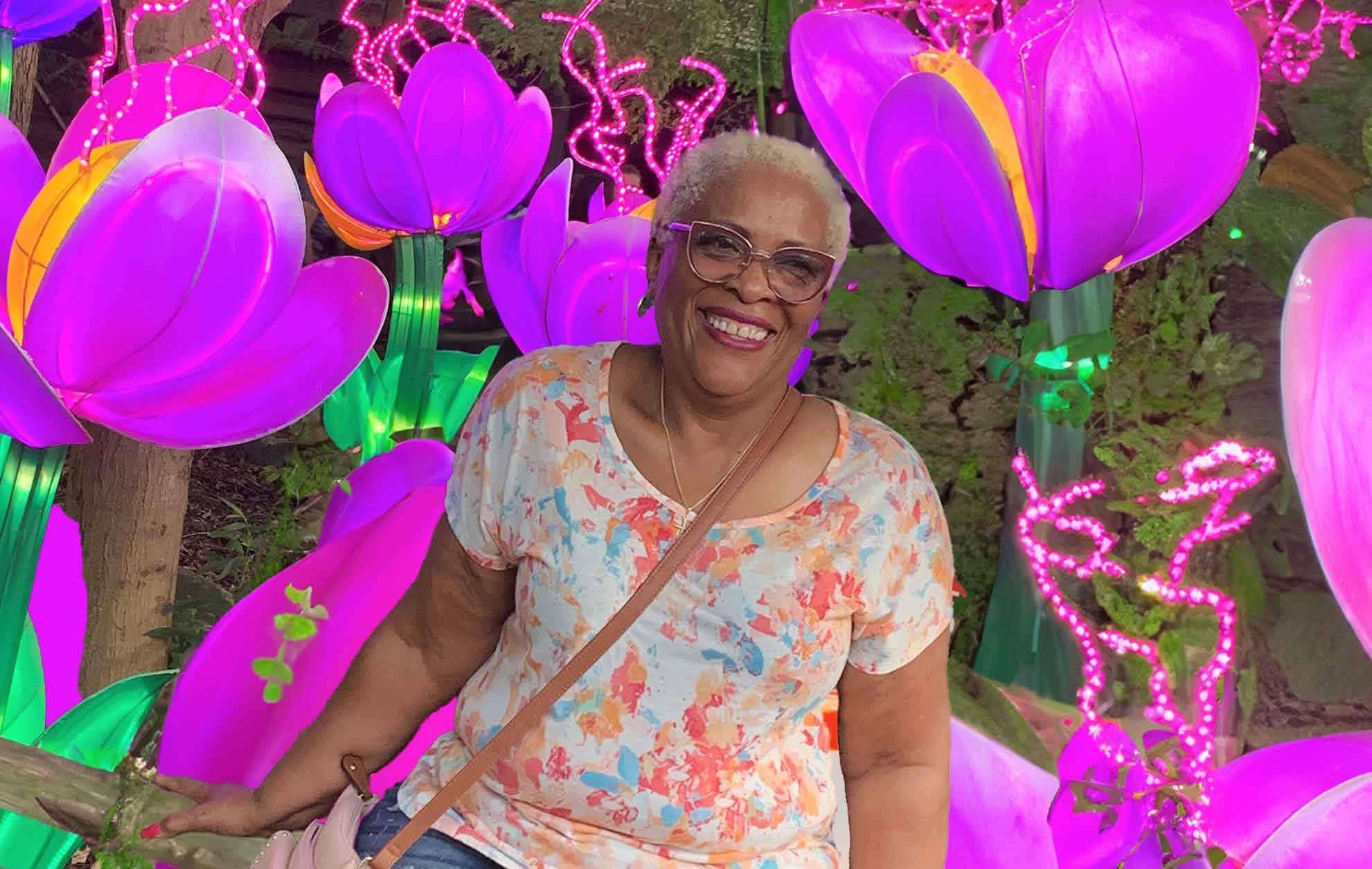
In 2024, University Hospitals (UH) Harrington Heart & Vascular Institute was accepted into the International Registry of Acute Aortic Dissection (IRAD), a consortium of 58 large referral and research centers in 13 countries evaluating the current management and outcomes of acute aortic dissections. The Aortic Disease Center convenes multidisciplinary team case discussions and offers access to next-generation treatments, which are resulting in notable patient outcomes. The team continues to expand the number of therapies available for patients with participation in prominent trials and registries, including:
Gore TOGETHER and GREAT registries, tracking outcomes for the Thoracoabdominal Multibranch Endoprosthesis (TAMBE) – the first FDA-approved, offthe-shelf, endovascular repair solution for treatment of complex aneurysmal disease involving the visceral aorta – and the Thoracic Branch Endoprosthesis (TBE), among other thoracic and abdominal endografts.
ADVANCE trial, a prospective randomized trial evaluating long-term efficacy between the Gore EXCLUDER® abdominal endoprosthesis and Medtronic EndurantTM abdominal endograft.
stAAAble trial, a randomized controlled study evaluating the efficacy of pentagalloyl glucose compound in stabilizing and preventing the growth of small- and medium-sized abdominal aortic aneurysm.
AMDSTM Hybrid Prosthesis, in use with FDA Humanitarian Device Exemption, the world’s first aortic arch remodeling device for use in treating acute DeBakey type I aortic dissection.
TRIOMPHE trial, evaluating the NEXUS® Aortic Arch Stent Graft System for endovascular treatment of aortic arch lesions, including chronic dissections, aneurysms, penetrating aortic ulcers and intramural hematoma of the thoracic aorta involving the aortic arch.
IMPROVE-AD, a National Institutes of Health (NIH) sponsored trial investigating the safety and efficacy of preemptive treatment of uncomplicated acute type B aortic dissection.
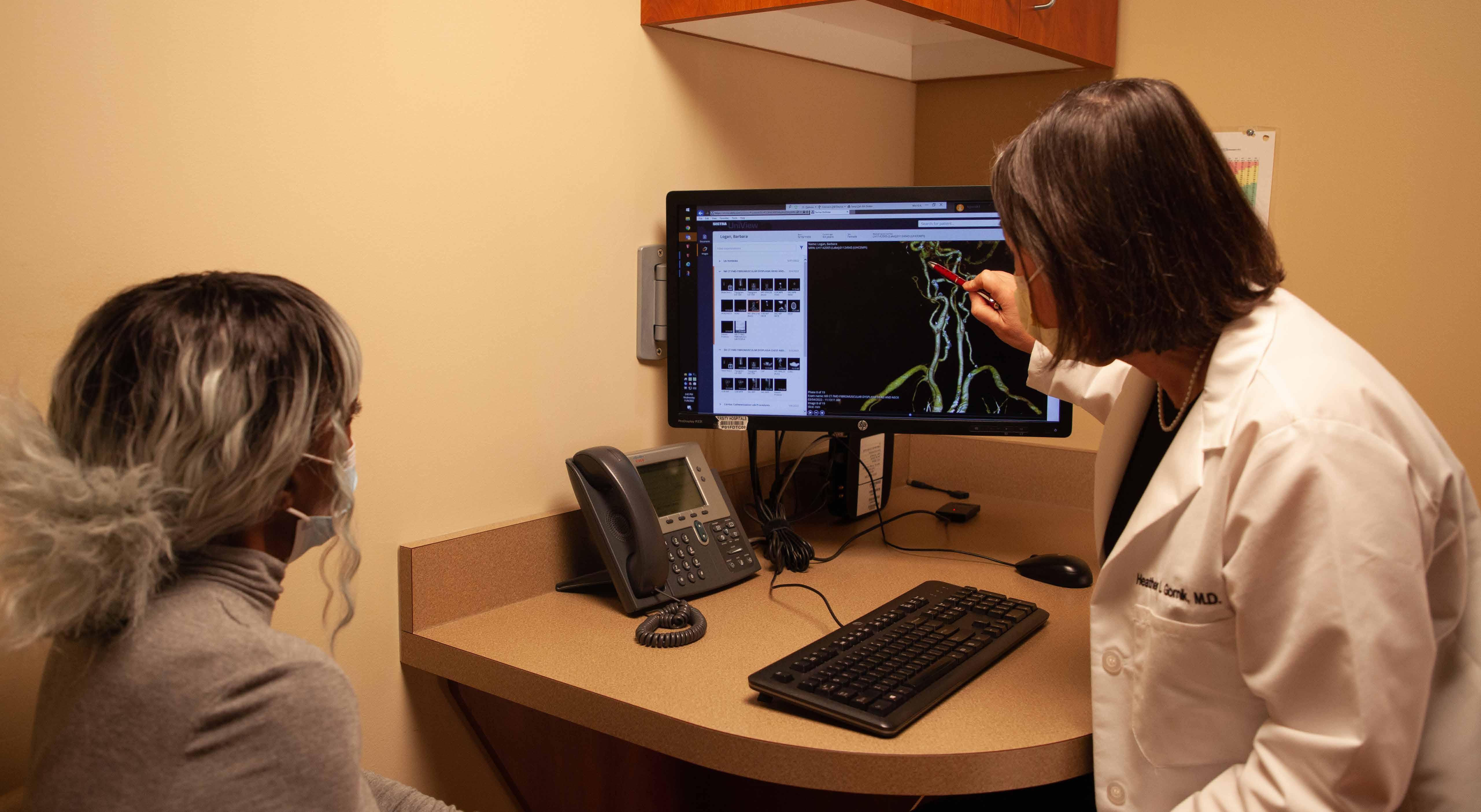
TOP ENROLLING SITE FOR FIBROMUSCULAR DYSPLASIA AND ARTERIAL DISSECTIONS
UH Harrington Heart & Vascular Institute is among the top enrolling sites in both the North American Registry for Fibromuscular Dysplasia (FMD) and the International SCAD (iSCAD) Registry for spontaneous coronary artery dissection (SCAD). To help patients with these conditions live their best lives, the institute team also launched a support group. Managing brain aneurysms, maximizing kidney health and accessing interventional cardiovascular care are just a few of the topics addressed during 2024 virtual forums hosted by UH Harrington Heart & Vascular Institute, bringing together more than 400 individuals living with FMD and arterial dissection from across the globe. The ongoing group began with a dozen patients in a conference room at a UH community hospital, growing into a quarterly international forum convening patients and FMD experts from the field, presented in partnership with the FMD Society of America, a national patient advocacy organization.
A comprehensive report, published by University Hospitals (UH) Harrington Heart & Vascular Institute in Seminars in Vascular Surgery, provides pivotal guidance on the rapidly evolving field of venous disease and available therapies. The report addresses the appropriateness of care in deep venous disease of the lower extremities, inappropriate use of deep venous procedures for the lower extremities, acute thrombotic iliofemoral disease, use of intravascular ultrasound, and treatment with antithrombotics and antiplatelets. It also includes a discussion of data on thrombus-clearing devices and deep pelvic venous stenting, among other topics. While these technologies have evolved rapidly over the last decade, evidence-based guidelines have been slow to develop. This report reviews current deep venous therapies and needed work to fill gaps.
The Pulmonary Embolism Response Team (PERT) was launched in 2018 as a multidisciplinary group of specialists dedicated to providing rapid, real-time consultation and collaboration to better manage pulmonary embolism (PE) patients. The group consolidates expertise around PE treatment to deliver the most advanced care. Because PE is so often lifethreatening, the PERT clinicians are continually seeking and implementing new ways to improve outcomes for patients. In the recently completed AVENTUS clinical trial, UH clinicians are evaluating a next generation thrombectomy system for the removal of emboli and thrombi. The multicenter, prospective, single-arm trial is exploring whether the system offers a more streamlined, efficient, precise thrombectomy solution for treating life-threatening blood clots in patients.
Generally underrecognized and undertreated compared to other cardiovascular diseases, peripheral artery disease (PAD) remains a priority for specialists at UH Harrington Heart & Vascular Institute, where experts played a pivotal role in chairing and writing new patient management guidelines. Convened by the American Heart Association and American College of Cardiology, the new 2024 PAD guidelines cover multiple clinical presentation subsets, including asymptomatic, chronic symptomatic, chronic limbthreatening ischemia and acute limb ischemia.
UH specialists also recognize that despite the availability of updated, evidence-based guidelines for PAD, disparities in disease management remain a challenge among underserved populations, who are also disproportionately impacted by the condition. In 2024, the team joined a prestigious panel of fellow experts convened by the American Journal of Managed Care, to examine these disparities in cardiovascular disease management.
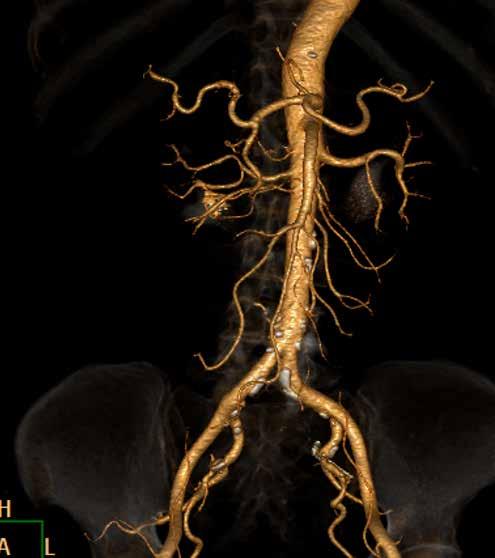
Launched with a $5 million gift from Lorraine and Bill Dodero, the Lorraine and Bill Dodero Limb Preservation Center is creating a national destination for patients living with critical limb-threatening ischemia (CLTI), the end stage of peripheral artery disease (PAD). The center builds on the institute’s growth and innovation in limb preservation and promotes further discovery of new treatments for CLTI and diabetes-associated arterial diseases.
An FDA-approved, minimally invasive procedure, LimFlow, bypasses blockages in arteries of the legs and restores blood flow, saving the legs of patients with severe vascular disease who are not candidates for traditional bypass surgery or revascularization. FDA approval followed results from the PROMISE II Multicenter Prospective Study, co-led by University Hospitals (UH) Harrington Heart & Vascular Institute, which found that the therapy enabled most patients treated to keep their leg and experience wound healing. PROMISE II study results showed 76 percent of the 105 CLTI patients treated with transcatheter
arterialization of the deep veins (TADV) using LimFlow therapy were able to keep their leg; 76 percent of patients had completely healed or healing wounds. Freedom from all-cause mortality was 87 percent at six months. UH is continuing research as a site for the extension study, PROMISE III, which will further track efficacy and safety of the approach.
To help clarify and communicate best practices for endovascular revascularization, UH Harrington Heart & Vascular Institute specialists convened an international panel of colleagues from the United States, Australia, Asia and Europe who treat below-the-knee (BTK) disease in CLTI. The group developed and published a needed statement in JACC: Cardiovascular Interventions on the essential knowledge for a BTK endovascular operator, including anatomy, recanalization techniques, challenges associated with tibial and pedal disease, and novel and anticipated devices. This document was the publication’s most downloaded article in 2024.

Just months after cramping in his leg led to a diagnosis of peripheral artery disease, Daniel Boynton was delivered devastating news by his doctors in Lexington, Kentucky: His leg must be amputated. Three different doctors told Daniel, then 73, the vessels in his right leg were completely blocked. Attempts to stent the vessel in his leg were unsuccessful in Lexington. His toes started turning black.
“I had three doctors say they were going to take my leg, and then I had a couple nurses tell me they’ve come a long way with prosthetics,” Daniel recalled. “I still said no. Then I came to Cleveland. God brought the right doctor in.”
Daniel traveled six hours to Cleveland for care at University Hospitals Harrington Heart & Vascular Institute and was quickly scheduled for a minimally invasive endovascular revascularization. Patients like Daniel have traveled from more than 17 states –including Florida, California, Georgia, North Carolina, Virginia and Pennsylvania – to be treated by this team, and more than 75 percent have avoided amputation.
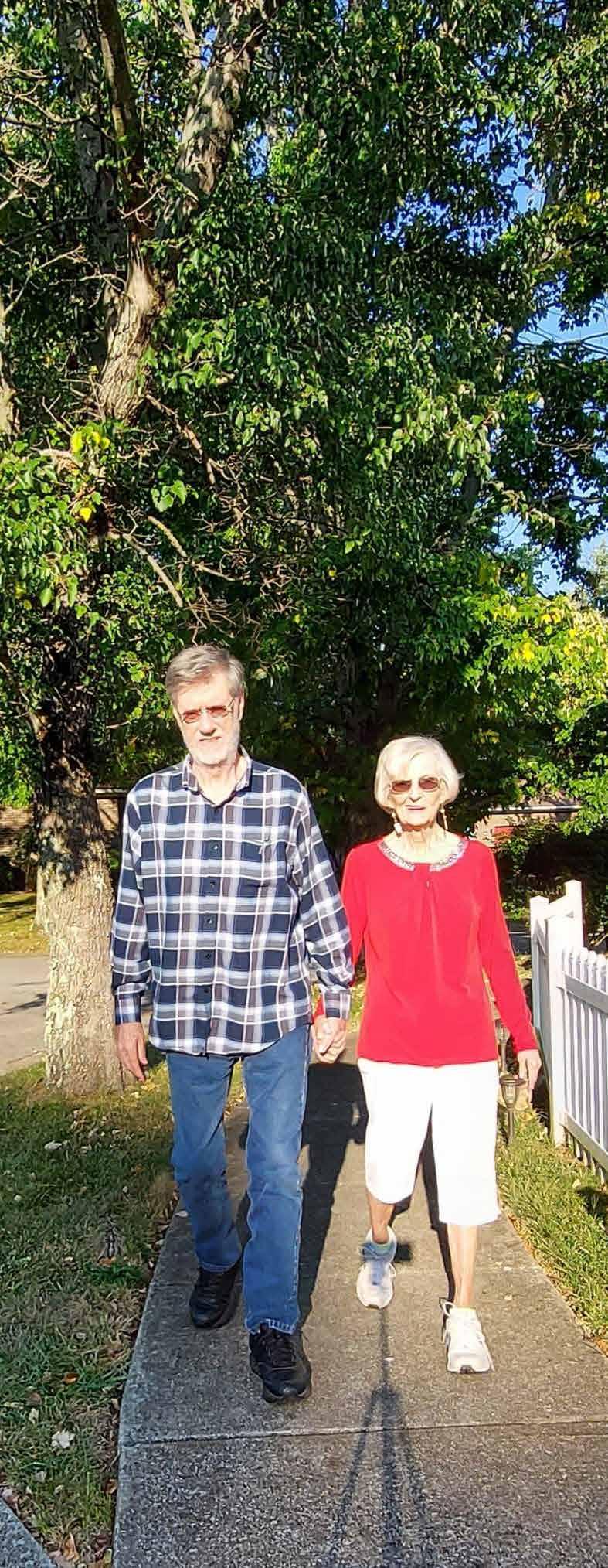
University Hospitals (UH) Harrington Heart & Vascular Institute’s Coronary Center specializes in the management of patients with complex coronary artery disease and chronic total occlusions, leading multiple clinical trials for novel cardiovascular therapies and techniques.
Among those techniques are drug-coated balloons (DCBs), now widely used in Europe for percutaneous coronary intervention. In the United States, DCBs are approved for patients requiring in-stent restenosis (ISR), and the Coronary Center team is working to advance understanding of the emerging role of DCBs in complex coronary repair.
European clinical trials demonstrate that DCBs reduce risks such as late stent thrombosis, vessel caging and stent-related restenosis. This makes them particularly useful in ISR, small vessel disease and bifurcation lesions.
Coronary Center experts contributed to the Academic Research Consortium’s DCB consensus documents, which were accepted for publication in the European Heart Journal, gathering the most influential experts on DCBs for the first time. The team will now submit for institutional review board (IRB) approval to launch a robust scientific program of five upcoming industry-sponsored DCB trials.
As an increasing number of high-risk patients are referred for care, the Advanced Coronary Care (ACC) program of the Coronary Center deals with complex coronary and high-risk patients (CHIP), bringing together interventional cardiologists, cardiothoracic surgeons, fellows and invited specialists throughout the UH Harrington Heart & Vascular Institute to discuss and strategize interventions. The weekly meetings provide a platform for experts to discuss individual cases and develop a shared therapeutic path for highrisk and fragile patients with coronary artery disease. Urgent cases are handled by ACC collaborators on an ad hoc basis.
Recently, the ACC implemented an expanded protocol to provide a report for each patient assessed during these meetings, shared with the referral. This is reinforcing communication between providers, aiming at improving patient care across the system. Another improvement of the Coronary Center is the development and application of a dedicated protocol for high-risk patients undergoing complex coronary interventions, by using percutaneous mechanical circulatory support with the Impella® co-axial pump. This protocol encompasses the correct patient selection, adequate pre-op assessment and follow-up after the intervention to minimize peri-procedural complications.
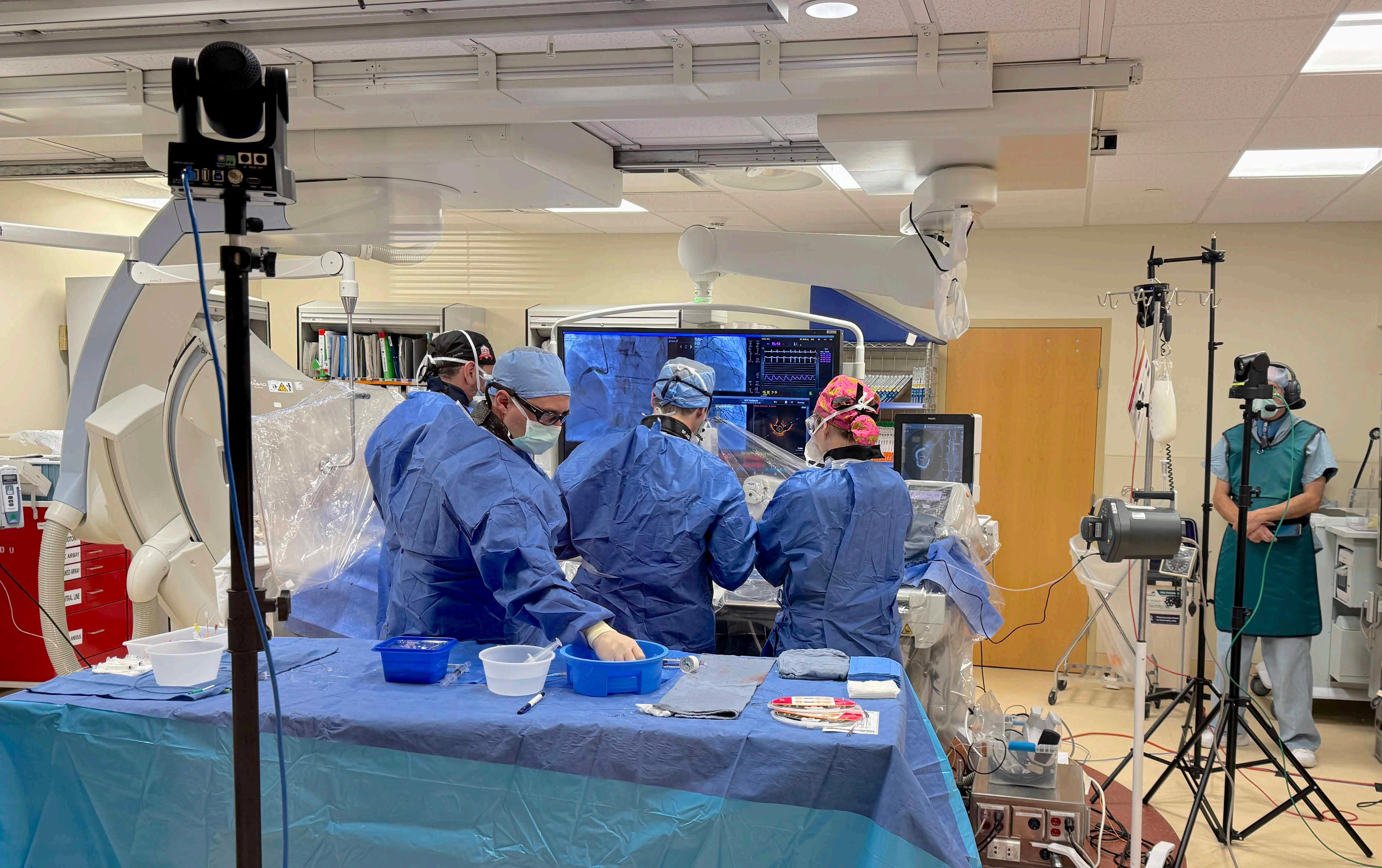
Over the past decade, experts in the Valve and Structural Heart Disease Center have become internationally recognized for their pioneering TAVR techniques, training peers around the world. The team is involved in ongoing clinical trials examining how to improve outcomes for patients with symptoms from mild to severe. One area of research focuses on optimizing the type of implanted device used based on the patient’s specific anatomy. In a randomized trial, UH physician-researchers compared a self-expanding supraannular valve with a balloon-expandable valve for patients with smaller annuli, which includes 90 percent of women who undergo TAVR. Study results published in The New England Journal of Medicine pointed to the self-expanding valve, already in use at University Hospitals (UH) Harrington Heart & Vascular Institute.
As the population of patients with previously placed valves ages, first-generation devices are reaching the end of their functionality. UH Harrington Heart & Vascular Institute is investigating the optimal procedure methods to remedy those failing devices as the lead of a multicenter study known as RESTORE. This first-of-its-kind study aims to enhance understanding of how to redo TAVR with the goal to address nuances involved in placing a new transcatheter valve inside a previously placed device.
WATCHMAN PROCEDURE MARKS
MAJOR MILESTONE
The year 2024 marked a significant milestone as the structural heart team completed its 1,000th WatchmanTM procedure for left atrial appendage closure (LAAC). This achievement highlights the center’s leadership in minimally invasive solutions for atrial fibrillation, with UH Harrington Heart & Vascular Institute now recognized as the sixth-busiest center by volume among the 155 U.S. centers that perform this procedure.
The UH team pioneered the use of advanced imaging for pre-procedural planning while implementing a sameday discharge strategy to improve patient outcomes and satisfaction. With a 99.7 percent procedural success rate and zero major complications, stroke or mortality, UH Harrington Heart & Vascular Institute has earned national distinction as a Center of Excellence for LAAC. At the start of 2025, the center continues to lead the field with ongoing research, including leading a multicenter study analyzing different imaging modalities after Watchman implant, as well as hosting national and international training courses.
14% Growth in Structural and Valve Procedures
22% Increase in Patent Foramen Ovale/Atrial Septal Defect Repairs 167%
Increase in Transcatheter Mitral Valve Replacement Procedures
12
4 publications and a textbook on LAAO optimization
publications on TAVR efficiencies and coronary cannula
NEW SERVICE EXPANDS TRICUSPID VALVE CARE
For patients with tricuspid valve disease, UH Harrington Heart & Vascular Institute now offers minimally invasive transcatheter edge-toedge repair (TEER) to help involved leaflets seal correctly, reducing tricuspid regurgitation. The TEER procedure, which entails attaching a clip to the valve’s leaflets via a catheter inserted through a vein in the upper thigh, has been shown to be safe and effective for patients with severe tricuspid regurgitation, leading to significant improvements in quality of life. Studies have demonstrated that TEER reduces the severity of tricuspid regurgitation and is associated with improved patient outcomes.
In 2024, University Hospitals (UH) Harrington Heart & Vascular Institute treated more than 100 patients with a robotic approach to coronary artery bypass graft (CABG) surgery. The combined expertise of the surgical team has allowed them to build a robust robotic cardiac surgery program completing eight to 10 procedures per month on average, making this one of the highest volume programs in the country. Since higher volumes result from experienced physicians, quality outcomes for patients correlate as well. UH also uses the Da Vinci robot for other heart procedures, such as valve surgery, reinforcing its role as a national leader in minimally invasive cardiac surgery.
The robotic method builds on the minimally invasive direct coronary artery bypass (MIDCAB) technique, which avoids cutting the breastbone and using a heart-lung machine. UH has maintained leadership in this area too, as the fourth highest volume program in the country.
Building on advancements in minimally invasive cardiac surgery, UH Harrington Heart & Vascular Institute is also at the forefront of establishing comprehensive perioperative care standards. In 2024, UH experts co-authored a Joint Consensus statement on perioperative care in cardiac surgery, in collaboration with the Enhanced Recovery After Surgery (ERAS) Cardiac Society, ERAS International Society and The Society of Thoracic Surgeons (STS).
Published in The Annals of Thoracic Surgery, this consensus aims to advance evidence-based, interdisciplinary care pathways that enhance patient safety and optimize surgical protocols— from preoperative preparation through recovery.
This latest version of the consensus statement reframes what perioperative care should encompass for each cardiac surgery patient, with a grading system of the level of evidence underpinning each recommendation. The updated guidelines place particular emphasis on patient engagement and shared decision-making, ensuring that the surgical care journey is patient-centric and supported by ongoing quality assessments and metrics.
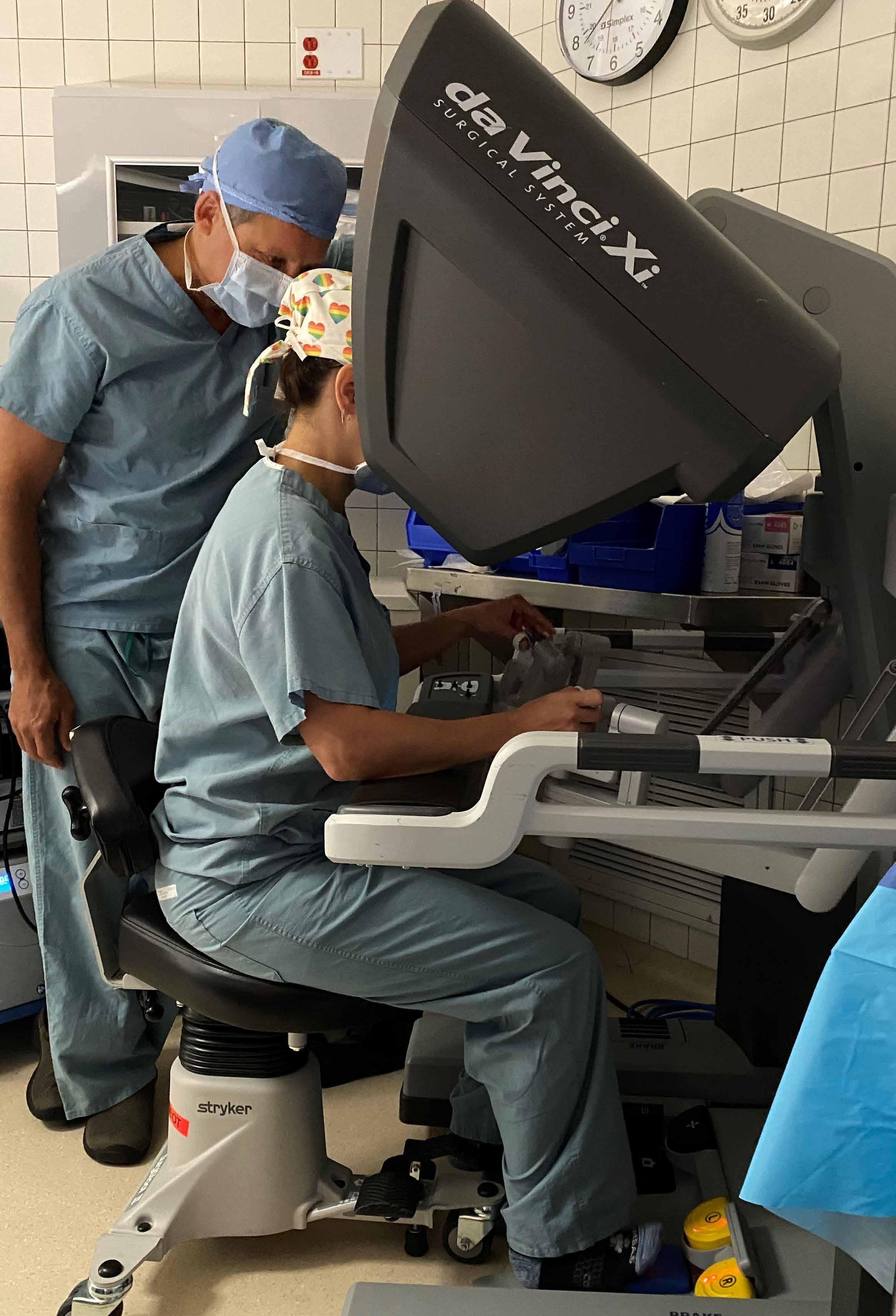
8.4% Volume Growth over Prior Year
>1,000 Cases
Highest Volume Ever at UH Cleveland Medical Center
In another surgical first, University Hospitals (UH) Harrington Heart & Vascular Institute pioneered the implantation of the Penditure™ Left Atrial Appendage (LAA) Exclusion System through a minimally invasive approach during a mitral valve repair procedure. This was the first time this device and approach were used simultaneously in a human.
The Penditure system is an implantable clip designed to better match the atrial anatomy and reduce inflammation in the management of LAA problems. It is the only LAA clip that can be recaptured, repositioned and redeployed after initial deployment during a procedure, putting greater control in the hands of surgeons.
UH Harrington Heart & Vascular Institute is evaluating and comparing the effectiveness of percutaneous coronary intervention (PCI) against coronary artery bypass grafting (CABG) in patients with multivessel coronary artery disease and ischemic left ventricular dysfunction.
Though it is designed for placement simultaneously with cardiac surgery, just one day after the system was launched UH cardiac surgeons completed a successful case using a minimally invasive approach during a mitral valve repair.

Created through a transformative gift from the Hambrick family, the Hambrick Center for Cardiac Recovery at University Hospitals Harrington Heart & Vascular Institute is advancing the future of care for patients recovering from heart failure, cardiac surgery and related interventions.
UH Harrington Heart & Vascular Institute offers Ohio’s only extracorporeal cardiopulmonary resuscitation (ECPR) program, providing a groundbreaking lifeline to cardiac arrest patients who fail to respond to standard advanced cardiac life support. The program uses extracorporeal membrane oxygenation (ECMO) to stabilize patients by temporarily supporting their heart, lungs and brain with oxygenated blood. Once stabilized, patients can undergo lifesaving interventions, such as cardiac surgery or catheterization, that would otherwise be impossible. The intervention currently targets adults ages 18 to 70 with witnessed arrests and shockable rhythms—patients most likely to benefit.
of UH patients treated with ECPR have walked out of the hospital 64% of UH patients have a Cerebral Performance Category (CPC) score of 1 at 90 days 55%
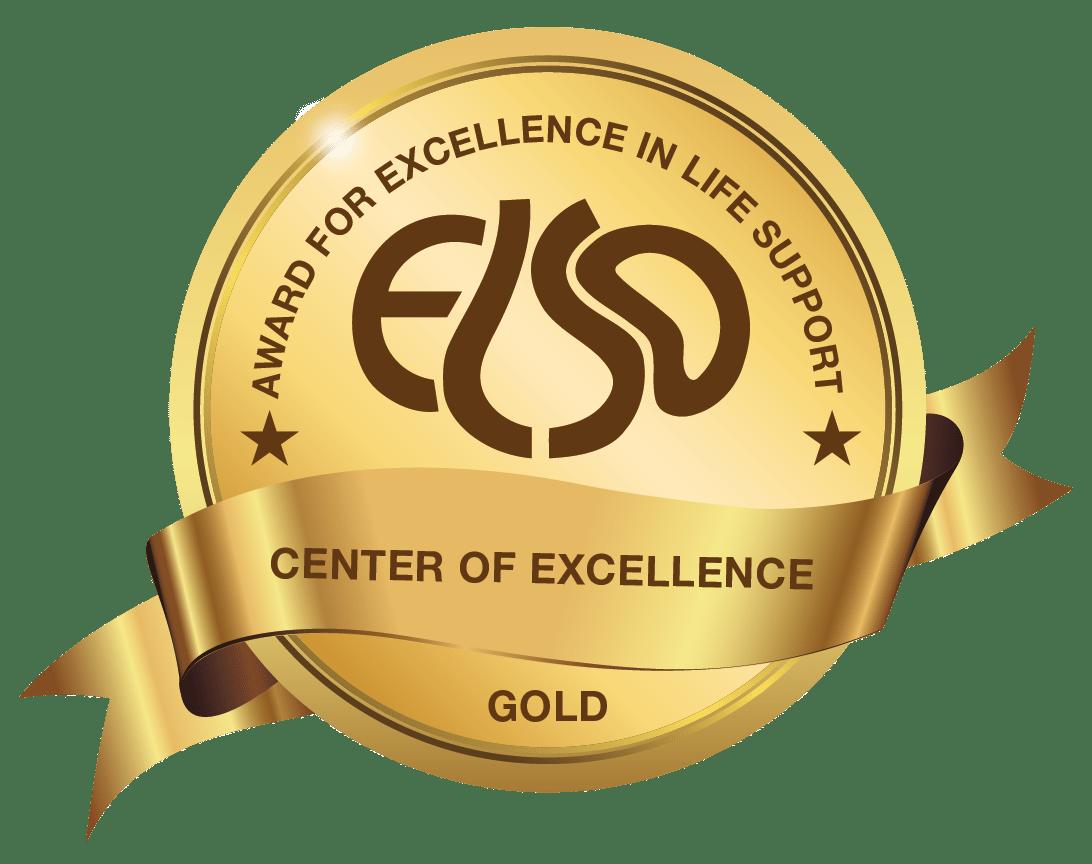
ECMO TEAM RECEIVES NATIONAL HONOR FOR QUALITY
The UH ECMO team has earned the Gold Level ELSO Award for Excellence in Life Support from the Extracorporeal Life Support Organization. This prestigious honor acknowledges centers that demonstrate an exceptional commitment to evidence-based protocols, team training and patient satisfaction.
First-in-Ohio Distinction for Exceptional Nursing Care
The Edna & Thomas F. Zenty Cardiac Intensive Care Unit (CICU) at UH Cleveland Medical Center earned the prestigious gold-level Beacon Award for Excellence from the American Association of Critical-Care Nurses (AACN). This CICU is the only cardiac ICU in Ohio with gold-level status. The award honors the unit’s leadership, staff engagement, evidence-based care and outcomes that meet or exceed national benchmarks for delivering compassionate, highquality care to critically ill patients.
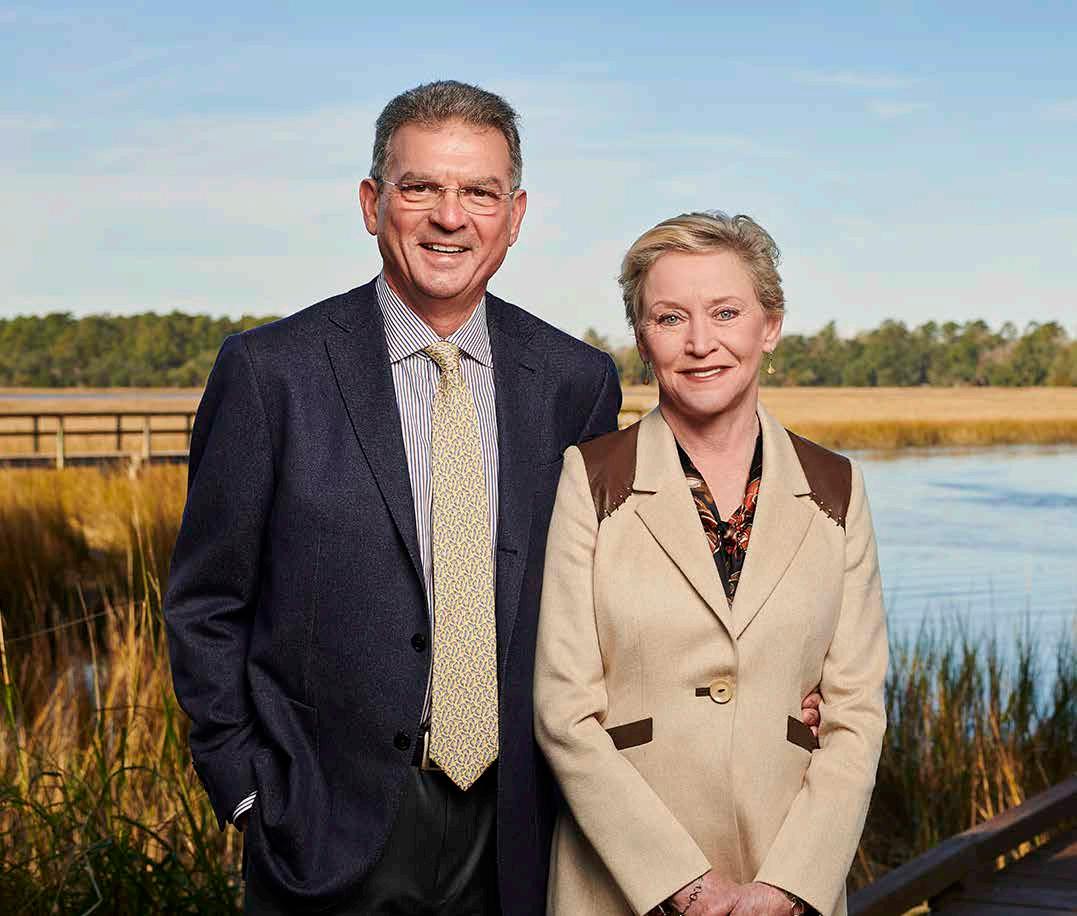
James and Angela Hambrick
In the early morning hours, 52-year-old Aletah Whitman was awakened by what felt like an explosion in her left leg. She tried to stand, but lost consciousness. Aletah came to and managed to call 9-1-1 before suffering a cardiac arrest. Emergency responders broke down her door and took her to University Hospitals (UH) Cleveland Medical Center.
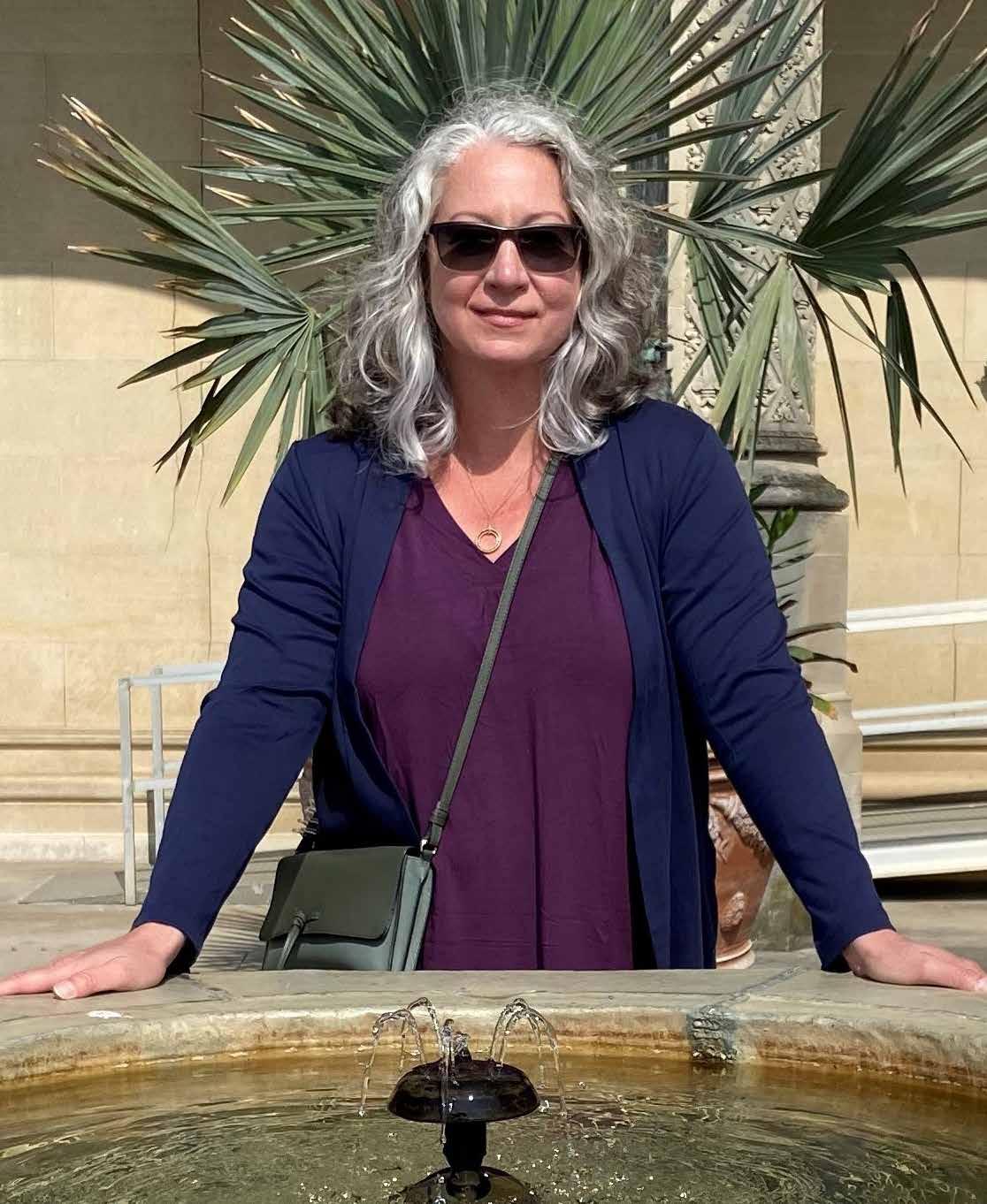
There, the team used extracorporeal cardiopulmonary resuscitation (ECPR), a method of cardiopulmonary resuscitation (CPR) that passed Aletah’s blood through an extracorporeal membrane oxygenation (ECMO) machine to oxygenate her blood supply. UH Harrington Heart & Vascular Institute was an early adopter of ECPR, having originally launched the program in 2020, with coordination and collaboration across emergency medicine, cardiothoracic surgery, interventional cardiology and critical care.
A massive pulmonary embolism was confirmed through a CT scan, and Aletah was transported to the cardiac catheterization lab, where she received a pulmonary embolectomy to remove the blood clots in her lungs. Aletah spent four days on ECMO in the cardiothoracic intensive care unit before she regained consciousness and was removed from ECMO. She was discharged to a rehabilitation facility and eventually returned home. Less than two months after her cardiac arrest she returned to work on light duty.
“So many things had to be in place for this to go right,” she said. “I know I’m so fortunate. I just wanted to get back to the life I had. I’m so grateful to UH for the amazing care.”
Nick Mitchell was healthy and in his early 30s, but after catching a bug from another passenger on a plane, he sought care for symptoms of a cough and low energy. In addition to pneumonia, flu, strep throat and ear infections, caregivers also discovered Nick had an enlarged heart and an ejection fraction (EF) of only 15 to 20 percent.
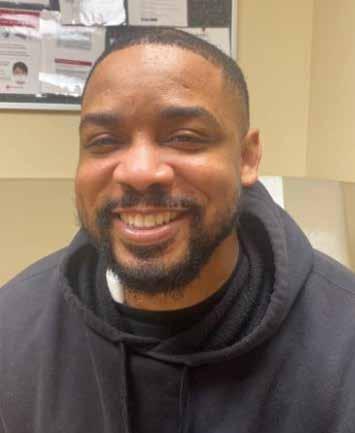
Diagnosed with non-ischemic cardiomyopathy, Nick’s condition gradually worsened despite regular monitoring, medications and having a defibrillator implanted. He was eventually placed on the heart transplant list.
At UH Harrington Heart & Vascular Institute, Nick benefited from an advance in heart transplantation called ex vivo organ preservation. With this technique the donor heart is perfused with blood on a machine once it has been removed from the body, keeping the heart tissue alive and beating in a box. This makes it possible to increase transportation time, enabling matching hearts to come from farther away.
Nick was discharged from the hospital about three weeks after his transplant. Before he got sick, Nick lived an active life of exercising, playing basketball and flag football, going fishing, and hanging out with friends. After months of cardiac rehabilitation and working back up to “normal,” he has returned to doing more of the things he loves.
“For the first time in years I can run and just tire myself out. I don’t feel like my heart is tired and stopping me from being active,” said Nick.
In 2024, the Heart Failure Society of America (HFSA) released a critical new scientific statement addressing the high prevalence of cognitive impairment among patients with heart failure, a condition now recognized as affecting up to 78 percent of this population. Spearheaded in part with experts from University Hospitals (UH) Harrington Heart & Vascular Institute, the statement emphasizes that cognitive decline is not an exception but a common and often overlooked reality in heart failure care. The statement details how cognitive impairment impacts key mental functions such as memory, attention, executive function and language, making routine selfcare tasks significantly more difficult. The guidance provides clinicians with screening tools and practical strategies to better manage the added challenges posed by cognitive decline in heart failure patients.
UNCOVERING THE PREVALENCE OF UNDIAGNOSED HEART FAILURE
A groundbreaking study co-authored by heart failure cardiologists at UH Harrington Heart & Vascular Institute introduced a new and effective screening tool for identifying patients living with heart failure with preserved ejection fraction (HFpEF). Published in Nature Medicine, the HFpEF-ABA score simplifies diagnosis using just three variables—age, body mass index (BMI) and atrial fibrillation. Derived from international data, the tool promises to transform how HFpEF is detected, particularly in patients with unexplained shortness of breath—a hallmark symptom and major clinical issue. Patients flagged by the score can be promptly referred for further evaluation and timely initiation of HFpEFspecific therapies, such as SGLT-2 inhibitors and GLP-1 receptor agonists, improving patient outcomes and slowing disease progression.
In the dedicated Heart Failure Intensive Care Unit (HFICU), patients receive a level of care available at only a few centers nationwide. The unit is designed to support patients with complex needs, providing advanced continuous hemodynamic monitoring via pulmonary arterial catheters and temporary mechanical circulatory support devices such as intra-aortic balloon pumps. For patients preparing for or recovering from heart transplantation or left ventricular assist device (LVAD) implantation, the unit offers seamless, coordinated care that spans both the pre- and postoperative periods. The HFICU also supports emotional continuity and trust—an essential component for patients managing a lifelong condition.
The growth of the cardiac amyloidosis program at UH Harrington Heart & Vascular Institute reflects greater awareness of the condition, improved diagnostic tools and the emergence of targeted therapies. For AL (light-chain) amyloidosis, typically associated with underlying blood cancer, the team partners with cardio-oncology to coordinate cancer and cardiac therapies. In cases where cardiac amyloidosis affects the nervous system, the team works closely with neurology to coordinate therapies. ATTR (transthyretin mediated) amyloidosis often presents as a form of restrictive cardiomyopathy. As novel treatments such as transthyretin silencers and stabilizers are incorporated into patient care, ongoing studies pursue additional therapeutic options. UH physician-researchers are evaluating whether an injectable medication, eplontersen, can slow the progression of cardiomyopathy for people with ATTR-CM. The phase three trial is the largest and most comprehensive study conducted for this patient population.
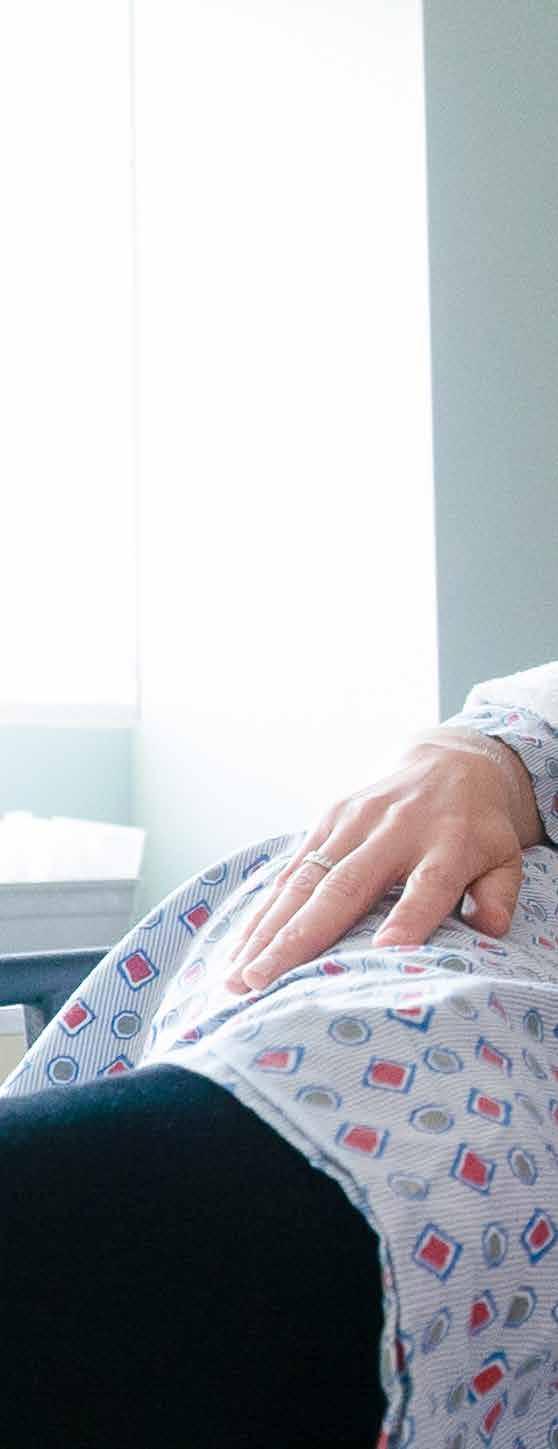
The ReBirth trial is a clinical study investigating the potential of bromocriptine to enhance myocardial recovery in patients with newly diagnosed peripartum cardiomyopathy, a rare but serious form of heart failure that occurs during the final month of pregnancy or shortly after delivery. This randomized trial compares the use of bromocriptine – a dopamine agonist that suppresses prolactin levels – to standard heart failure therapy, to determine whether bromocriptine can improve or accelerate heart function recovery in affected women.

At the dedicated Hypertrophic Cardiomyopathy (HCM) Center, a multidisciplinary team navigates complex guidelines together, developing a consensus on the optimal approach. A nurse patient navigator coordinates this expansive team of cardiothoracic surgeons, heart failure specialists, electrophysiologists, geneticists, and pediatric, maternal, and sports cardiologists. In 2024, the team collectively advised on over 100 cases during their bi-monthly HCM board meeting.
Treatment options, ranging from medication to septal myectomy, have led to significant symptom improvement and a good long-term prognosis for many patients. The center’s experts also advise on related issues such as the preferred septal reduction technique, potential need for ICD placement and how patients should continue with athletics following treatment.
Ongoing research is helping to inform and guide those treatment decisions. Two clinical trials underway at the center are evaluating the efficacy of myosin inhibitors, mavacamten and aficamten, to treat obstructive and non-obstructive HCM, respectively. A third study, DISCOVER-HCM, is building a registry to identify real-world treatment patterns and outcomes of patients with HCM who receive medication or other therapies for HCM, or who have failed prior treatment.
+62% Referrals to HCM Center Team +350% Volume of Septal Myectomy Procedures
Transplant surgeons have long worked to find new ways to identify and preserve donor hearts. The team at University Hospitals (UH) Harrington Heart & Vascular Institute is now performing heart transplants from donors with declared circulatory death rather than declared brain death. Circulatory death donors do not meet full brain death criteria, but have suffered devastating, irreversible injuries and further care is futile. The heart is recovered after a period of asystole and perfused with blood on a machine once it has been removed from the from the body—keeping the heart tissue alive the heart tissue alive and beating in a box. First FDA approved for heart transplantation in 2021, the ex vivo preservation, or “heart-in-a-box” technique, makes it possible to increase transportation time, enabling matching hearts to come from farther away.
Another donor strategy expands the landscape of viable donor hearts to include those from people infected with HIV or hepatitis C. UH Harrington Heart & Vascular Institute was an early adopter of transplantation from hepatitis C-positive donors as safety of the practice was initially reported in 2020. Since then, the utilization of these donor hearts has become more common, and approximately 10-20 percent of donor hearts transplanted at UH are from hepatitis C-positive patients. In addition, UH Harrington Heart & Vascular Institute is one of a select few centers in Ohio – and a minority of programs across the country – offering HIV-positive heart transplants to HIV-positive patients. This allows a unique ability to help this patient population, who are living longer with more therapies, and facing cardiac complications as they age.
While expanding the potential sources for donor hearts, the institute’s heart transplant team is also transplanting a growing number of patients known as highly sensitized, who have a level of human leukocyte antigen antibodies greater than 50 percent. These patients, who are at risk for organ rejection, require more careful matching and additional interventions to reduce the risk of surgery and increase long-term acceptance of the donor heart. The team’s outcomes have been excellent, on par with the largest U.S. transplant programs in successfully caring for sensitized patients who may otherwise be turned away for transplant.
Adding to the program’s adoption of cutting-edge technologies in transplantation is the arrival of several innovations in organ transportation, including a more regulated and effective system for cold storage.
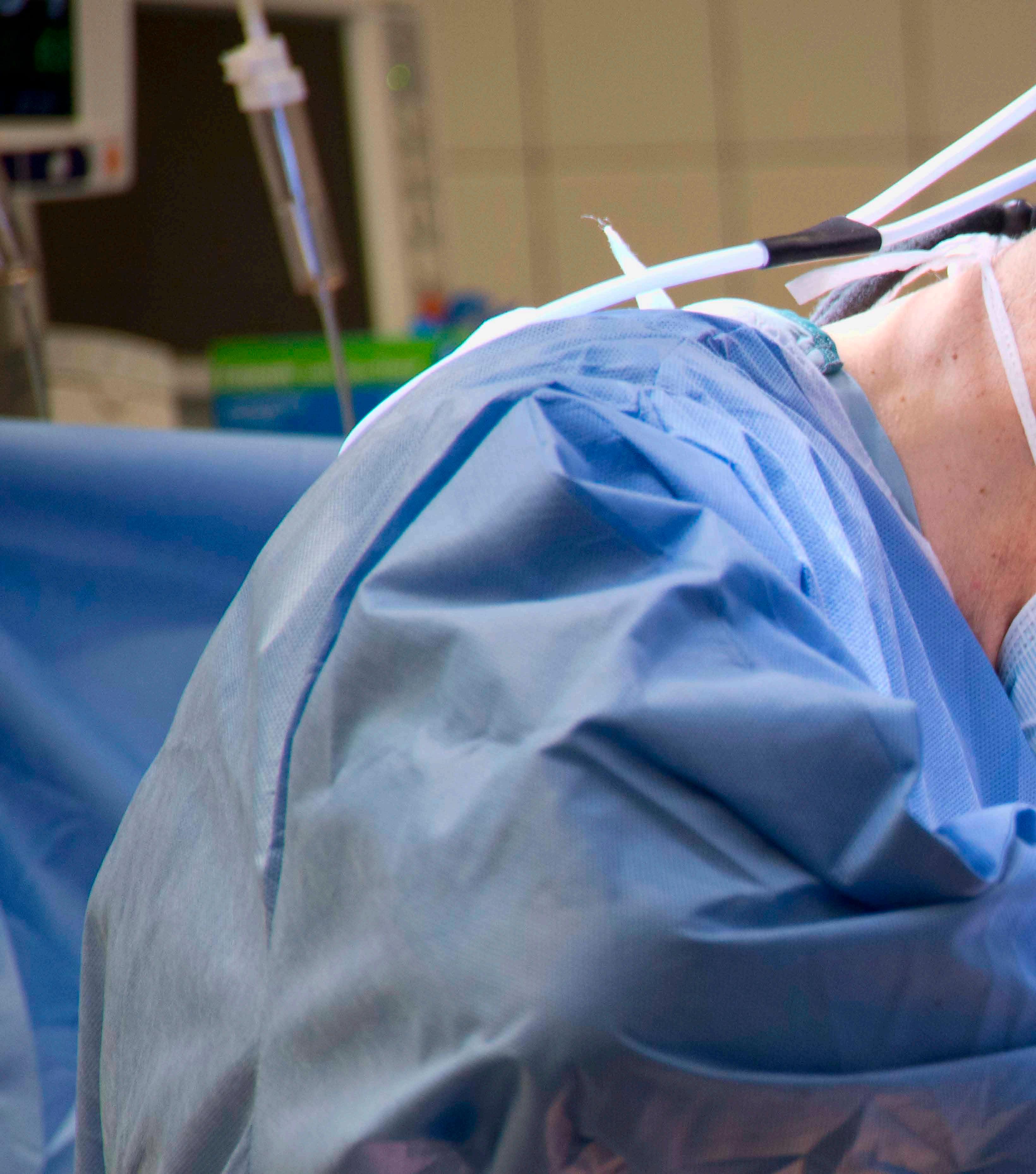
While donor hearts were previously transported on ice, the standard of care for several decades, hearts are now transported using temperature-controlled transportation. The advanced organ preservation device, known as SherpaPak, is specifically designed to standardize variables and better preserve the heart so it reaches its recipient in optimal condition. This has helped eliminate geographic barriers for retrieving a donor heart.
The multidisciplinary lung transplant team is working to improve outcomes for patients after lung transplantation by improving surgical techniques, introducing median sternotomies and bilateral thoracotomies as alternatives to the traditional clamshell incision and offering diaphragm pacing for better post-surgical function. Ex vivo lung perfusion, an alternative to cold storage, is also helping
to optimize the lung’s physiologic state before transplantation. Post-operatively, a new, noninvasive test is helping to monitor for injury in the allograft, such as infection or rejection, as an alternative to traditional bronchoscopy. Combined with early mobilization and updated immunosuppression guidelines – along with ongoing monitoring for aspiration and blood clots – these measures are helping to reduce patients’ postsurgical risk.
With a comprehensive focus on both innovation and patientcentered care, University Hospitals saw 100% 1-year and 90-day conditional lung transplant survival in 2024.
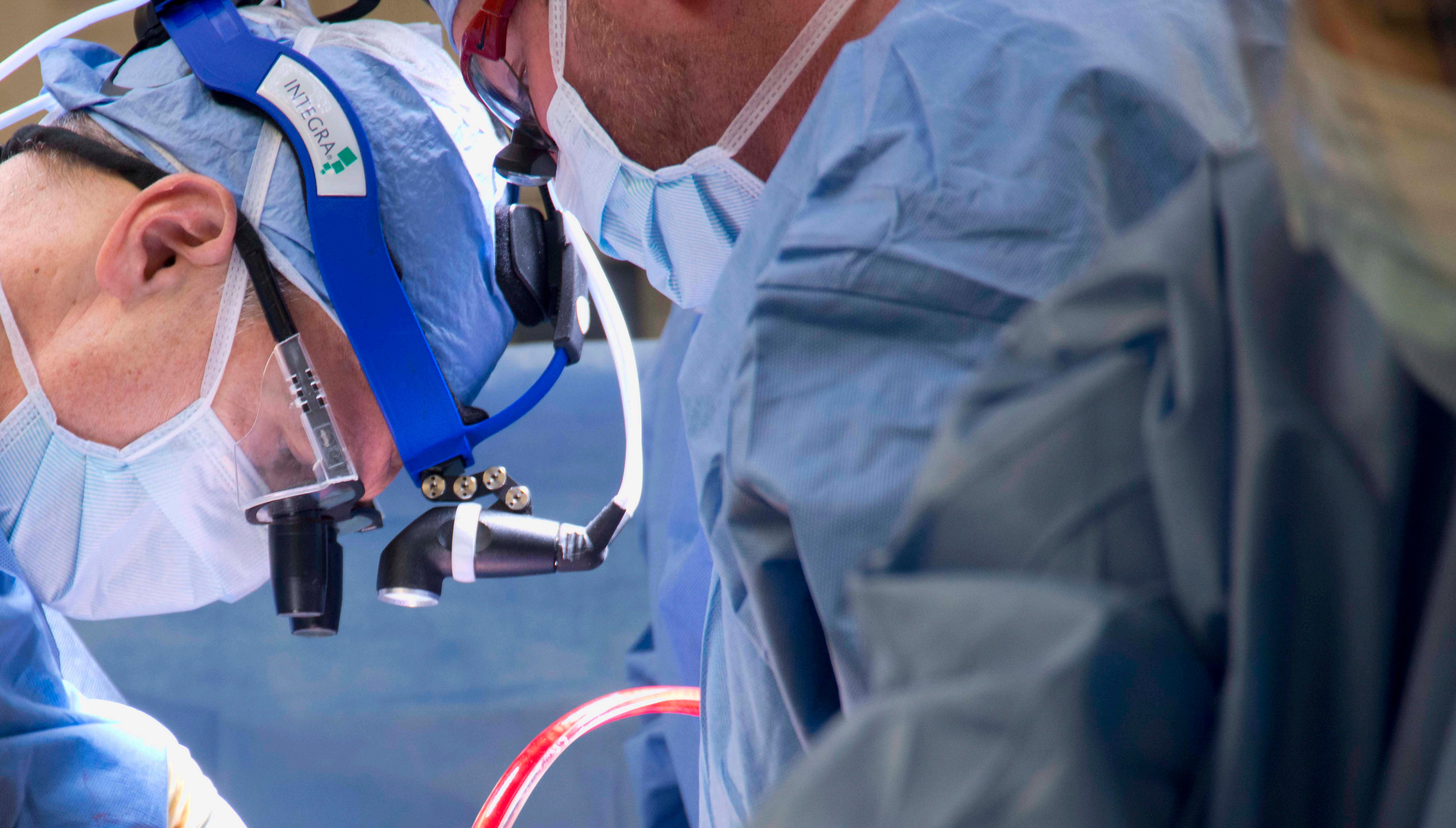
University Hospitals Harrington Heart & Vascular Institute is deeply committed to investing in the health of our communities.
Embedding the same world-class physicians, surgeons and clinical standards found at UH Cleveland Medical Center directly into our more than 40 regional sites ensures systemlevel protocols and seamless care across every location bearing the University Hospitals name.
Significant physical and technological investments are delivering measurable improvements in patient outcomes.
Expanding access to advanced diagnostics and complex procedures in local settings supports one UH Harrington Heart & Vascular Institute, where patients receive high-quality, personalized cardiac care in their community, no matter where they reside.
In Lorain County, patients with atrial fibrillation can now have minimally invasive left atrial appendage closure performed locally at UH Elyria Medical Center. A fully renovated cardiac catheterization lab equipped with the latest Siemens imaging technology enables a broader range of coronary and peripheral vascular procedures with improved efficiency and patient safety. The electrophysiology team also celebrated the first use of the Nitron Cryo Console Cardiac Cryoablation System in 2024, which enhances workflow and data precision during cardiac ablation procedures.
In Cuyahoga County, UH Parma Medical Center opened a new cardiac electrophysiology lab to meet the growing demand for atrial fibrillation treatment. The $1.6 million investment brings new technology – including a 3D mapping system and fluoroscopy equipment – to the larger, updated space, enabling physicians to perform ablations and implant cardiac devices with greater precision and lower radiation exposure.
In Ashland County, a new Level II Cardiac Catheterization Lab designation at UH Samaritan Medical Center marks a significant milestone that enhances local access to emergency cardiac procedures such as diagnostic angiography and interventional treatments. This designation affirms UH Samaritan’s readiness and ability to rapidly respond to acute cardiac events with timely, highquality care, particularly for patients suffering from heart attacks who previously needed to travel longer distances for treatment.
In Portage County, the opening of a new Cardiac Catheterization & Electrophysiology lab further strengthens UH Portage Medical Center’s capabilities in cardiovascular diagnostics and interventions. This state-of-the-art facility now supports expanded procedural offerings, including the treatment of coronary artery disease, arrhythmias and other cardiac conditions in a more efficient, localized setting.
In Lake County, more cardiovascular specialists have been added to the team at UH Lake West Medical Center, building on a strong foundation in cardiac care. A new $750,000 vascular suite enables comprehensive noninvasive testing and faster, more integrated patient care. In addition to vascular procedures, the team at UH Lake West is now offering a wider range of complex cardiac surgeries, including minimally invasive bypass, advanced atrial fibrillation surgery, mitral valve repairs and aortic aneurysm repairs.
A new study conducted at UH Portage Medical Center showed a significant reduction in cardiovascular mortality since the $2.5 million investment in local catheterization care and preventive screening programs. Lower rates of mortality have been observed across age groups, with a decline in deaths of 36 percent over three years in patients ages 65-74. This result is particularly notable in a region where geographic isolation has led to delayed treatment and one of the highest cardiovascular disease and mortality rates in Northeast Ohio.
Marking the elevation of UH Samaritan Medical Center’s Cardiac Catheterization Lab from Level 1 to Level 2, a patient received the first coronary artery stent in Ashland County history. To enhance timely response and intervention, the team has instituted protocols including outreach to the Emergency Department, Radiology, and Cardiopulmonary Services, Code STEMI paging, and strong collaboration with other UH medical centers for complex percutaneous coronary intervention cases. These protocols enable swift response and elevated cardiovascular care in UH’s southernmost location.
As a national leader in academic medicine, University Hospitals (UH) Harrington Heart & Vascular Institute is driving discoveries through the Research and Innovation Center, which brings together clinical trials, translational research and advanced data analytics to foster breakthroughs in care.
UH physician-researchers serve on clinical oversight and study design committees, data safety and monitoring boards, and meet monthly to review prospective trials, assess enrollment, and identify new opportunities. Investigators are advancing precision medicine through biorepository initiatives and leveraging artificial intelligence (AI)-driven insights via our Cardiovascular Phenomics Core, with $6.5 million in National Institutes of Health (NIH)-funded grants. Additionally, our Community and Environmental Innovation Core, backed by an $18.2 million NIH grant, focuses on reducing cardiovascular disparities in underserved populations.
Clinical Trials Unit
140 Industry-sponsored Studies
3,500 Enrolled Patients
Cardiovascular Phenomics Core
4 New Grants Totaling $6.5 Million
Translational Science Unit
1
Start-up in Collaboration with Case Western Reserve University: Pulse AI
11
Active Trials
1,384
Total Enrolled Patients
Researchers are using AI and satellite imagery to map cardiovascular disease risk across neighborhoods, offering a transformative view into how the environment affects heart health. Surpassing the slow pace of traditional environmental health assessment methods, the team is leveraging computer vision to analyze more than 500,000 images across urban and rural areas to predict patterns in heart disease.
The research, published in the European Heart Journal and JAMA Cardiology, shows how features such as highways, recreational spaces and green cover correlate with disease prevalence.
The team trained AI models to extract thousands of visual elements from street-view and satellite imagery, then used that data to accurately predict where cardiovascular risk is highest. Their work produced striking risk maps, pinpointing Northeast Ohio neighborhoods that could benefit from targeted intervention. The project reflects growing momentum behind the idea that where people live directly shapes their health outcomes.

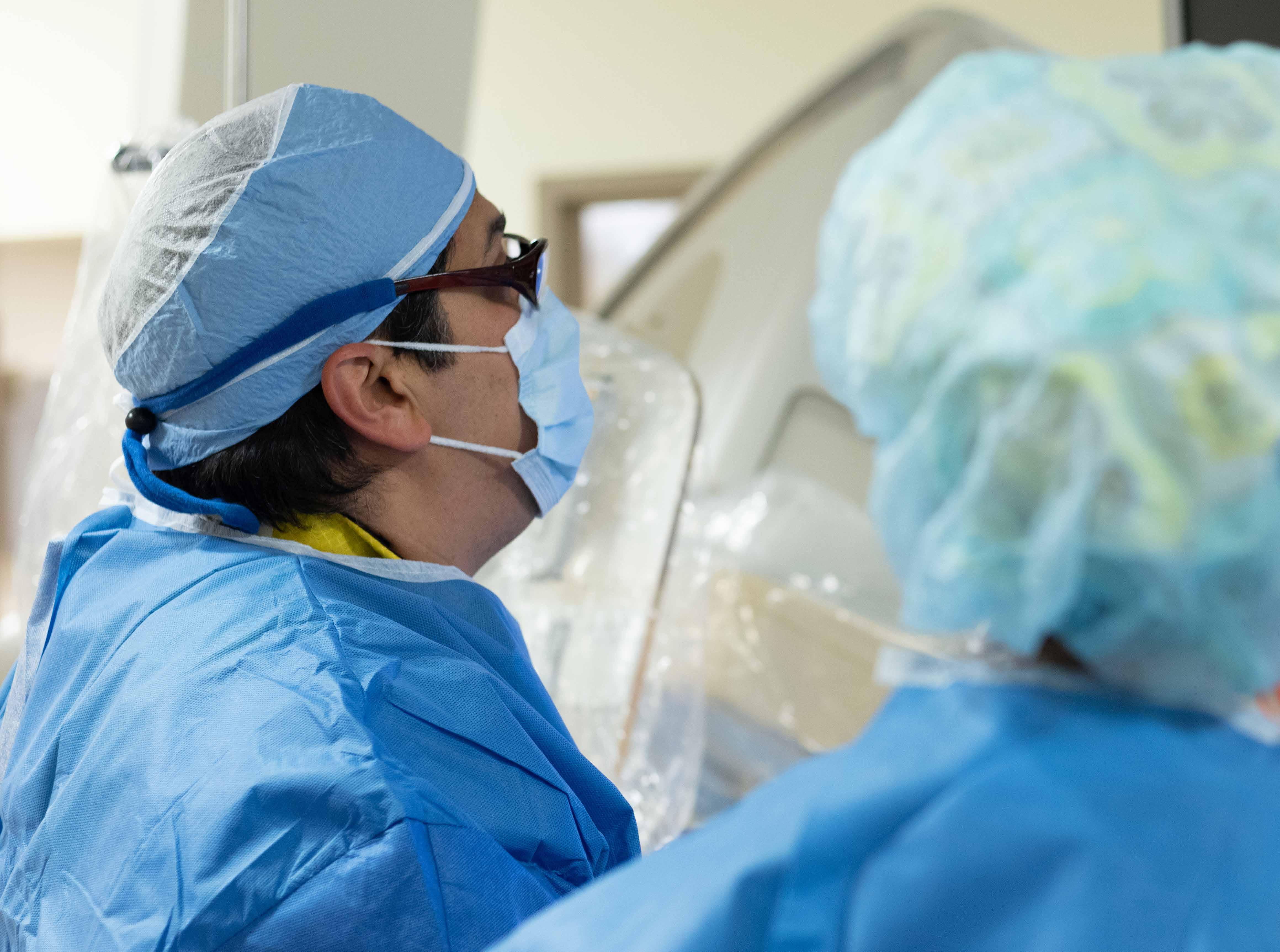
By combining community outreach with advanced imaging analytics, University Hospitals (UH) Harrington Heart & Vascular Institute is setting a new standard for population-based heart health screening—one that is more predictive, more accessible and more connected to the communities it serves.
The no-cost coronary artery calcium scoring program tests individuals at risk for atherosclerotic cardiovascular disease. In partnership with Case Western Reserve University’s Biomedical Engineering department, the Cardiovascular Phenomics Core has developed new, AI-driven methods to extract novel “radiomic” features from participants’ non-contrast CT scans to offer even greater insights into cardiovascular health.
Recent studies from this initiative demonstrate that these AI-derived features, particularly those quantifying calcium texture and epicardial fat, can significantly enhance risk prediction over traditional evaluation methods. One major study, published in JACC: Advances, showed that assessments of epicardial adipose tissue using AI from routine calcium scans could independently predict cardiovascular events. Additional research, published by the team in Scientific Reports, leveraged radiomic features from calcium scoring CT scans to predict heart failure risk, using “calcium-omics” to forecast cardiovascular outcomes. These studies represent a shift toward more personalized, precise assessments of cardiovascular risk using information already embedded in standard imaging.
Air pollution leads to more deaths annually – more than half from cardiovascular disease – than all major infectious diseases combined. UH Harrington Heart & Vascular Institute is advancing understanding of the link between planetary and heart health.
Published in the European Heart Journal and Circulation, UH Harrington Heart & Vascular Institute physicianresearchers and national colleagues underscore the urgency of action, laying out a host of potential solutions, including a call for the healthcare sector to do more to reduce its environmental footprint. Authors acknowledge that cardiovascular practices have a substantial environmental impact through high utilization of energy, medical devices, pharmaceuticals, transportation and waste. They propose that health systems adopt a “systems thinking” approach that recognizes the interconnectedness of environmental, societal and health-related factors. Their framework calls for reimagining how cardiovascular care is delivered to reduce the healthcare sector’s environmental impact while improving health outcomes. In a landmark review published in the prestigious Nature Cardiovascular Reviews, investigators from UH Harrington Heart & Vascular Institute discuss motivations and frameworks for waste prevention, economics and sustainability in cardiovascular practice, and explore current challenges and future directions.
UH physician-researchers also contributed to a groundbreaking the New England Journal of Medicine study investigating the presence of micro- and nanoplastics in carotid artery plaques. The study found that patients with these particles in their arteries had a higher risk of serious cardiovascular events over time. While the study does not prove causation, it adds to growing concern about environmental pollutants’ role in heart disease and the importance of prevention.
>1,000 Residency/Fellowship Alumni
>100 Publications by Residents/Fellows in 2024 University Hospitals (UH) Harrington Heart & Vascular Institute plays a leading role in shaping the next generation of cardiovascular specialists through robust residency and fellowship programs.
In partnership with Case Western Reserve University School of Medicine, UH Harrington Heart & Vascular Institute offers eight postdoctoral training programs, including six Accreditation Council for Graduate Medical Education (ACGME) accredited fellowships across cardiovascular disease, interventional cardiology, clinical cardiac electrophysiology, advanced heart failure and transplant, vascular surgery, and cardiac surgery. Several nonaccredited training programs in vascular medicine, advanced heart failure and advanced imaging complement the strengths of our educational offerings.
Additionally, the National Institutes of Health (NIH) funded T32 Program in Cardiovascular Disease, continually supported for over 12 years, is once again being renewed.
8 ACGME Accredited Postdoctoral Training Programs
1.5:1 Average Ratio of Full-time Physician Faculty to Residents/Fellows
50 Active Residents/Fellows
A $92,000 institute investment in a highfidelity echocardiogram simulator tool now provides cardiology fellows and sonographers 24/7 access to realistic training scenarios in transthoracic and transesophageal echocardiography (TEE). Rather than learning solely on live patients, trainees can now gain confidence and competence through simulated practice using 3D technology and detailed anatomical visuals.
The simulator includes a wide range of pathologies and teaches users how to interpret diagnostic images—supporting autonomous learning even when a supervising physician is not present. It also lets users record sessions for review, helping trainees refine their skills over time. The simulator plays a key role in building foundational skills for procedures guided by echocardiography, such as transcatheter aortic valve replacement (TAVR) and MitraClip.
Russ and Connie Lincoln Chair in Cardiovascular Innovation
APPOINTEE | Yasir Abu-Omar, MD, PhD
DONORS | Connie and Russ Lincoln, with matching funds from the James and Angela Hambrick Foundation
Alan H. Markowitz, MD, Chair for Cardiac Surgery
APPOINTEE | Rakesh Arora, MD
DONORS | Alan H. Markowitz, MD and Cathy Pollard, Henri Pell Junod, Jr. and friends
John R. Antonucci Chair in Cardiovascular Innovation
APPOINTEE | Mauricio Arruda, MD
DONORS | John M. and Marsha L. Antonucci, with matching funds from the Harrington Family Foundation
Alexander and Marianna McAfee Chair in Innovative Cardiac Interventions
APPOINTEE | Guilherme Attizzani, MD
DONORS | Estate of Alexander McAfee
Brenda and Marshall Brown Master Clinician in Vascular Innovation
APPOINTEE | Jae Cho, MD
DONORS | Brenda and Marshall B. Brown, with support from the Dr. Donald J. and Ruth W. Goodman Philanthropic Fund of the Cleveland Foundation
Figgie Family Clinical Chair in Cardiovascular Excellence
APPOINTEE | Barry Effron, MD
DONORS | Figgie Foundation, with matching funds from the Harrington Family Foundation
Marcella “Dolly” Haugh Chair in Valvular Surgery
APPOINTEE | Yakov Elgudin, MD, PhD
DONORS | John Haugh, with matching funds from the King Family Estate
John B. Lally Family Chair in Fibromuscular Dysplasia and Vascular Medicine
APPOINTEE | Heather Gornik, MD
DONORS | John and Louise Lally Family Foundation, with support from the Dr. Donald J. and Ruth W. Goodman Philanthropic Fund of the Cleveland Foundation
Daniel I. Simon, MD, Chair in Cardiovascular Excellence
APPOINTEE | Eiran Gorodeski, MD, MPH
DONORS | Wolf Family Foundation, a supporting foundation of the Jewish Federation of Cleveland
Heisler Family – A. Roger Tsai, MD, Master Clinician in Cardiology
APPOINTEE | Anjan Gupta, MD
DONORS | Lynn Heisler, Portage Medical Center Foundation, A. Roger Tsai, MD, with matching funds from the O’Neill Charitable Foundation
Irving B. and Virginia Spitz Master Clinician in Cardiology
APPOINTEE | Judith Mackall, MD
DONORS | Irving B. and Virginia Spitz
McCamon Family Chair in Cardiovascular Excellence
APPOINTEE | Ian Neeland, MD
DONORS | Antonucci Family Foundation, Dr. Donald J. and Ruth W. Goodman Philanthropic Fund of the Cleveland Foundation
Herman K. Hellerstein, MD, Chair in Cardiovascular Research
APPOINTEE | Sanjay Rajagopalan, MD, MBA
DONORS | Many friends and family
Lorraine and Bill Dodero Chair in Heart Failure and Transplantation
APPOINTEE | Ravi Ramani, MD
DONORS | Sam J. Frankino Foundation
Ellery Sedgwick, Jr. Chair and Distinguished Scientist in Cardiovascular Research
APPOINTEE | Kenneth Remy, MD
DONORS | Elizabeth Sedgwick in memory of Ellery Sedgwick, Jr.
Sally and Bob Gries Distinguished Chair in Cardiac Surgery
APPOINTEE | Joseph F. Sabik, III, MD
DONORS | Sally and the late Bob Gries with support from the Dr. Donald J. and Ruth W. Goodman Philanthropic Fund of the Cleveland Foundation
Angela and James Hambrick Chair in Innovation
APPOINTEE | Mehdi Shishehbor, DO, MPH, PhD
DONORS | James and Angela Hambrick Foundation, with matching funds from the Harrington Family Foundation and support from the Dr. Donald J. and Ruth W. Goodman Philanthropic Fund of the Cleveland Foundation
Ernie and Patti Novak Distinguished Chair in Health Care Leadership
APPOINTEE | Daniel I. Simon, MD
DONORS | Ernest J. Novak and Patricia A. Novak, with support from Dr. Donald J. and Ruth W. Goodman Philanthropic Fund of the Cleveland Foundation
Robert S. and Sylvia K. Reitman Family Foundation Distinguished Chair in Cardiovascular Innovation
APPOINTEE | Jonathan Stamler, MD
DONORS | Robert S. and Sylvia K. Reitman Family Foundation, a supporting foundation of the Jewish Federation of Cleveland
William and Eleanor Veverka Semenik Chair in Interventional Cardiology
APPOINTEE | Gregory Stefano, MD
DONORS | Eleanor Semenik, with support from the Dr. Donald J. and Ruth W. Goodman Philanthropic Fund of the Cleveland Foundation, and many friends
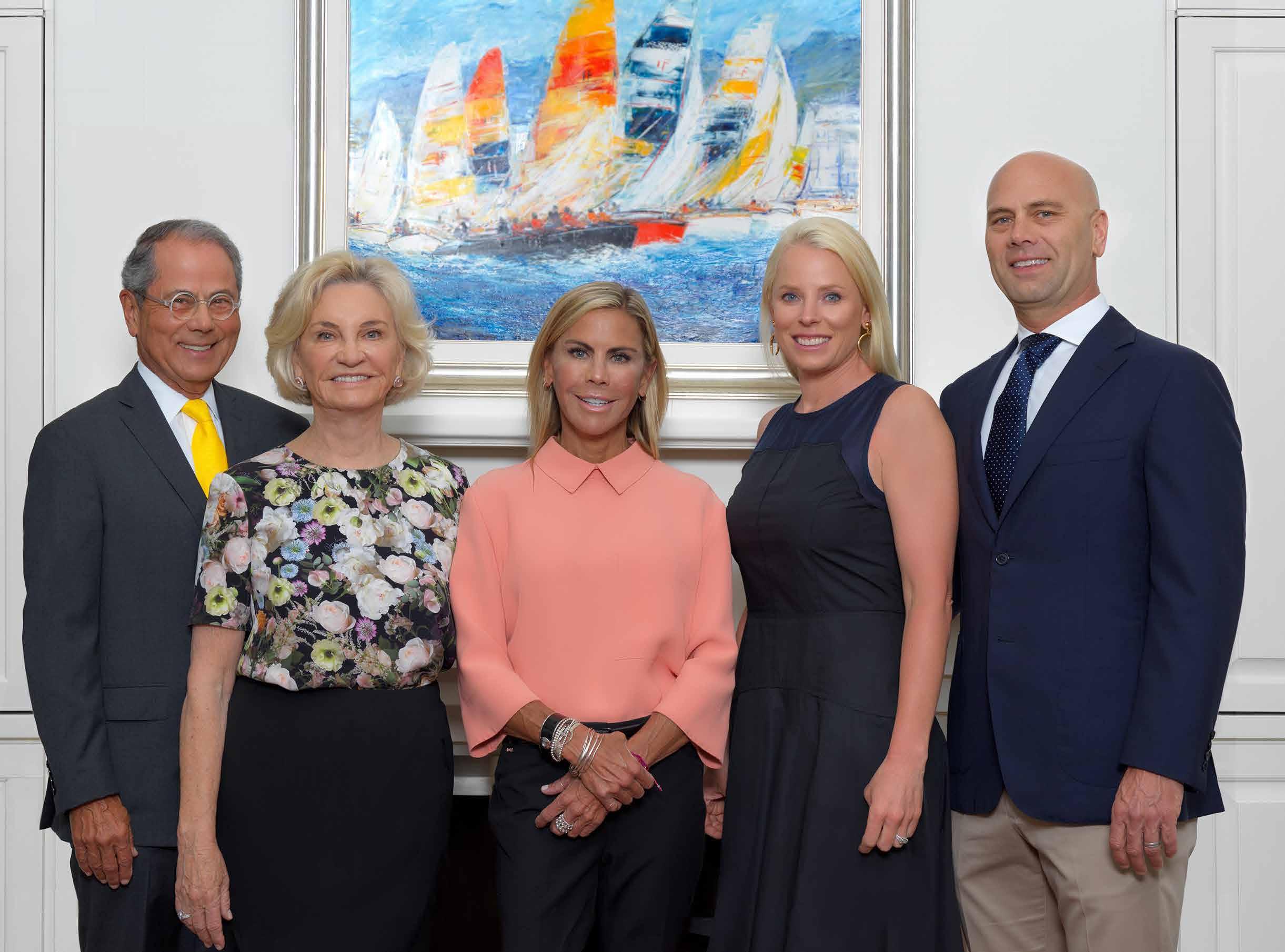
Ronald and Nancy Harrington and their family made a gift of $22.6 million to support the cardiovascular program at University Hospitals in 2008.
In recognition of this extraordinary gift, the program was renamed to University Hospitals Harrington Heart & Vascular Institute.
